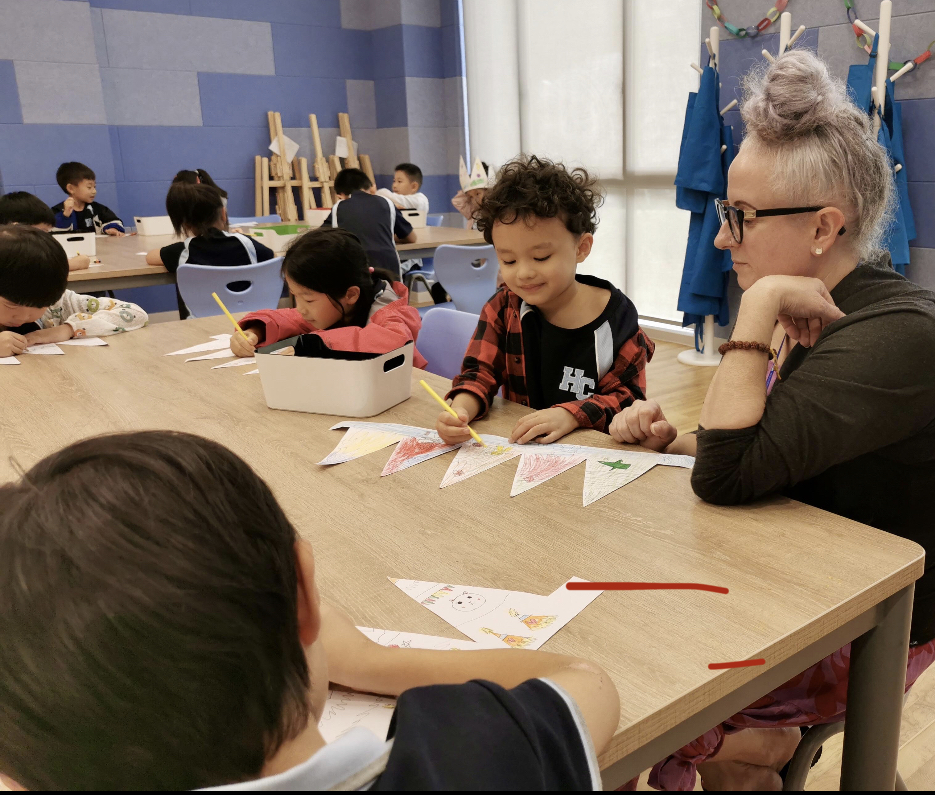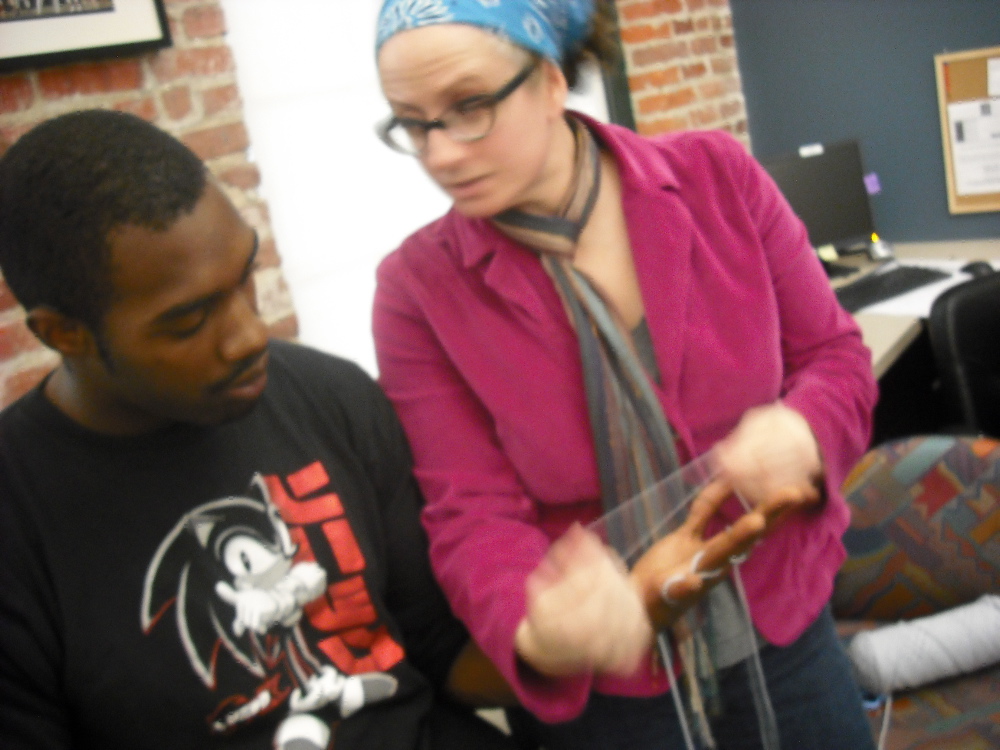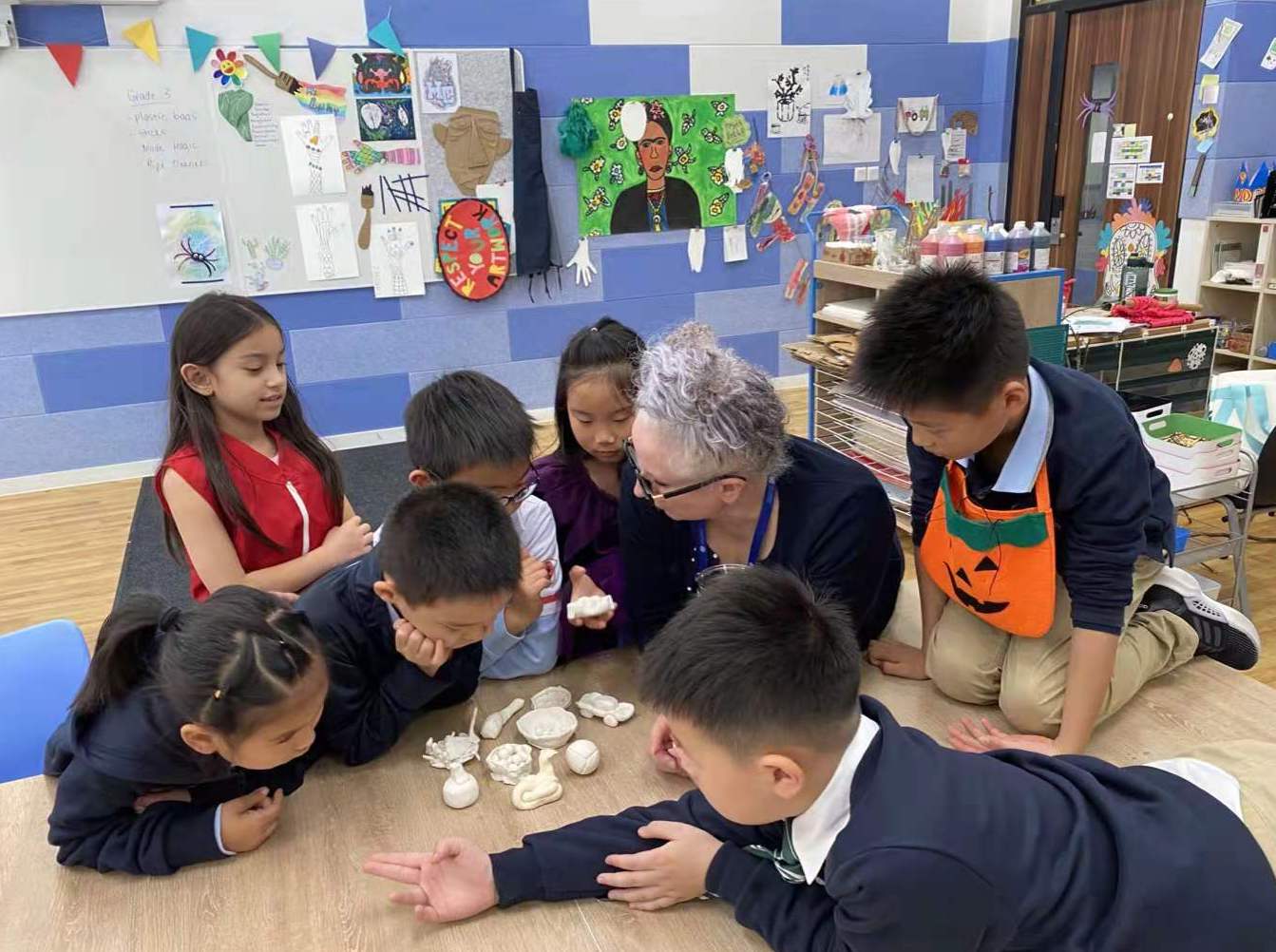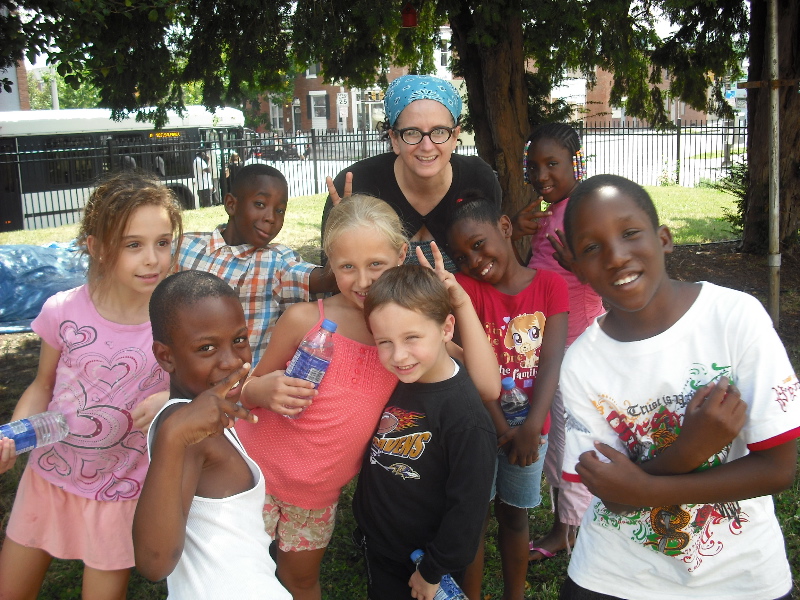It has taken me far too long to get this blogpost together! For the past year, I have been working at a boarding school in Western Connecticut where I am regularly working 16-hour days. It is hard to get any time to do things outside of school things. So, I hope I can do the following interview some justice! It was so interesting getting to ask questions about a life of travel and living in a van down by the river! Lisa is such a huge inspiration to me! Enjoy!
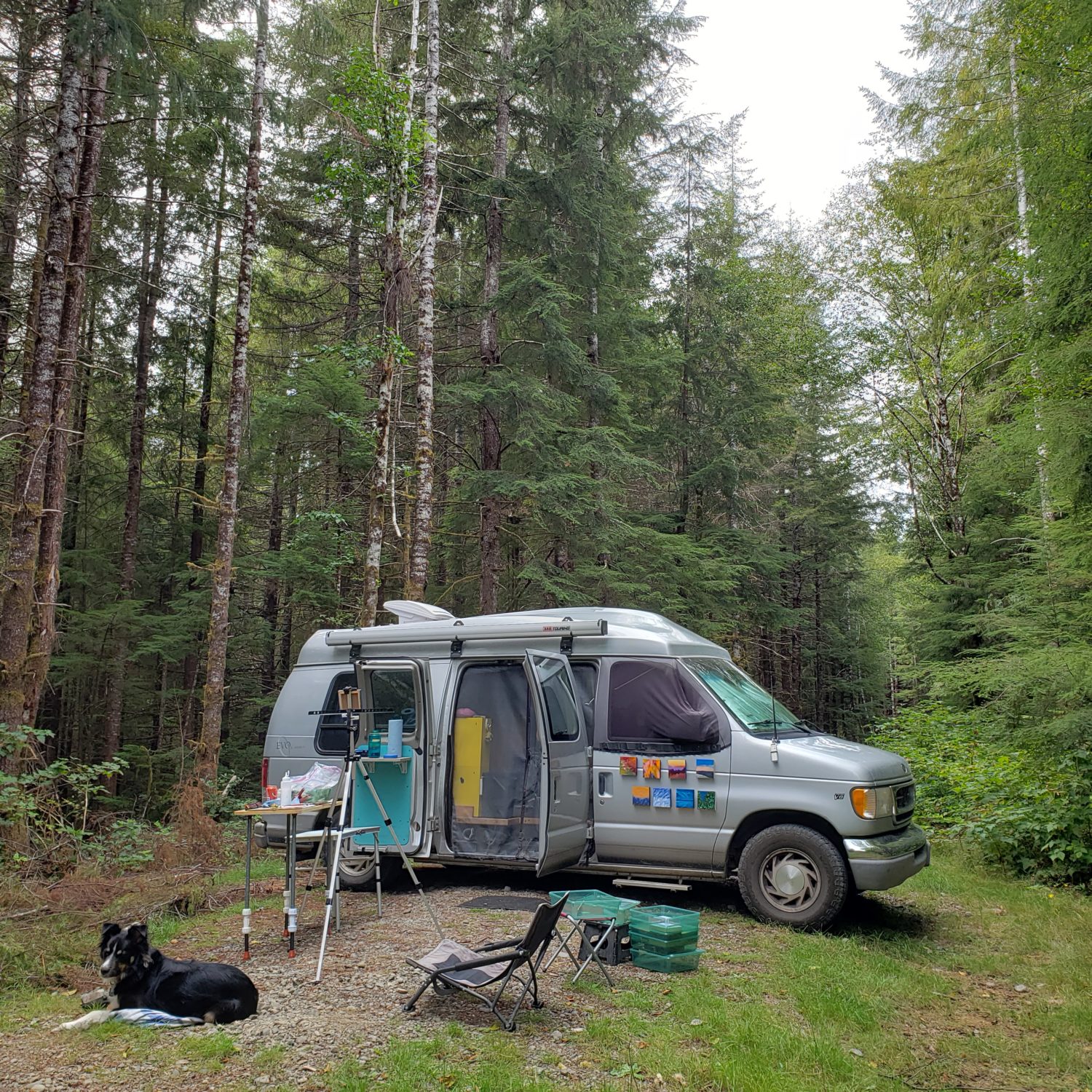
I am obsessed. I have looked through Lisa Bussett’s instagram account over and over again . . . Asking the same question: could I do this? Could I live on the road and be one with the earth and take my dog and my cat and the clothes on my back and follow the sun?
I have read Wild (2012) by Cheryl Strayed and watched the movie of the same title. I have marked on my calendar when I would do the Pacific Crest Trail by foot and how long it would take. I have listened to the audio book called To Shake The Sleeping Self (2018) where author Jedediah Jenkins rides his bike with a friend from Oregon to the tip of Patagonia. I listened to this audio book three times in a row. It ended and I started it right back up. Three times in a row! It’s such a magical tale of food and South America and excitement. But, could I do this?
I have always wanted to live a nomadic life. And, for the most part, I have done that by living in various countries and traveling around the world. But, not like Lisa. Lisa is on her own terms and plays by her own rules. She paints and parks and photographs whenever and wherever she wants. She lives in the most extraordinary van with her pup, Paco, and I can’t wait for you to read her story!
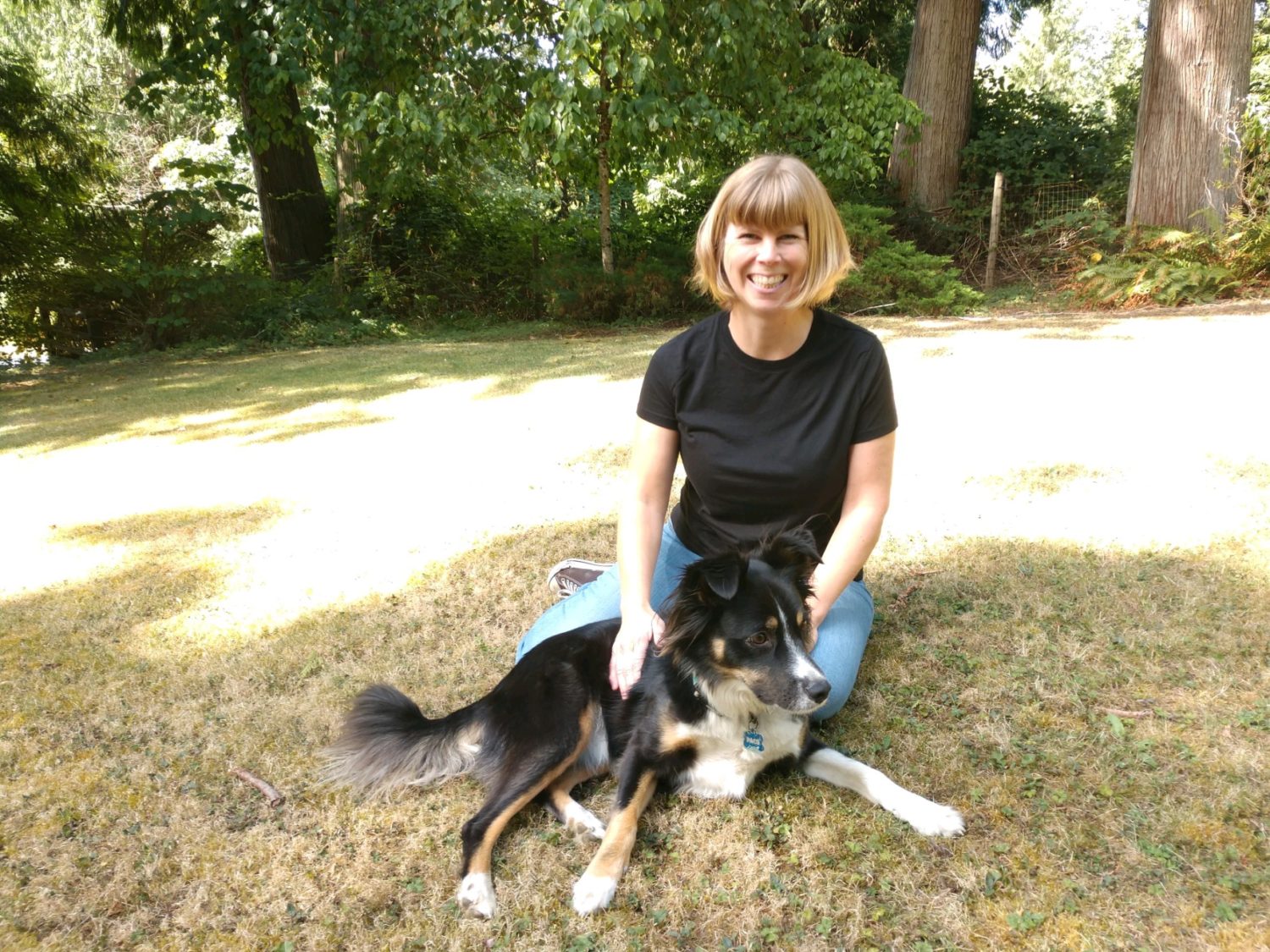
Lisa and I met around 2007-ish in Austin, Texas. I was going back to school to finish my undergrad at The University of Texas and she was hanging around the new friends I met in the ceramics lab and maybe there was some crossover with Dougherty Arts. I remember hanging out with Lisa and thinking she was the funniest person I had ever met! Humorous and witty! I found the following picture in a Facebook album of images from a party congratulating our friend Christa on her MFA, circa 2008.
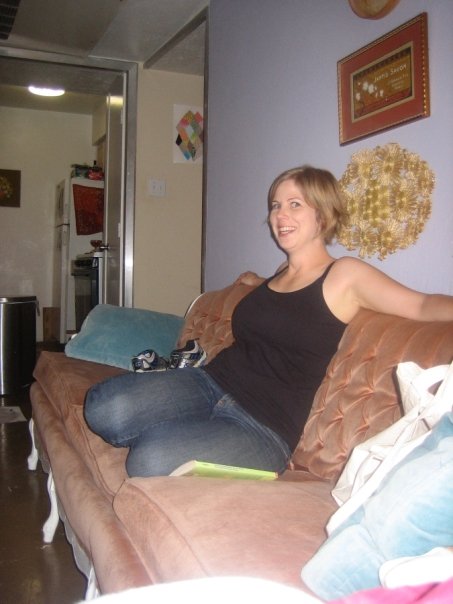
We’ve kept in touch through social media for the most part, but I really started following her closely when she started traveling around the United States in her van. I was in China at the time and it felt as though we were kindred spirits, although our travels were so different. What struck me as interesting was the difference in our pacing and the amount of people we would see. Her travels throughout the United States were largely in isolation and via car, whereas my travels were always filled with tons of people and by plane. The amount of loneliness seemed the same, though. I don’t mean the feeling of being sad and lonely. But, more the act of being alone and doing things alone (which I love!!).
Without further adieu, please read Lisa’s story below . . . In her own words. Buckle up!
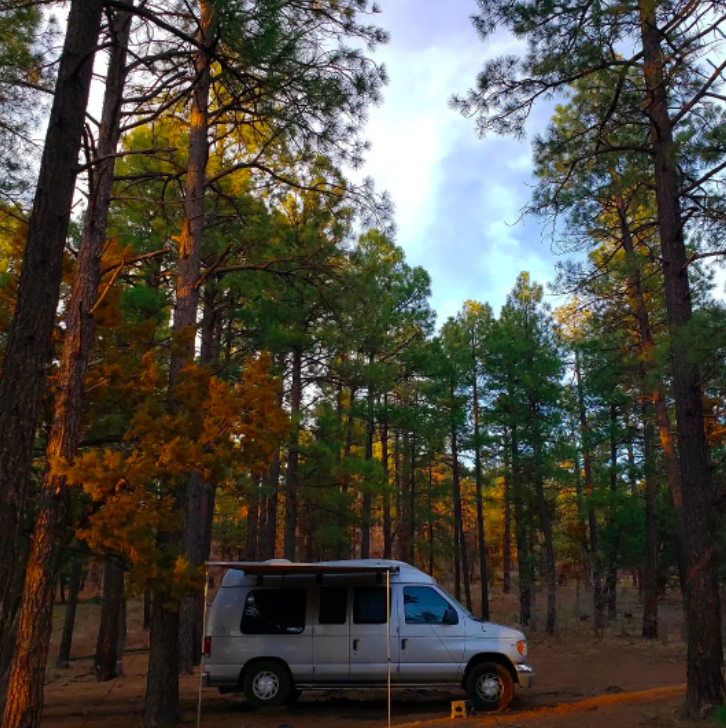
What is your background?
I grew up on a 40-acre farm in rural Oklahoma. When my sister and I weren’t exploring the pastures in search of lizards and bugs or tending to our menagerie of animals, we were at the kitchen table doing arts and crafts. I was lucky to have great art teachers who inspired, encouraged, and pushed me to grow as an artist. I continued to study art in college and graduated with a BFA in Visual Art Studies from The University of Texas at Austin. I didn’t go on to teach art, but I did continue to paint, show, and sell my art.
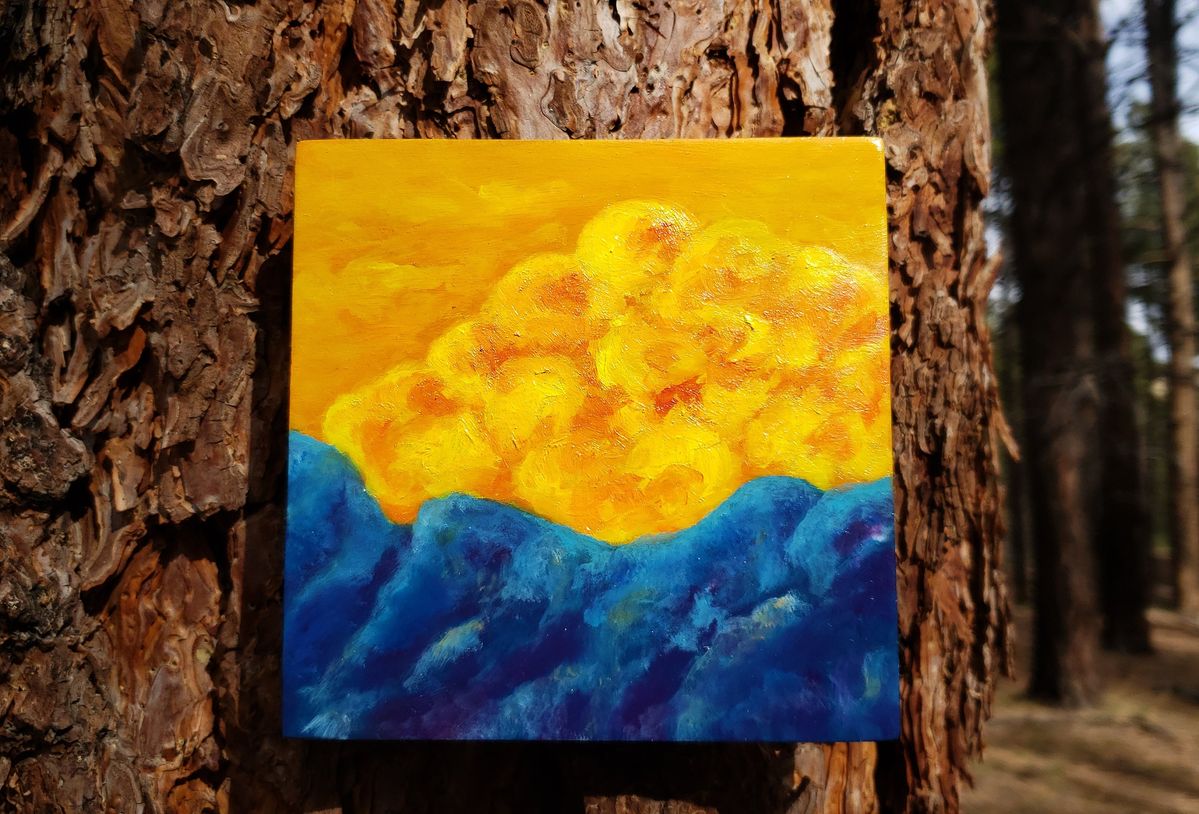
What made you decide to start traveling around the United States in a van?
The idea first bubbled up in 2007. I mapped out routes, sketched ideas to build a bed in my CR-V, and talked about it to anyone who would listen. I planned to drive across the country with my dog, photograph people I met, paint their portraits, and/or write stories about them. I figured I could work odd jobs and start a blog, complete with a donation button if people wanted to help me buy gas. That was before “vanlife” was a thing, and the feedback I received was that I was crazy and it would never work. With so many negative reactions, I eventually believed it to be true and pushed the idea aside. I never forgot it, though.
Fast forward to 2018 when I noticed a For Sale sign in the window of my neighbor’s van. The idea instantly leaped to the forefront of my mind, and three days later, the van was mine.
My original intent was to build the van for part-time travels, something to use for long weekend getaways. In March 2019, I took a month off from work and set out on my first long road trip in the van. I drove a big circle from Texas through Oklahoma, Colorado, Utah, Arizona, and New Mexico, avoiding major highways so I could see more of the countryside. There wasn’t a single defining moment of the trip that acted as a catalyst for me to move into the van, but the experience as a whole had a profound impact on me. When I returned to Austin, I couldn’t quiet the tug at my heart prodding me to take the leap.
It took six months before I finally got brave enough to say yes to the idea of uprooting myself and living in the van full-time. Once I’d set things in motion, the Universe took over from there. While it was incredibly hard on an emotional level, I was consistently amazed by how easily everything else fell into place. So seamlessly, there was no question I had made the right decision.
February 2022 marked two years of living full-time in the van, and I have zero regrets. These past two years have surpassed all expectations, and have taught me so much.
What kind of van do you have and how long did it take you to outfit it for travel?
A 2001 Ford E150 van with a raised fiberglass roof.
It was a regular passenger van when I bought it, complete with a wheelchair lift in the back. It took about four months from beginning to gut the van to completing the conversion. I had a full-time job then, so working on the van was limited to weekends and evenings.
After I left Austin, I put another two weeks’ worth of labor into the van, adding solar power, an awning, and minor tweaks to ready it for full-time living.
The van recently underwent another renovation, this time to transform it into a mobile art studio. I took advantage of being at my parents’ house at the start of this year and completely rebuilt the back end of the van.
With my dad’s help, we raised the bed 5” and maximized the space beneath to create proper storage for wet paintings so I can work on several at once. I incorporated drawers I’d purchased at a thrift store and we built more drawers and storage cubbies to hold extra art panels and supplies. A slide-out table under the mattress acts as both an art and dining table, and I incorporated a 4’ folding table and folding chair for painting outdoors. My goal was to make supplies easily accessible so I would be more inclined to maintain a routine of doing something creative every day. So far, it has worked perfectly.
How did you decide what to pack for your travels? Clothes, kitchen items, dog things, etc.
This was a tough one. When I left Austin, I sold my house and got rid of all of my belongings. It was really hard to let go of things at first, but then it became exhilarating. I knew I would be spending more time outside and being hard on clothes, so I didn’t bring too many “nice” clothes. I opted instead for hiking and yoga pants, a few pairs of jeans, a handful of t-shirts, long-sleeve shirts, and cold-weather clothes. Cotton dresses were a staple of my Austin wardrobe, so I packed a few of those, but haven’t even worn one since moving into the van. My shoes are hiking boots and shoes, water shoes, sandals, snow boots, and a pair of black and white Converse chucks. I’ve pared down my already pared-down clothes twice now, realizing I still had far more than I needed.
As far as kitchen and general living items, that waxes and wanes as I travel. I’ve always loved to cook, and admittedly have an obsession with kitchen gadgets. Living in a van and knowing my space is limited reins in my compulsive purchasing of things I don’t need.
Art supplies are another area I have a hard time controlling. When I moved into the van, I didn’t bring many art supplies along. That’s a different story now. I’ve probably got far more supplies than one person could ever need, but I’m not ready to pare those down quite yet.
Paco’s mountain of toys also took a drastic cut. He loves stuffed animals and has at least three out at all times. I keep a few more stored alongside his food, so every few months I rotate toys and he’s as excited as if I’d just bought a new one. We find dog toys left behind at campsites, and I’ve left some behind too, so it all balances out.
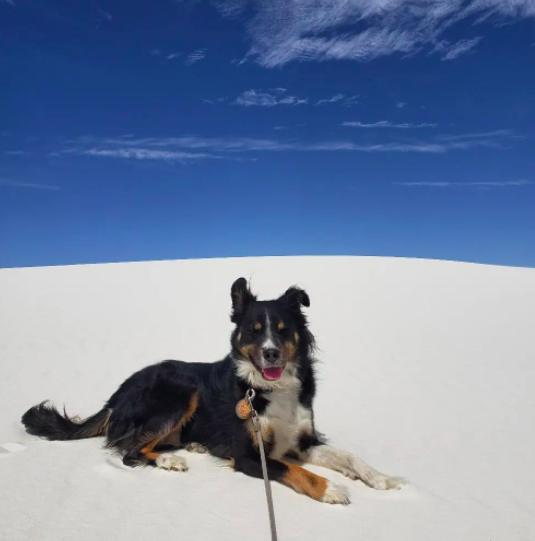
Do you do work (for a job) outside of artwork whilst you are traveling? If so, what do you do
I don’t currently have a job. In January 2020, I sold my house – completely unrelated to COVID – set aside a small sum of money, and gave myself a timeline of one year to travel. Fast forward two years, and I’m still living on that same money. I grossly overestimated what my monthly expenses would be. Turns out, living in a van is incredibly affordable, and COVID shutting things down in 2020 allowed my money to stretch even further.
Some have referred to this as my midlife retirement. I’ve met so many people along the way who state they wish they could be doing what I’m doing, or they’re planning to travel when they retire, or people who don’t have the option to travel. I personally had never been in the financial position to set out on extended vacations before leaping into vanlife, so I’m taking advantage of the time I have now. Seizing the opportunity while I can. I know I’ll eventually need to pick up a job at some point, but I’m not there yet.
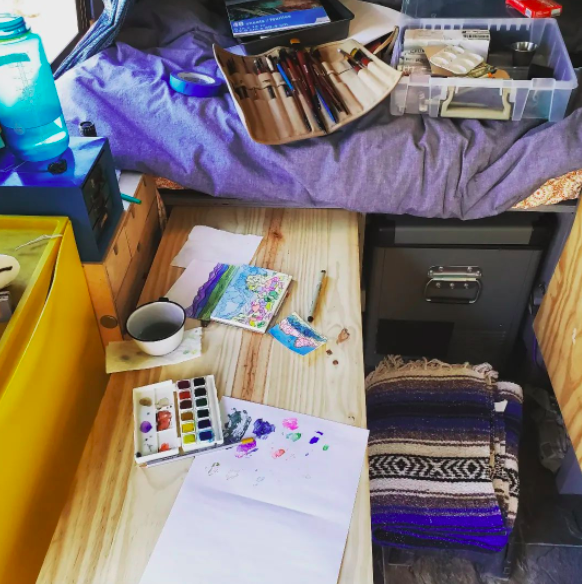
In all my years of painting, I’ve never been in the position to give my art the full attention it deserves. I’m hoping to change that this year by immersing myself in the creative process. My idea is to find art and farmer’s markets around the country where I can sell my paintings in person, as well as on my website, and anywhere else that might spring up. I’m excited to see what direction my work takes and am thrilled to have the time to fully dive into it.
Are you still making artwork regularly? Where can people find your work?
After a nearly two-year hiatus from painting, I’m back to creating new work. Painting in a van is much different from painting in a studio, but it’s a fun challenge. I love creating large paintings but now have shifted to small-sized works. I’ve also moved from portraits to abstract landscapes.
I frequently share updates and behind-the-scenes photos on my social media channels, and all available paintings can be purchased through my website.
IG: @lisabussett
Website: www.lisabussett.com
Facebook: Lisa Bussett Vanventures
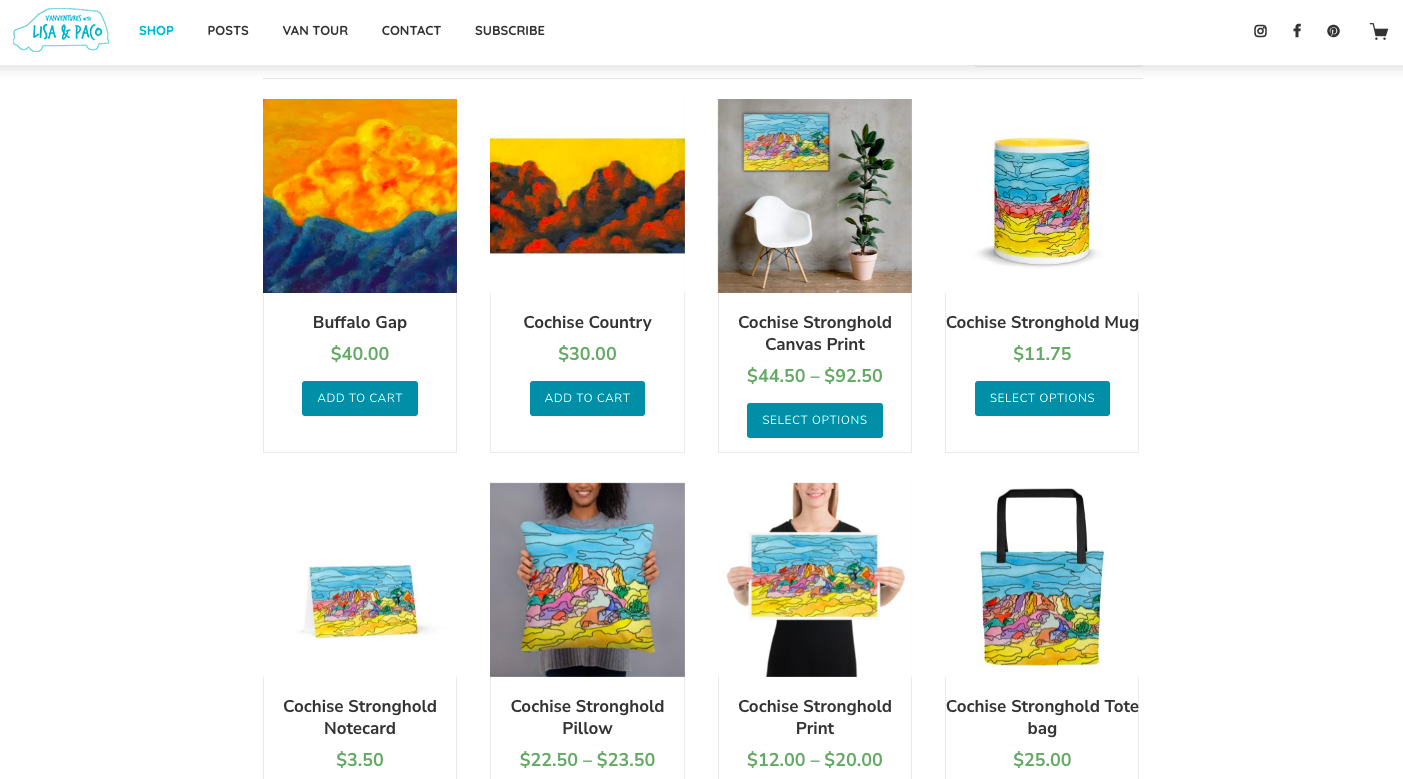
Tell us about your daily rituals. Do you find that there are constants in your day-to-day? Like, do you exercise every morning, cook three meals a day, walk the dog at a certain time, etc.
The only true constant in my days is coffee. I use an Aeropress to brew coffee. It’s a slow process that offers a calm ease into the day.
Journaling is another routine that goes hand in hand with my morning coffee. My goal is to write two full pages each day, though I admit I sometimes fall short. I don’t embellish the pages with visuals or drawings, only small, at times indecipherable writing that fills each unlined, 8.5 x 11” page. I do my best to capture my experiences, as well as dreams, random thoughts, and conversations I’d either had or overheard. It’s a great place to untangle emotions, challenges, and experiences, kind of like a stream-of-consciousness therapy. I find it incredibly cathartic and turn to the pages at any point of the day when I need to process something rather than spinning into oblivion of overthinking.

I’ve always loved to wander, so we tend to walk a lot. My dog Paco and I average about five miles a day, give or take. The distance depends on where we’re camped, but since we’re both fans of the outdoors, we do quite a bit of roaming. While I do seek out marked trails and hikes, 90% of the time we’re meandering through the landscape forging our own path. I prefer this method. I love to spend multiple days in one place because that’s when I can really get acquainted with the environment. The terrain begins to open and reveal itself when I’m weaving through it several times a day. Some walks aren’t very fast, and I constantly stop to inspect rocks, sticks, the texture of lichen, or stare at trees, mountains, or clouds. Paco is very patient with me.
Hiking is the most steady form of exercise I get, though I do try to practice yoga as often as possible.
My daily routines tend to line up with the natural rhythms of the day. I usually have a bowl of oatmeal in the morning, topped with various add-ins that keep me full until about 4p. When I’ve slowed down and relaxed into an easy flow, I tend to eat only when I feel hungry. What a concept, right? It’s when anxiety creeps in – usually on long travel days – that I find myself snacking or mindlessly eating. Otherwise, it’s a big breakfast and an early dinner.
Similar to a farmer, I’m early to bed and early to rise. I begin and end each day by thinking about everything I’m grateful for. This happens before I’ve even so much as pulled an arm from beneath the covers in the morning, and as soon as I’ve snuggled into bed each night. I silently list everything that I’m thankful for. The lists always vary, and span from big, obvious things, to small, simple moments I might have taken for granted. I am so very grateful to be in the position I am in now and to have these opportunities and experiences, so I make it a habit to acknowledge all the goodness in my life.
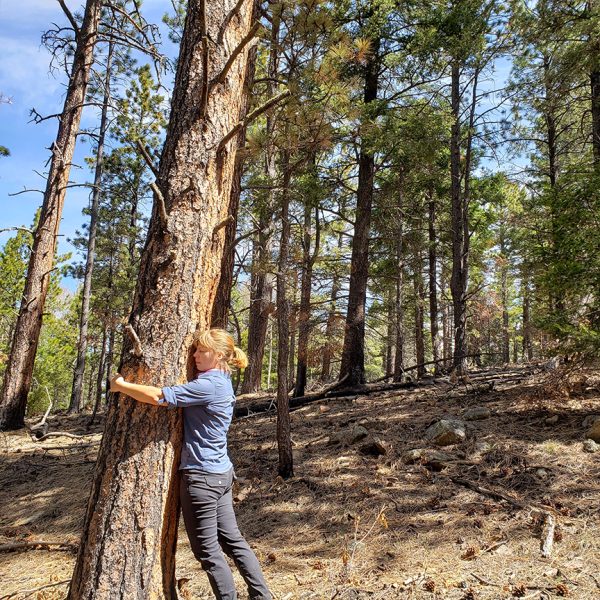
I am always curious how travelers will process all of the information they are taking in. Do you make drawings or paintings of the places you visit? Will you be putting together a book of your travels/photographs?
There is SO much information to process! I am in a constant state of awe of nature’s colors, patterns, and general beauty. I take a lot of photos – and I do mean a lot. My phone acts as my primary camera due to its sheer ease and convenience. A notification pops up on my screen at least once a week alerting me to maxed out storage space because I’ve taken so many photos. Last I checked, I had roughly 15,000 photos from two years of travel.
I’d put painting on hold when I first moved into the van, so photography became my creative outlet. I also use it to record references for future artworks. A large chunk of my photos are close-ups, weird angles, an attempt to catch shadows, light, patterns, or colors – images that aren’t Instagram-worthy but build a great creative resource library for me.
I use my photographs as references while painting. While I’m not attempting to realistically recreate an image, I hope to add my own sense of magic and whimsy to each landscape.
Who knows if a book is in my future? I do write, separate from journaling, though I don’t share those with anyone (yet). When journaling, I try to capture the sentiments of the surroundings with the notion of using those writings as a launchpad for short stories. Time will tell…
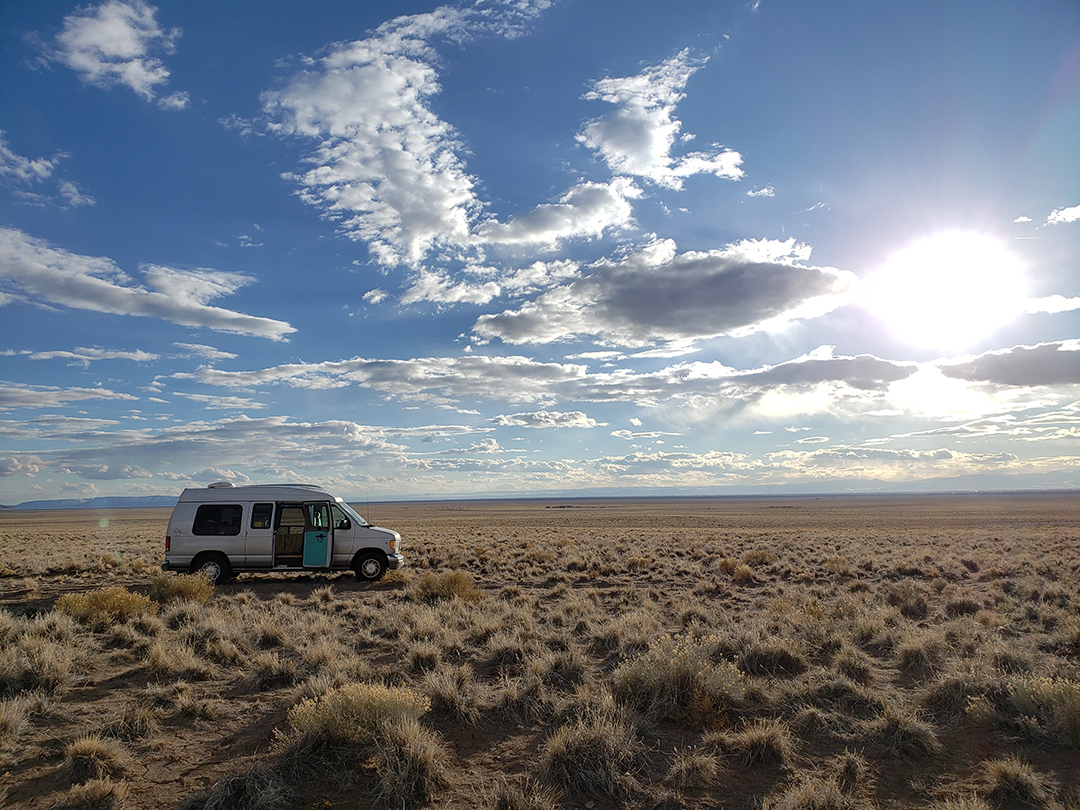
Give us your top 5 places that you have been to and why . . . Make sure to include an image of each place.
- NW Montana – Eureka, MT . . . Northwestern Montana has been my favorite destination thus far. I’ve always been drawn to Montana but hadn’t had the opportunity to visit until I moved into the van. I spent two and a half months traveling through the western part of the state during my first year on the road. The next year, I returned to some of the areas I had the fondest memories of, curious if the love I felt was real, or just a high of seeing it all for the first time. Turns out, certain areas did indeed steal my heart. While Glacier National Park is absolutely stunning, and the neighboring towns of Columbia Falls and Whitefish are appealing, it was the small town of Eureka that won me over. It sits nine miles from the Canadian border and has a population of less than 1,500. It’s surrounded by the Kootenai National Forest, which provides access to Glacier NP and the Ten Lakes Scenic Area to the east, and Lake Koocanusa to the west. There are so many areas to explore, and the forests feel untouched, so it’s possible to camp deep in the trees and experience a true sense of solitude. There is beauty in every direction that’s hard to convey through words. Even photographs don’t do it justice. So far, it’s the place I feel a constant pull to return to.
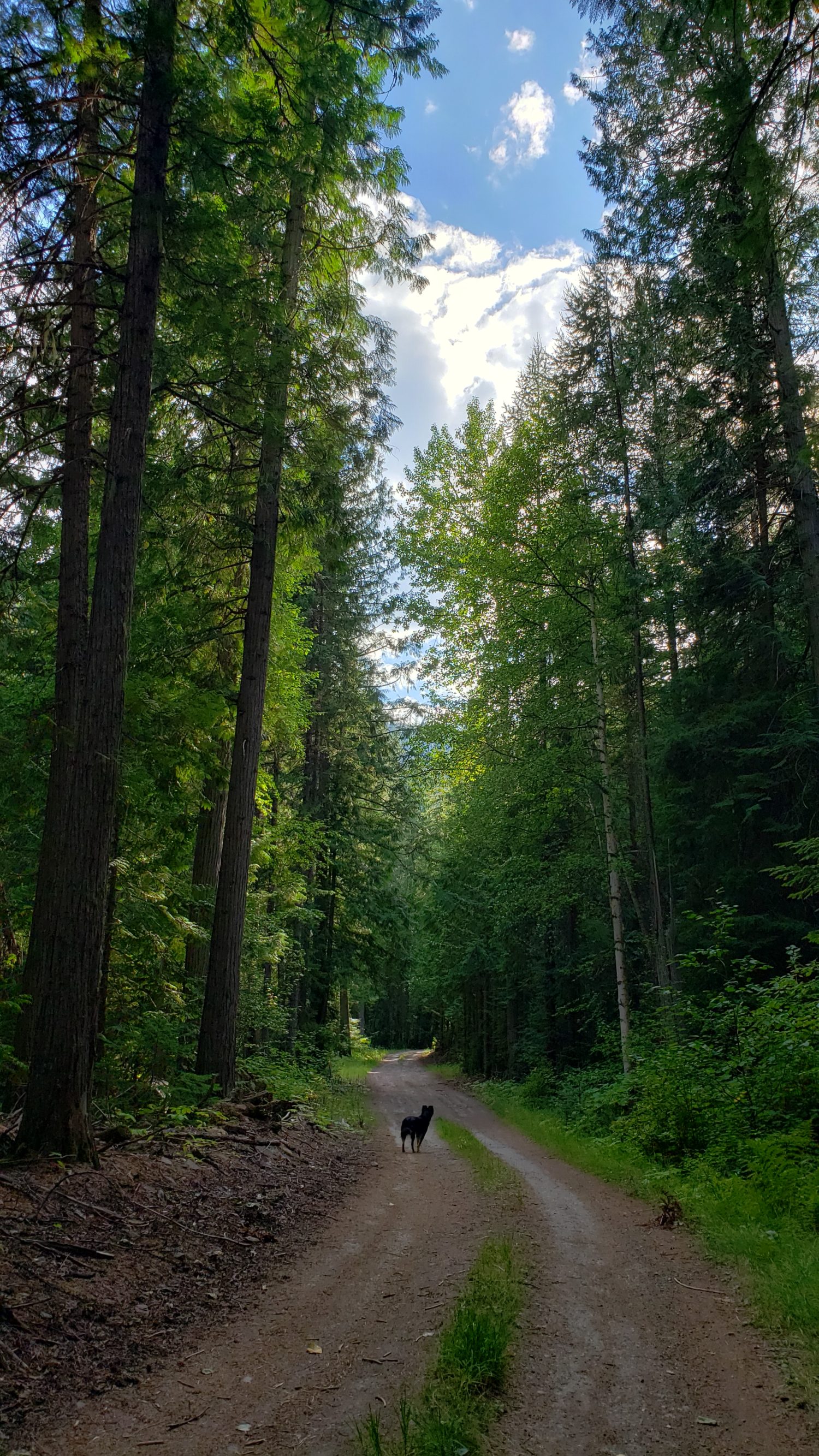
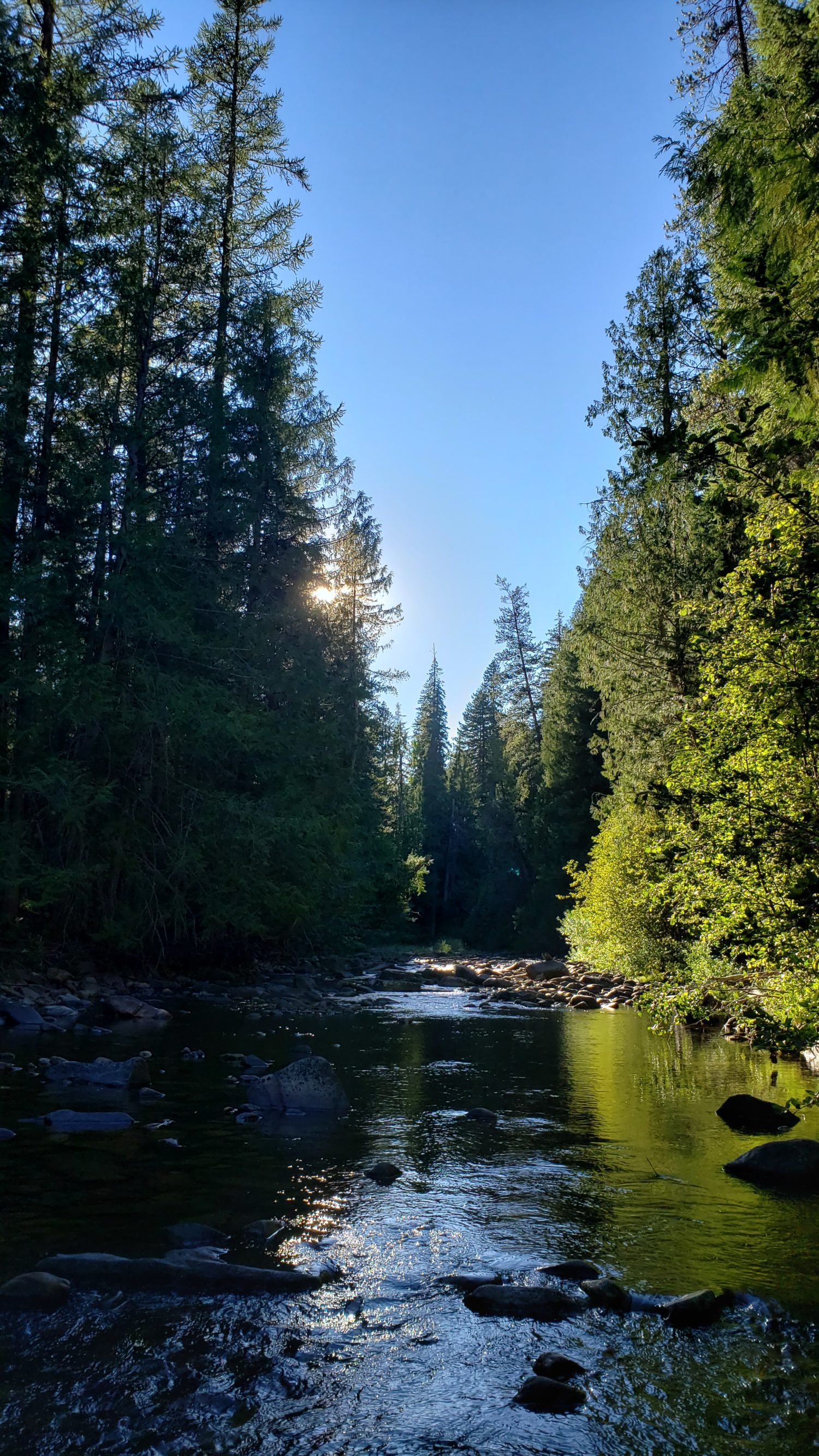
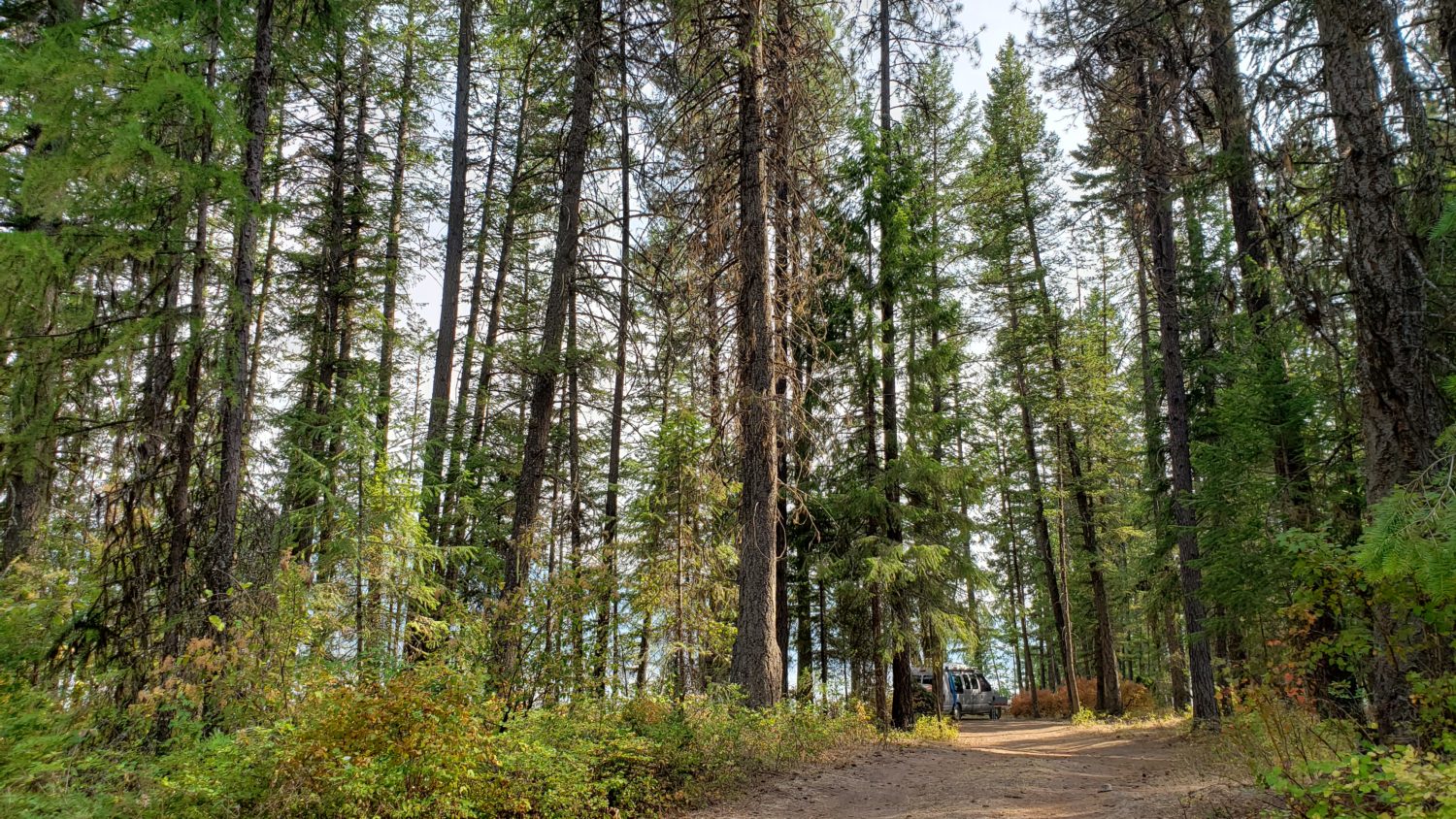
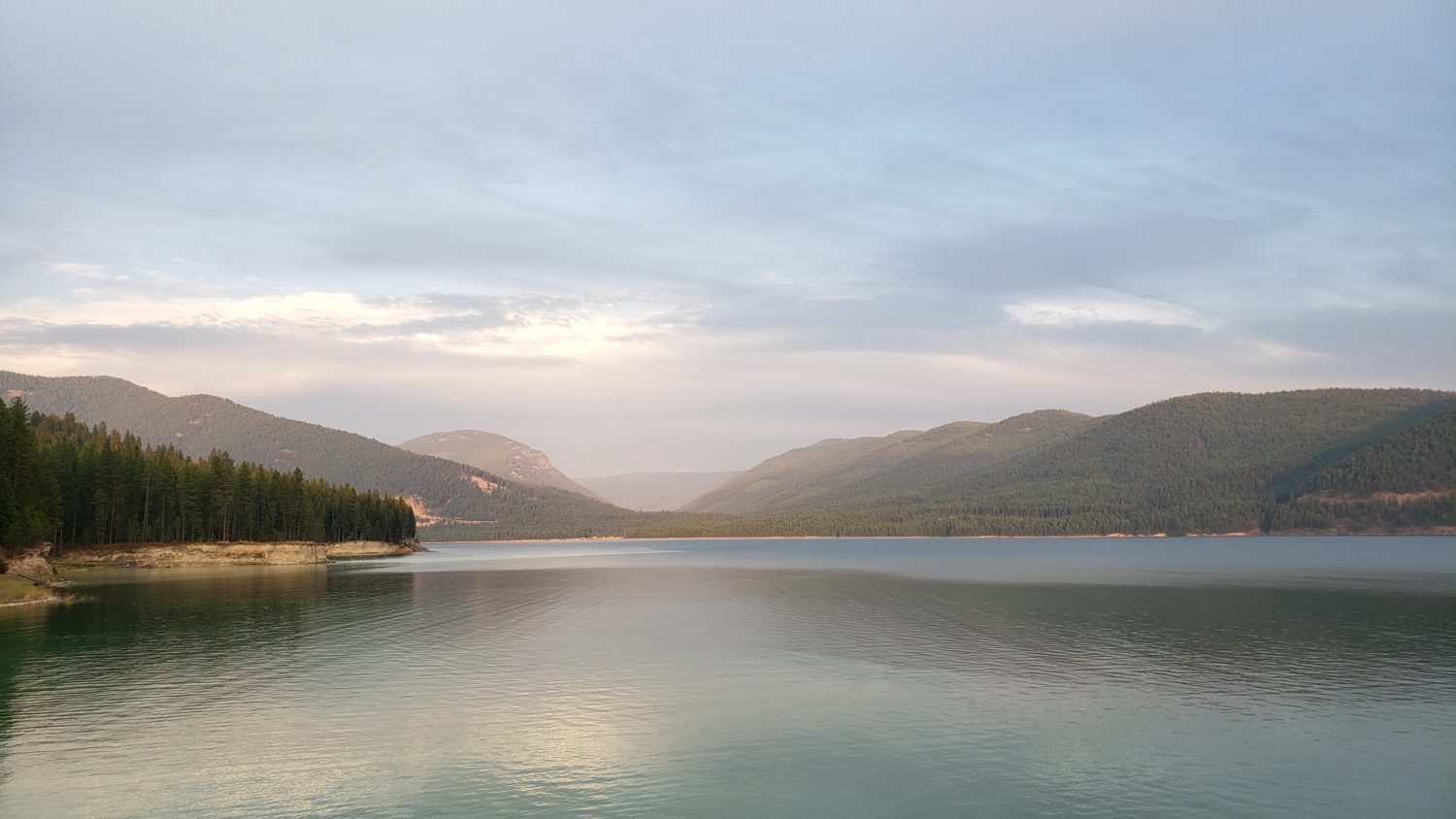
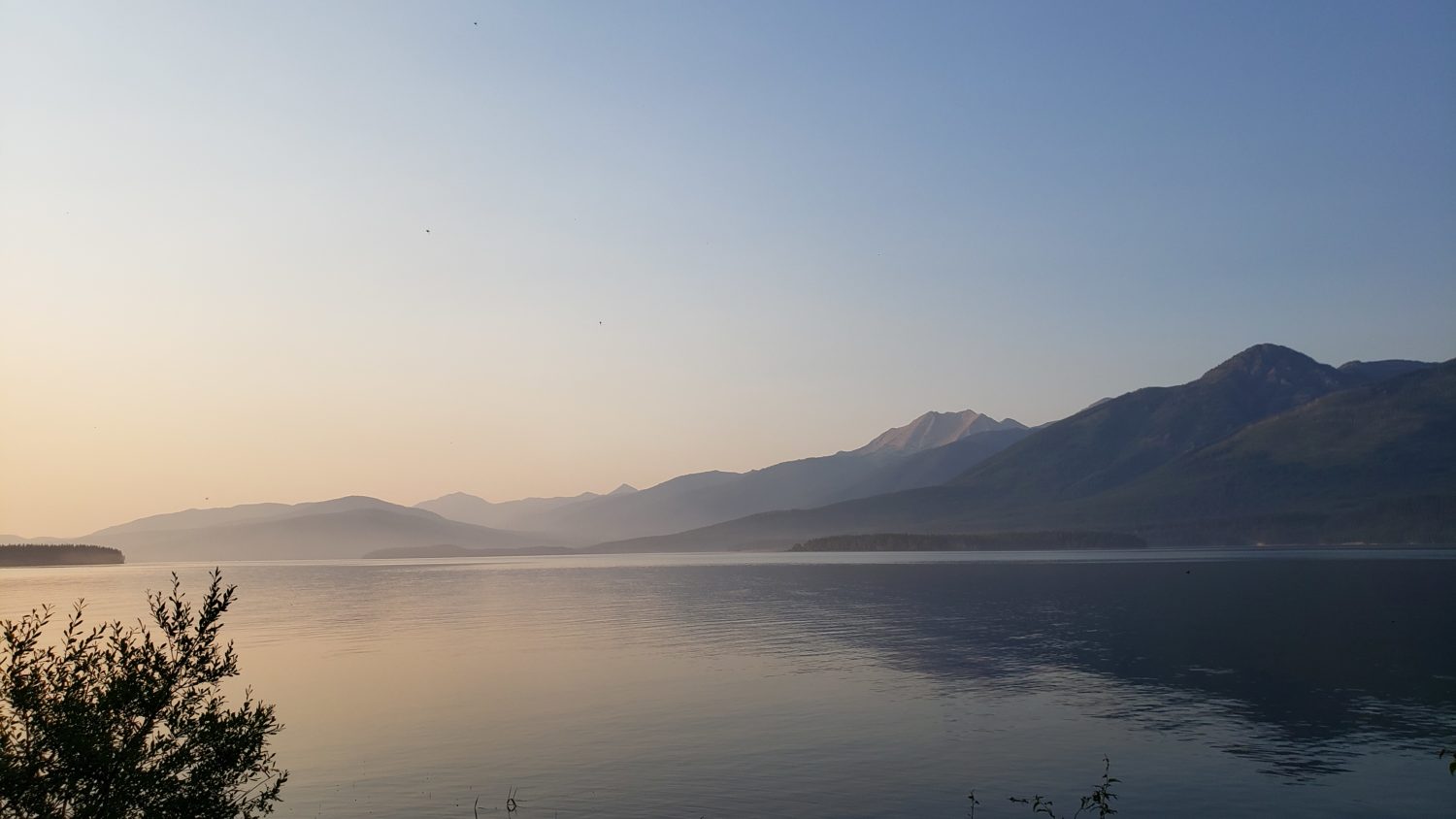
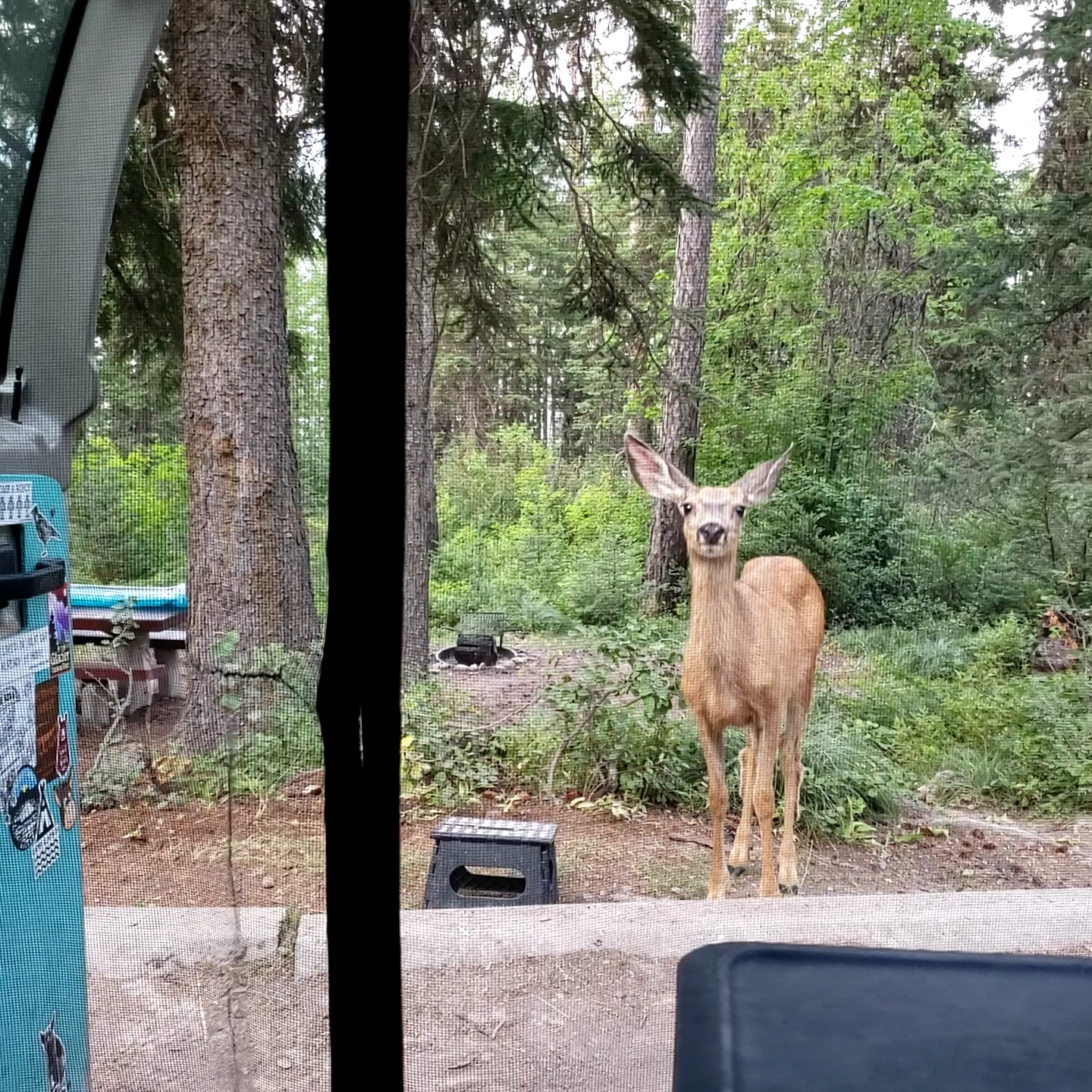
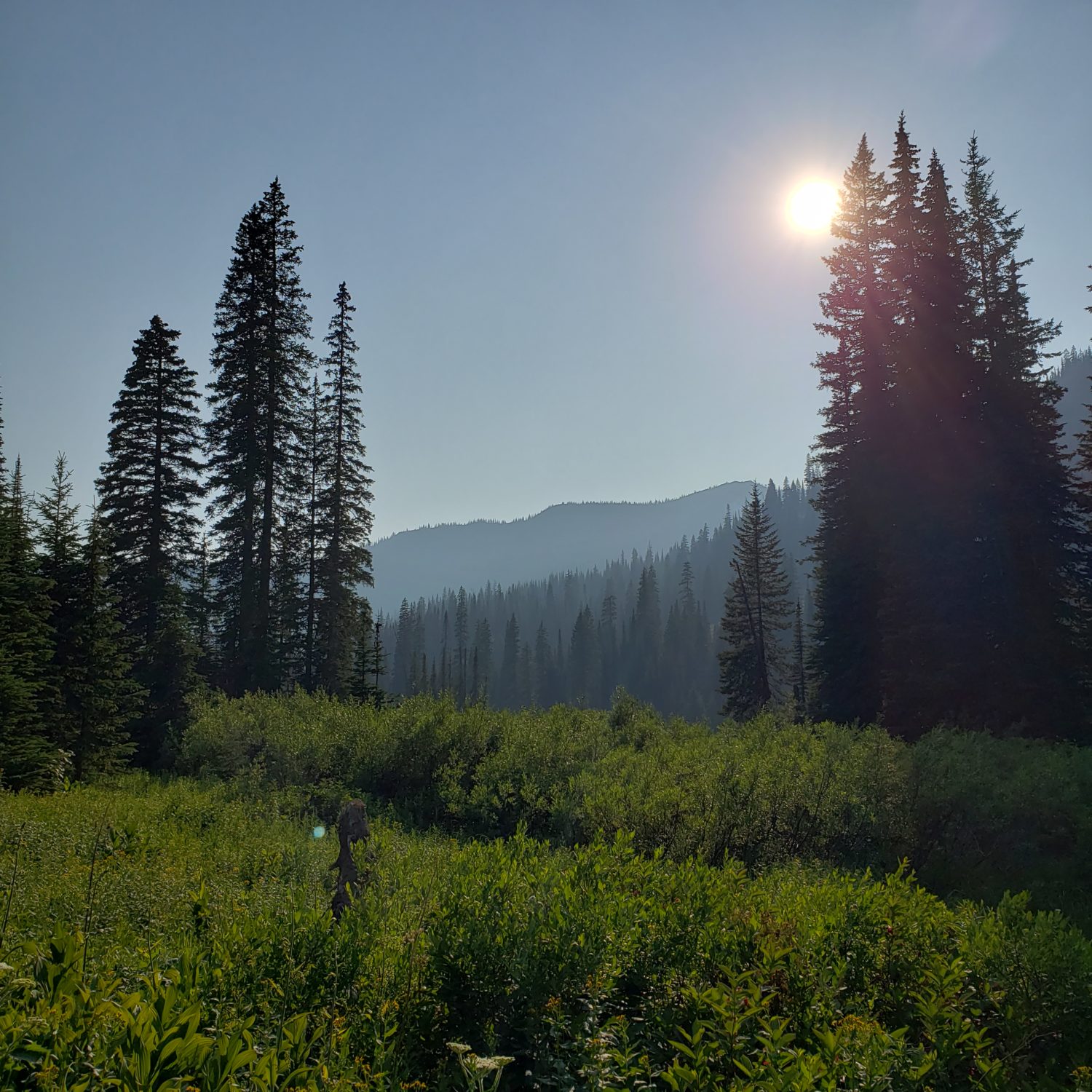
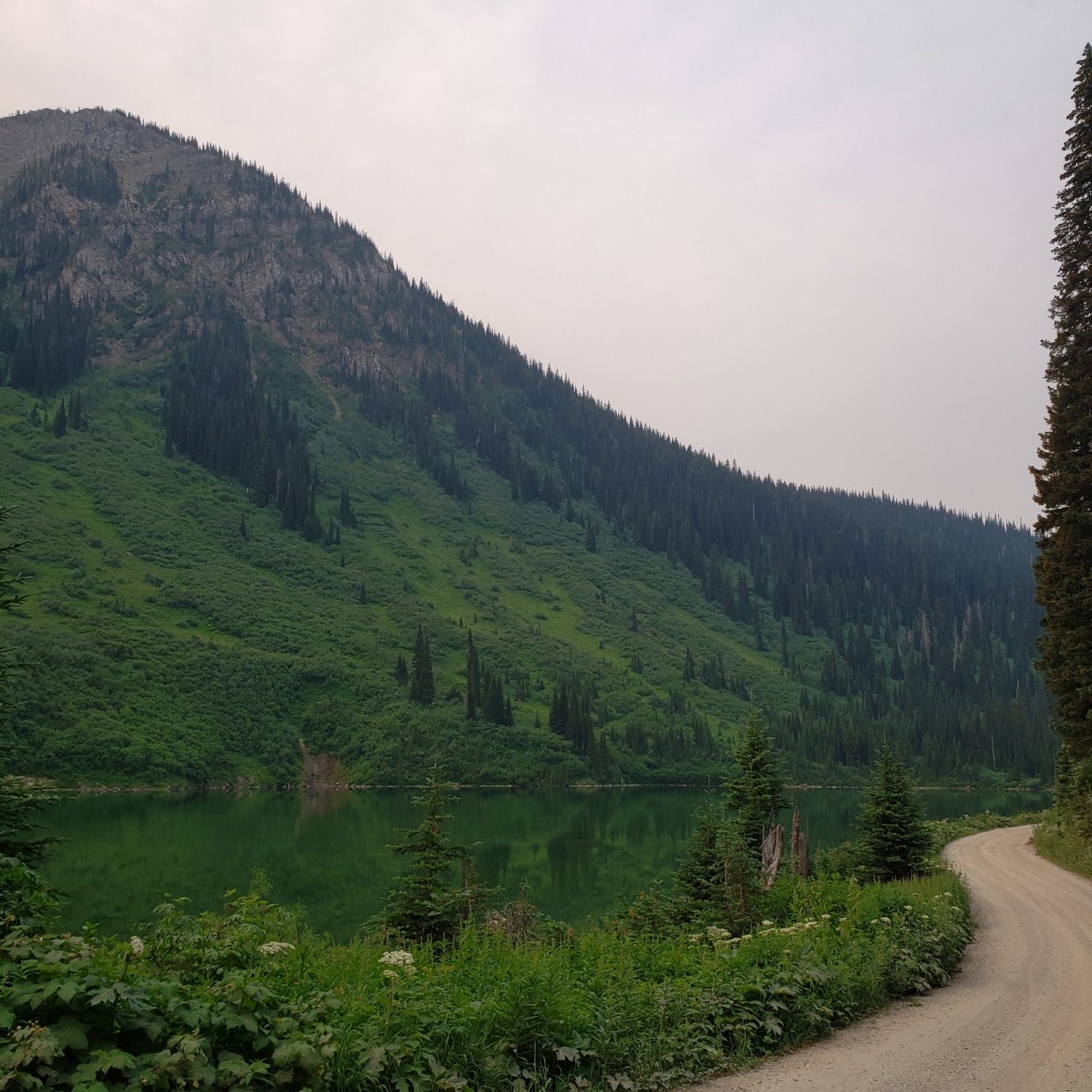
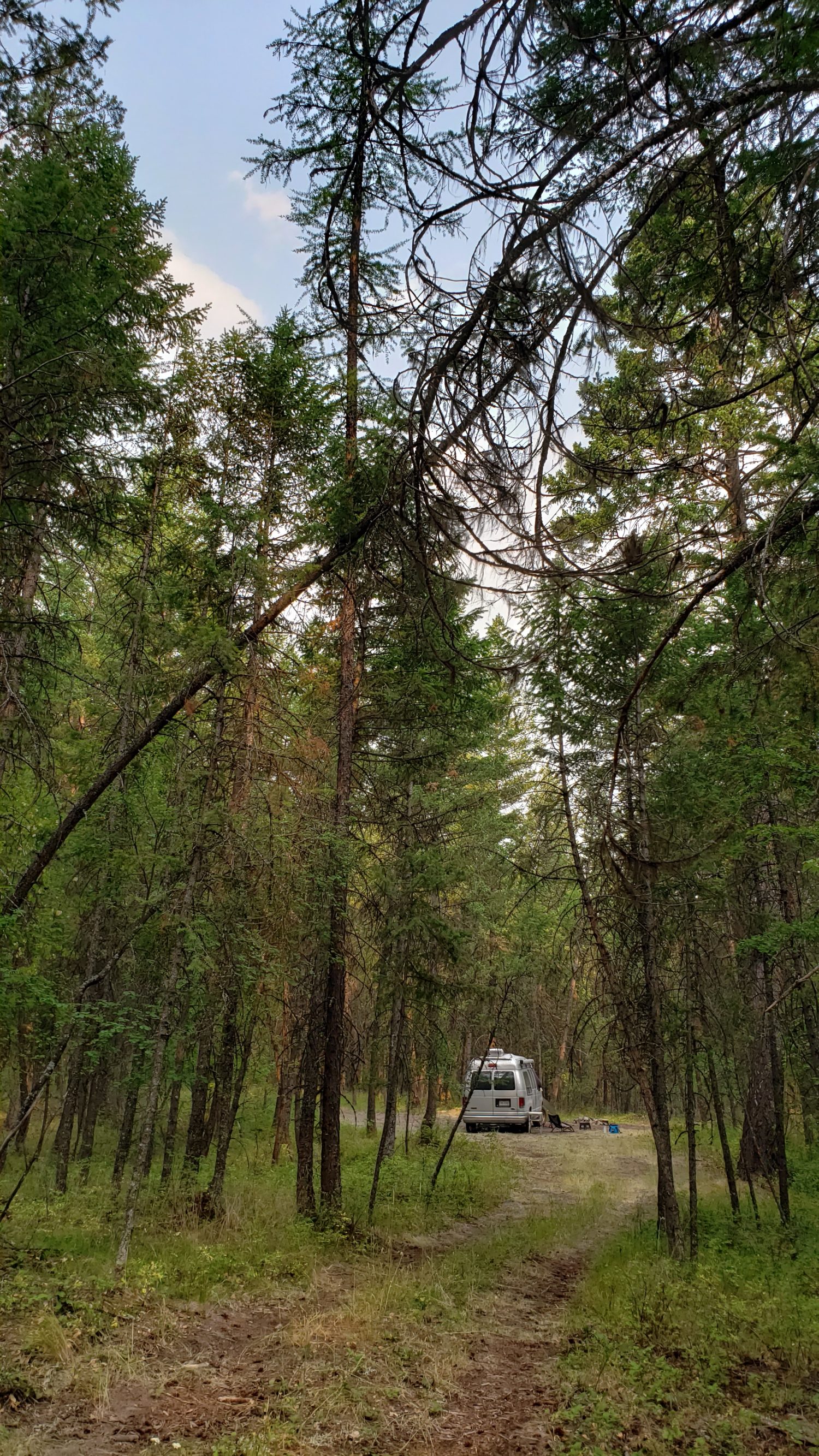
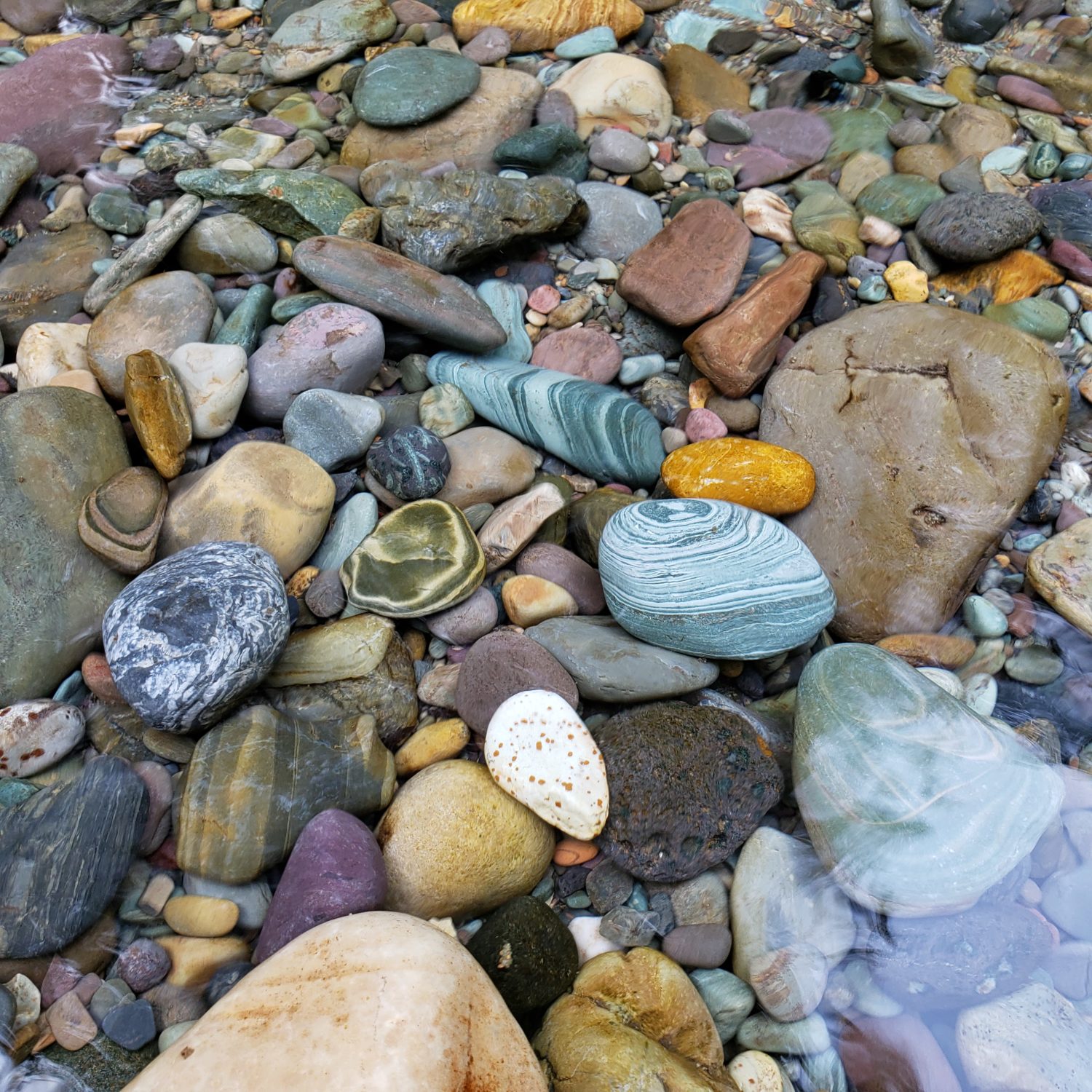
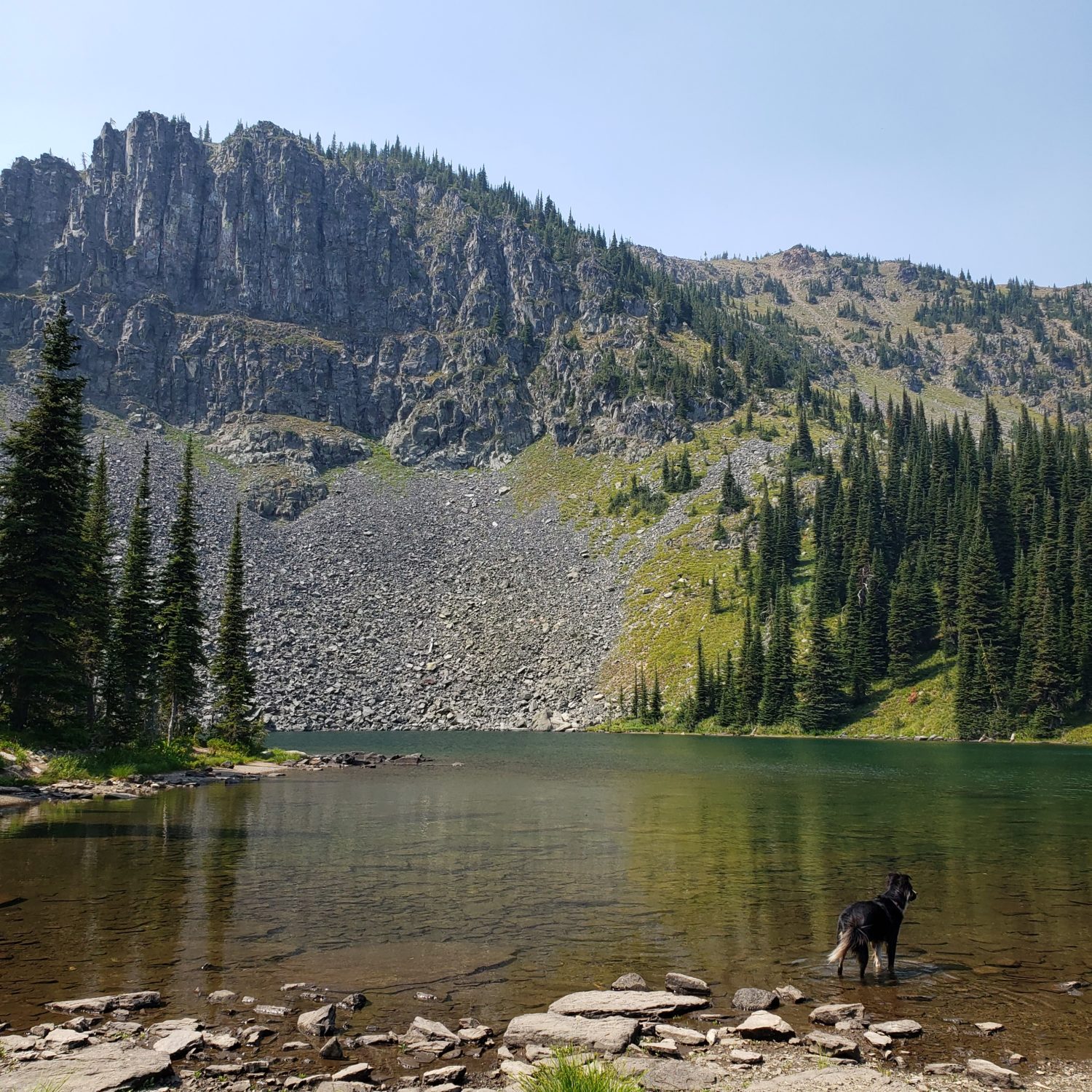
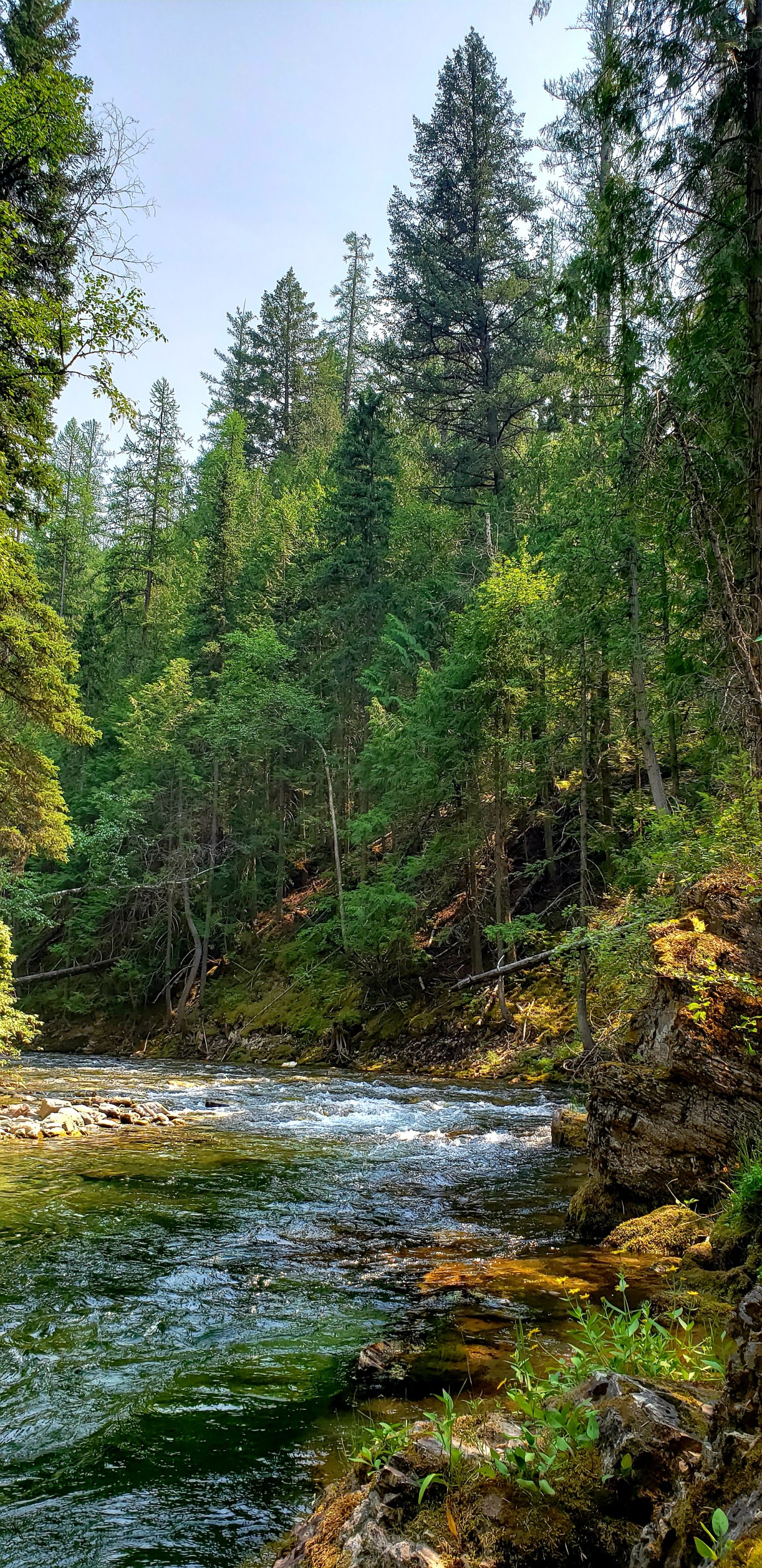
- San Rafael Swell – Utah . . . The San Rafael Swell near Hanksville, Utah is a close second on my list of favorites, and I’ve barely scratched the surface of it. The rugged landscape is filled with slot canyons, gorges, towering buttes, and giant boulders – the total opposite of NW Montana. I have a strong sentimental attachment to this area. I discovered it during the inaugural voyage in my van. It wasn’t an area I was planning to pass through on that trip, but a torrential downpour forced me to change course. Traveling in a van is a constant metaphor for life, such as: when I let go of trying to control or force something, I’m often led to where I’m meant to be. I’ve made multiple passes through the Swell over the past two years, camping in different locations each time. The colors of the rocks shift and change with the sun. The gnarled trunks of Utah junipers have sent me into sketching frenzies. There are ample places to explore, from the twisting canyons to the flats of mesas.
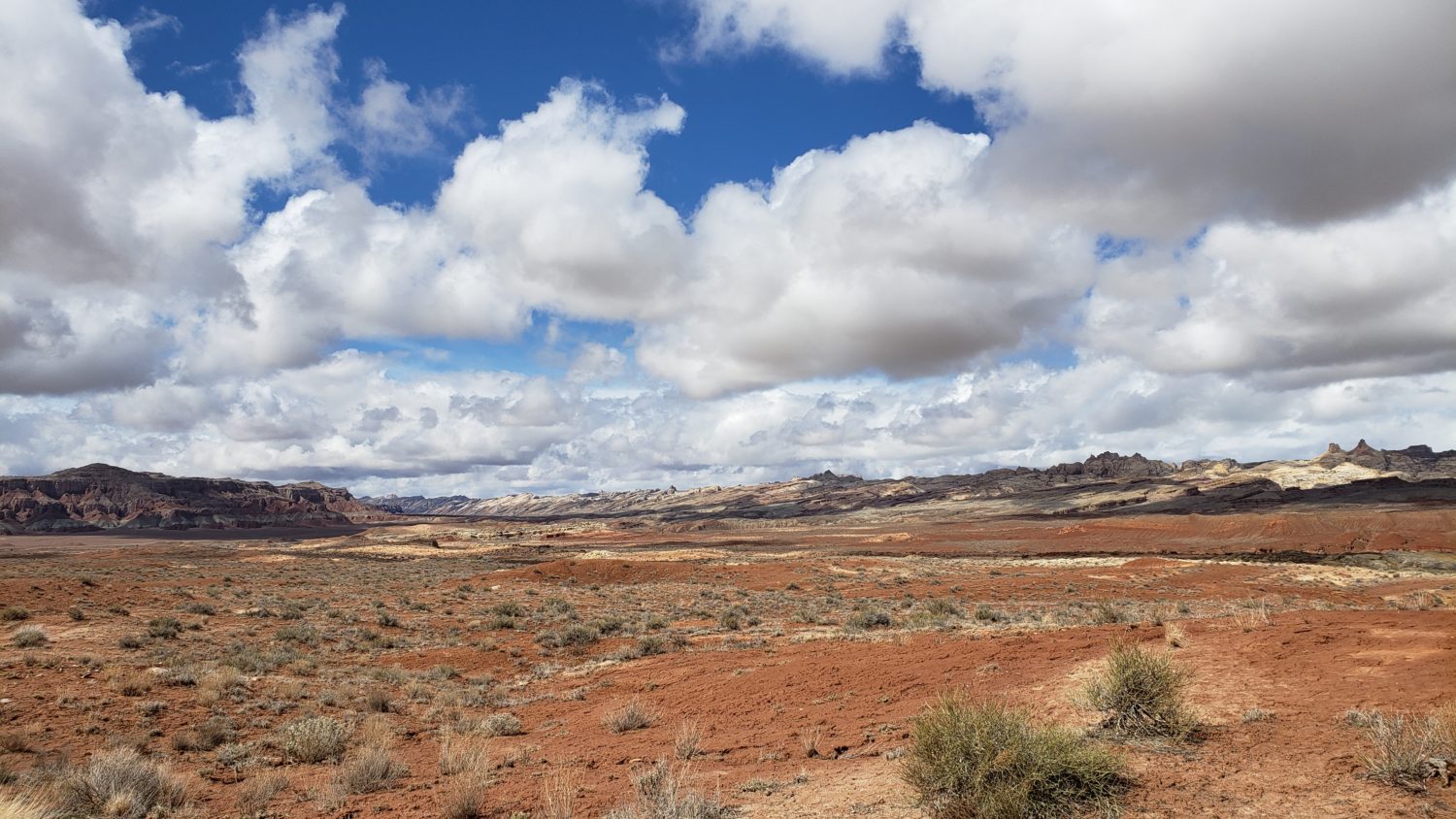
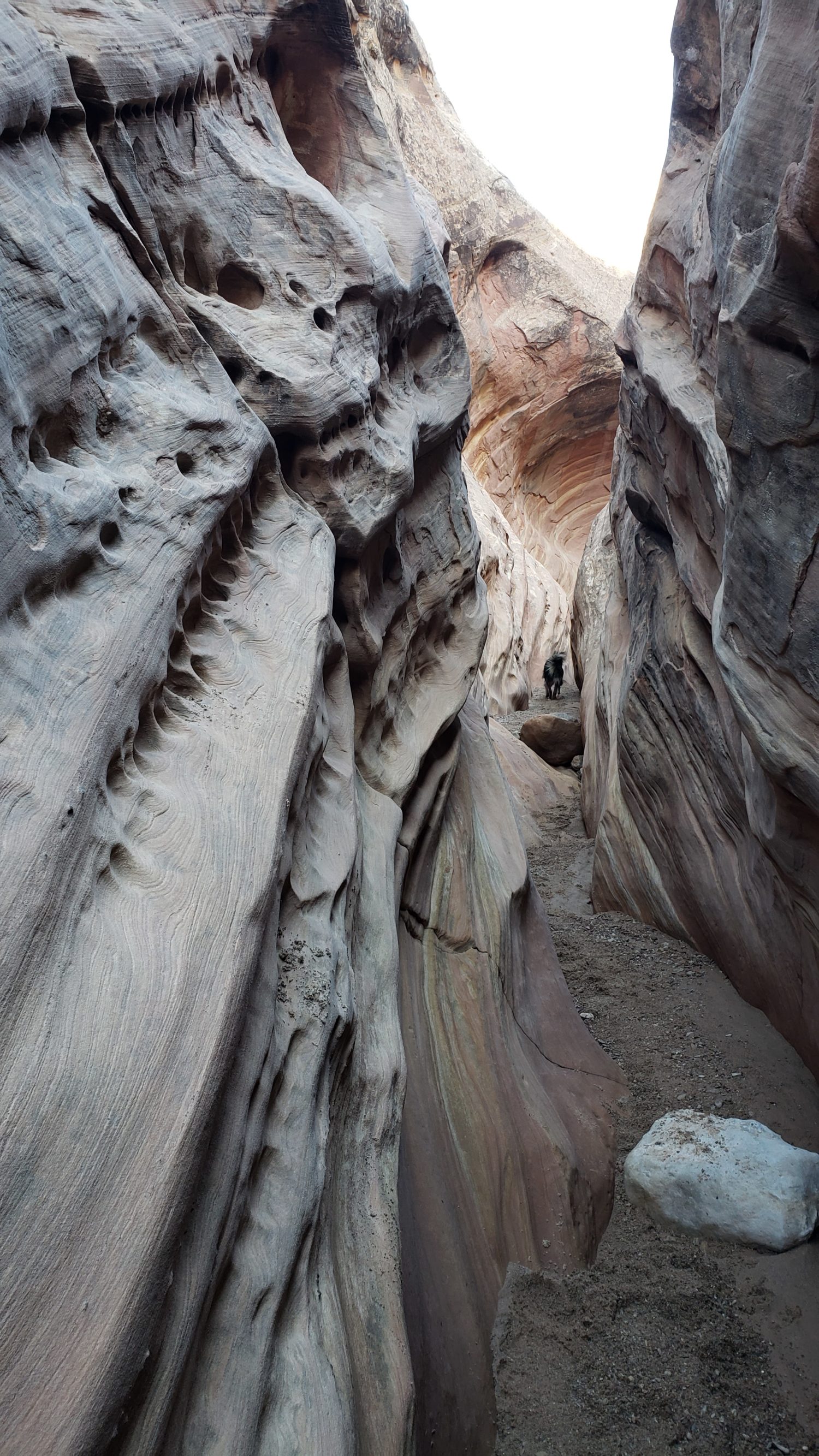
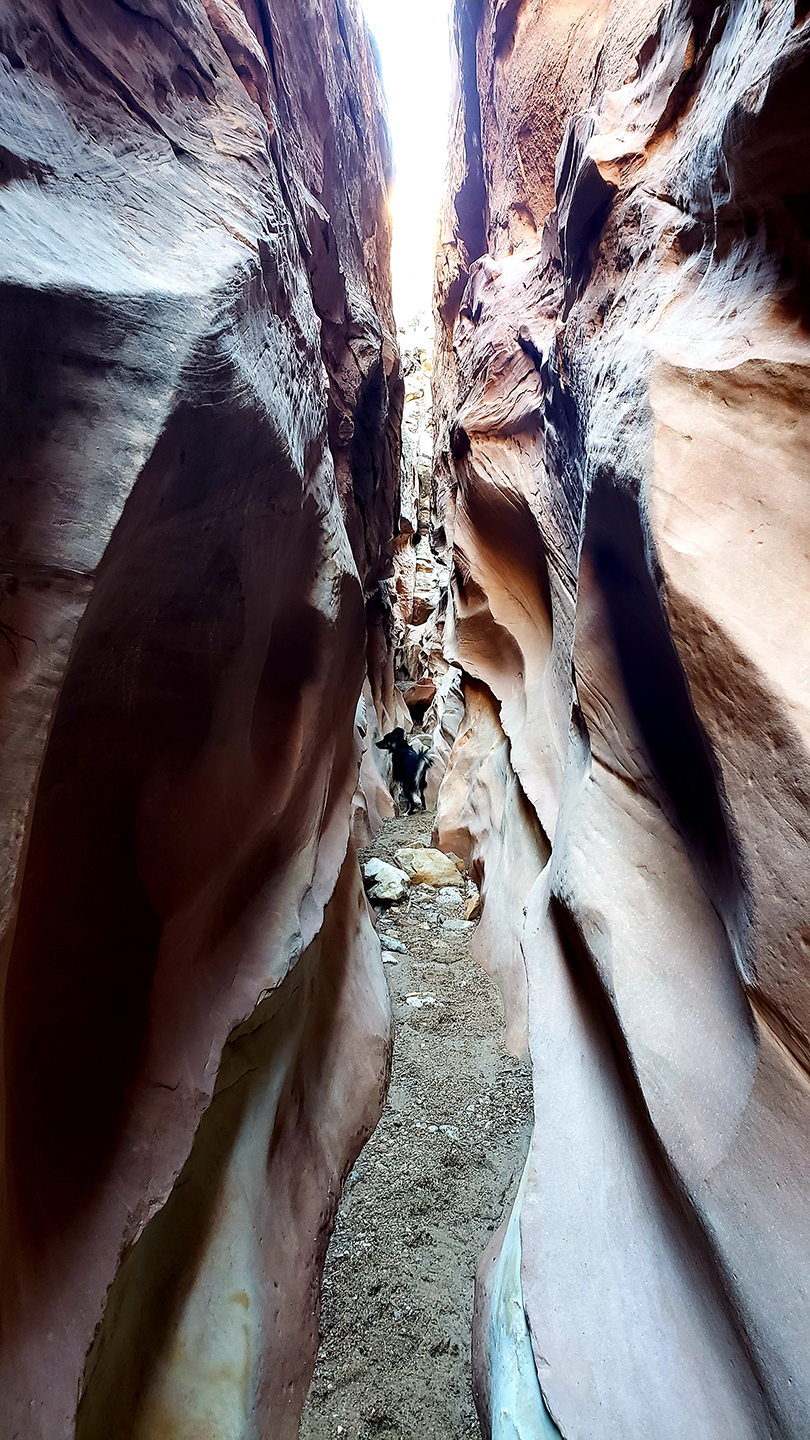
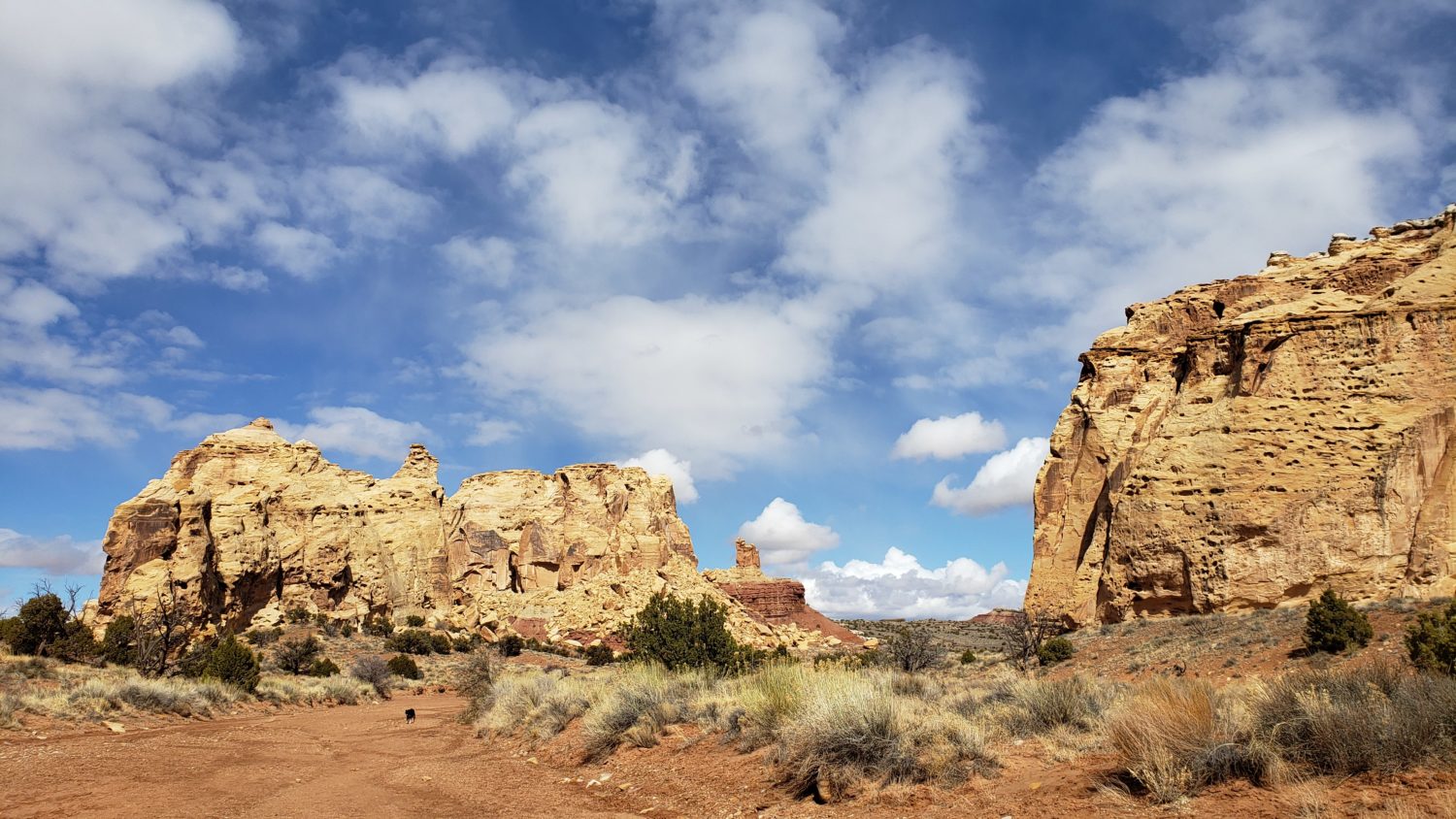
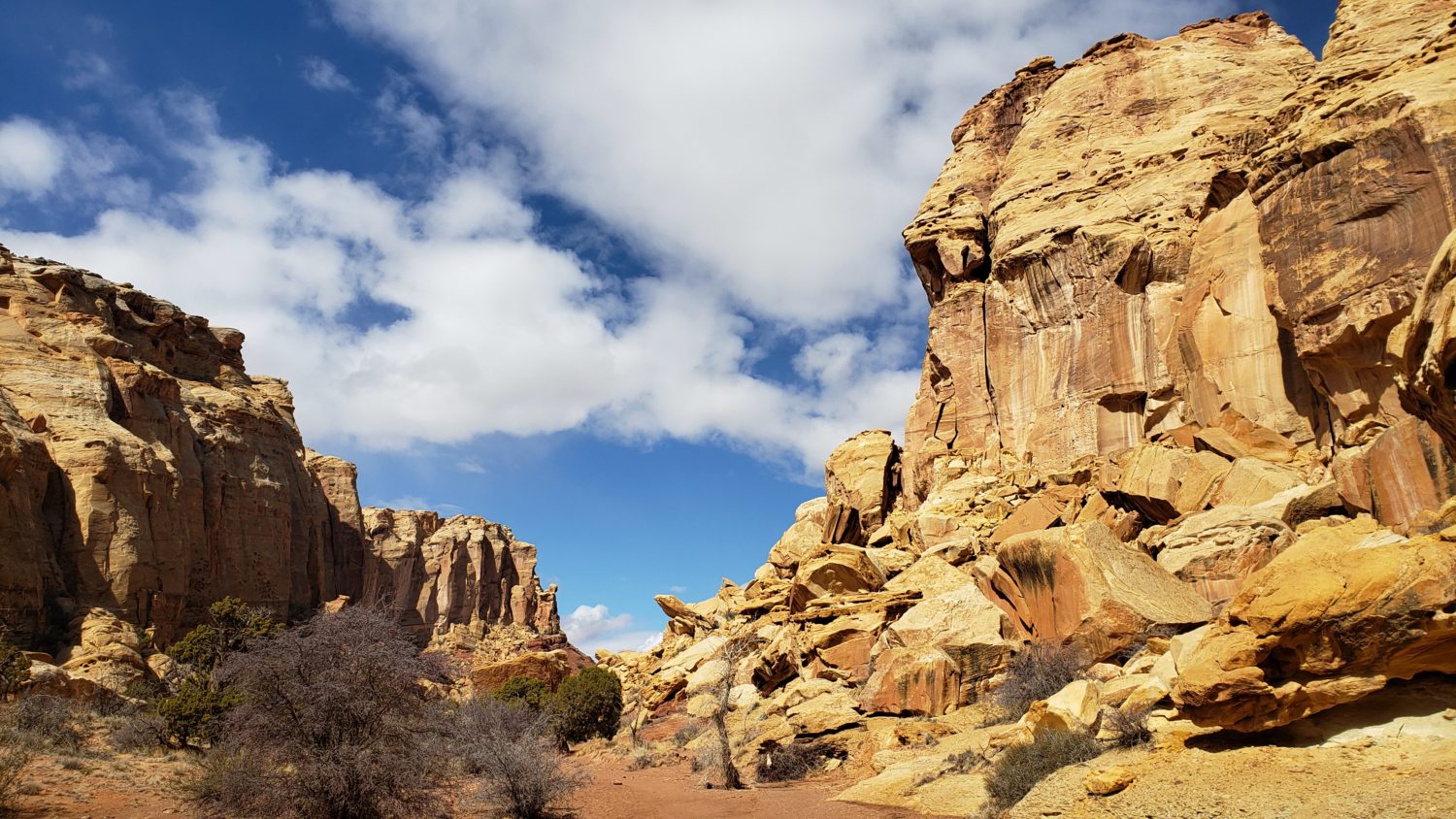

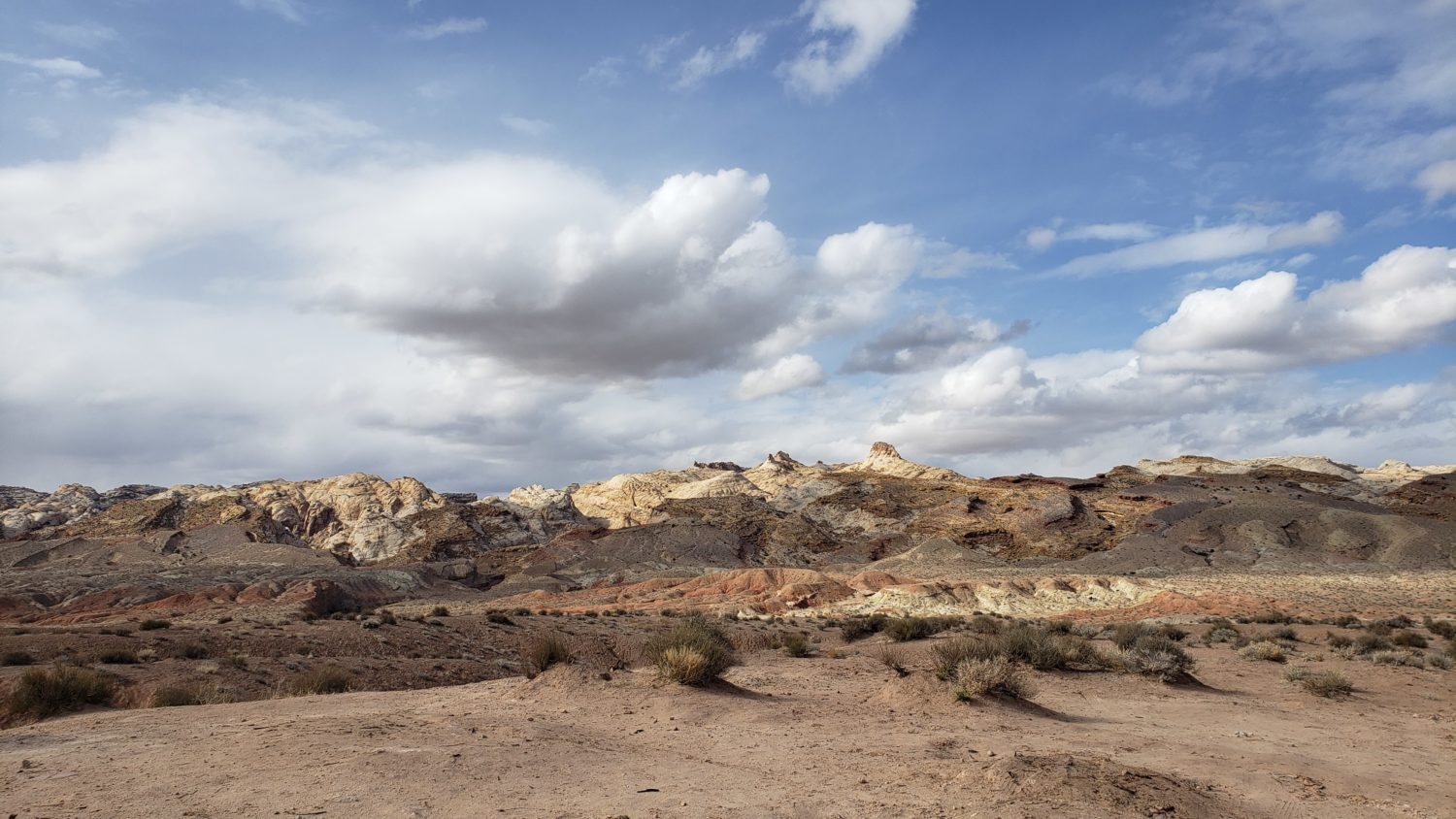
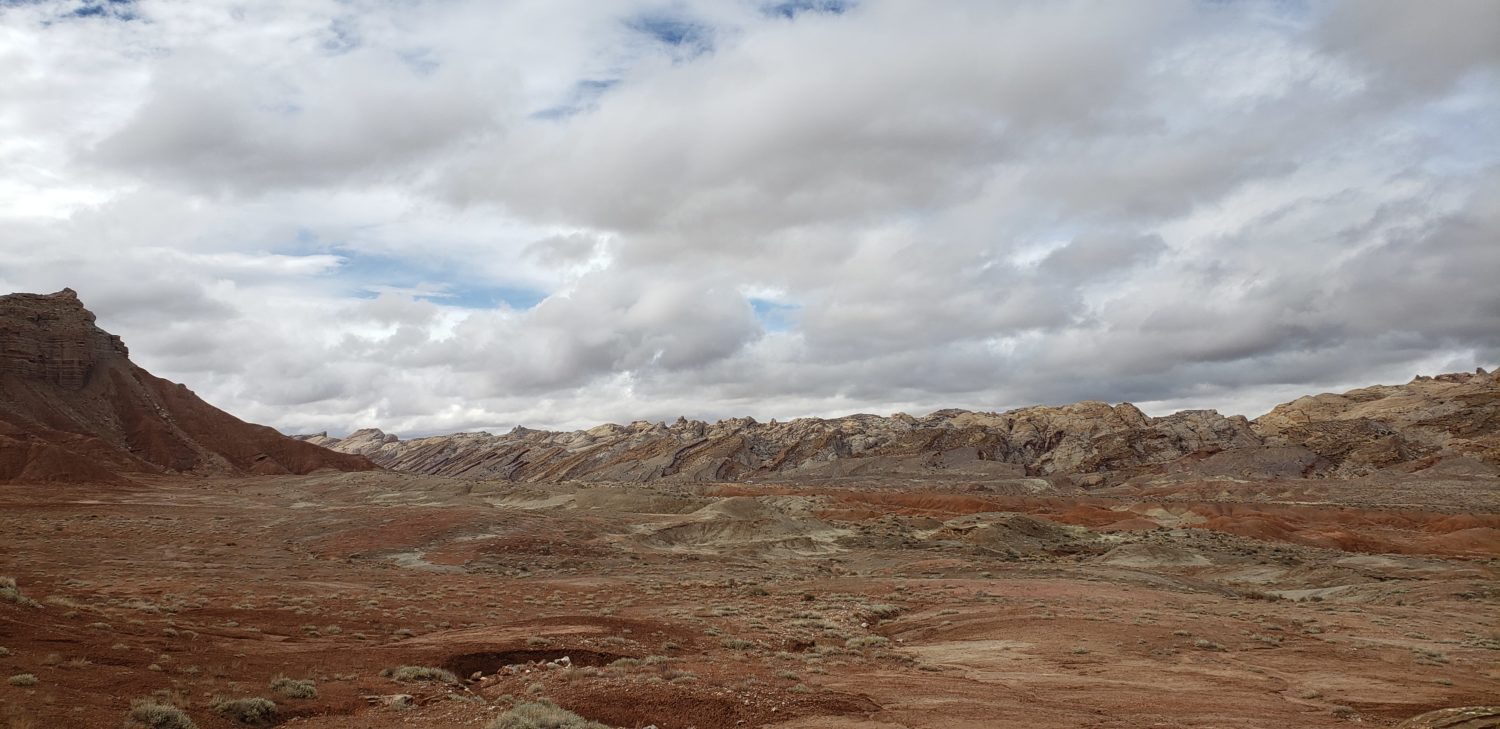
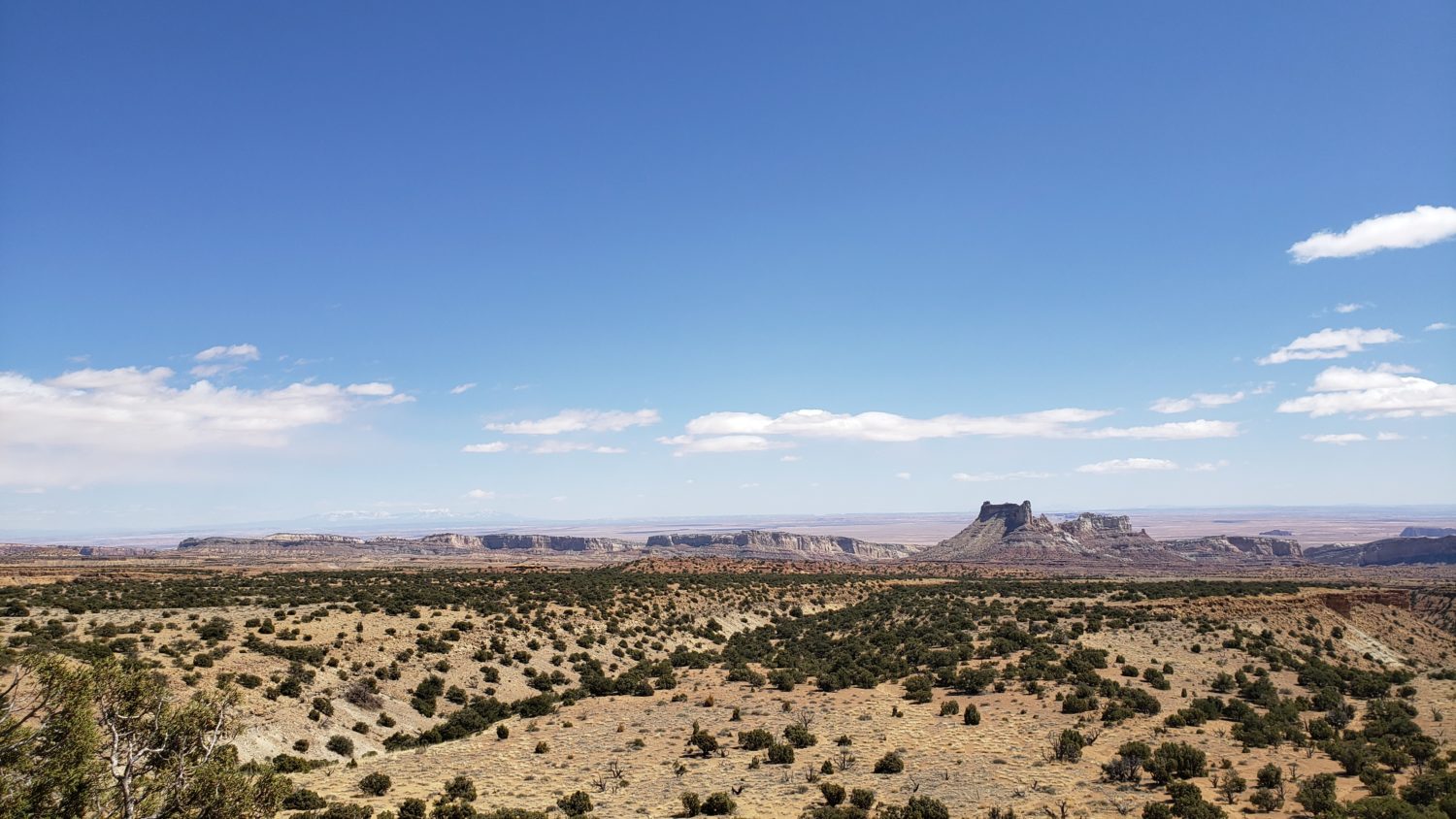
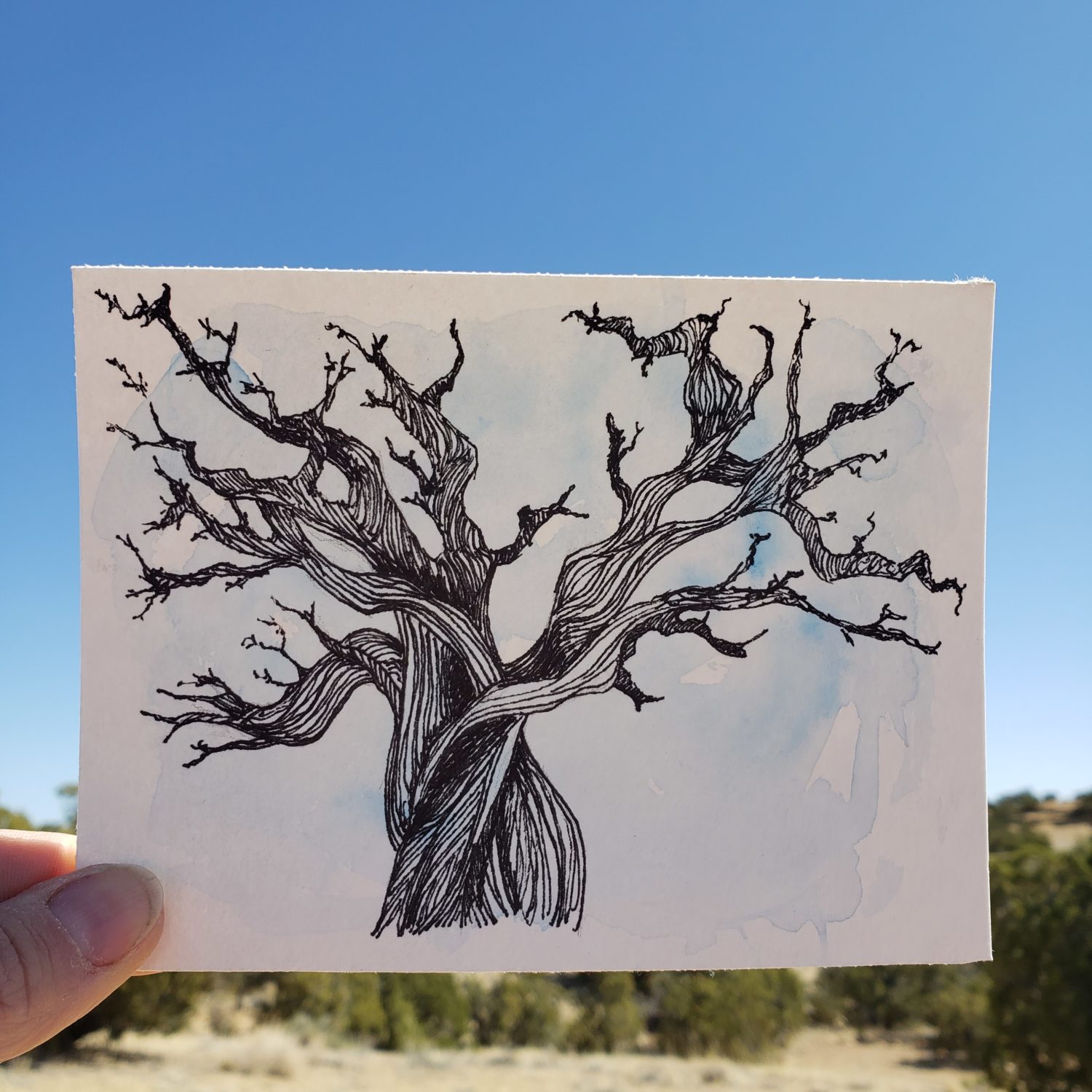
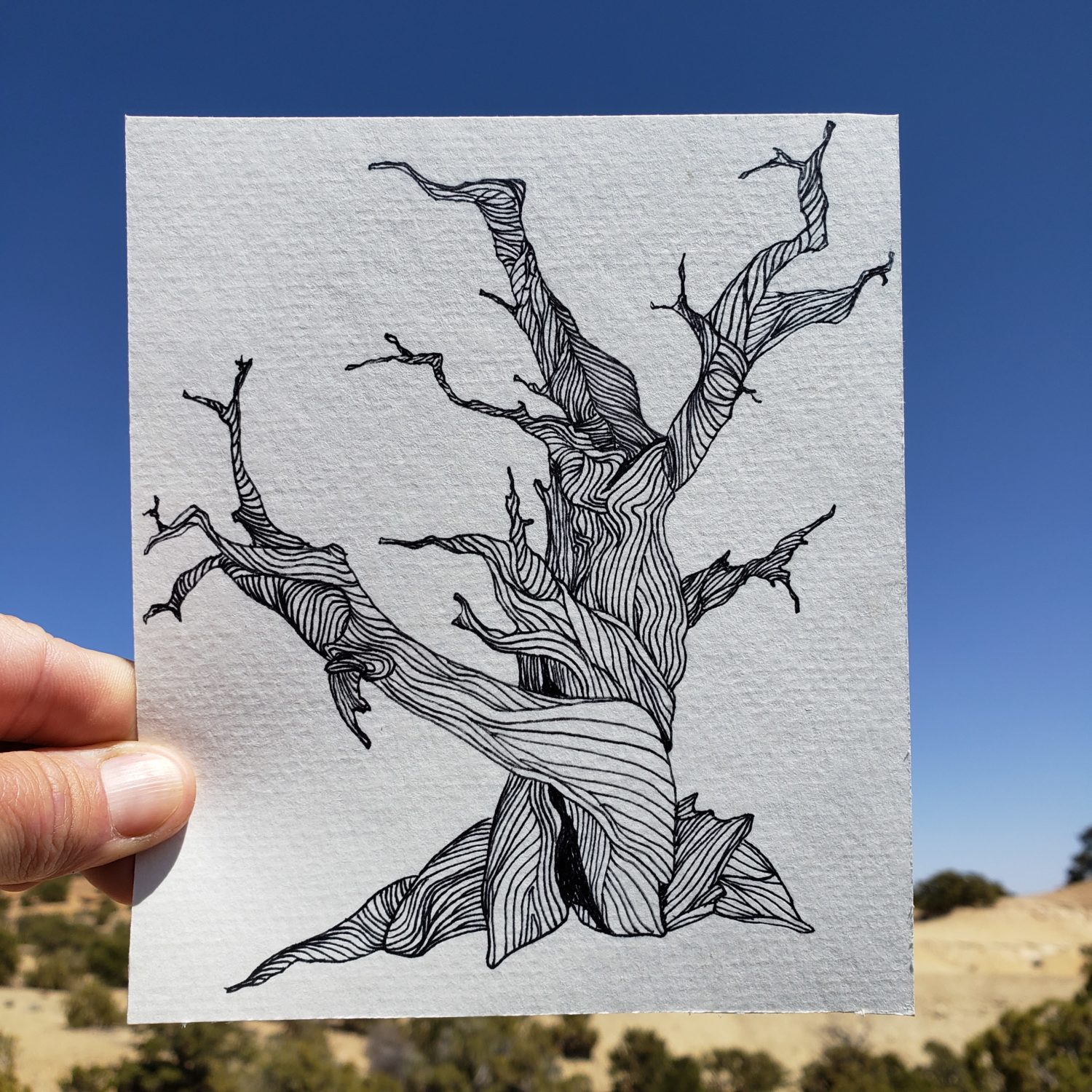
- Ironwood Forest National Monument – Arizona . . . Last year, I spent three months traveling around Southern Arizona during winter, and I kept circling back to the Ironwood Forest National Monument near Tucson. It neighbors Saguaro National Park and mirrors its terrain. Giant Saguaro cacti loom over the landscape, each one growing drastically different from the next. The towering cacti feel as if you’re surrounded by mystical beings whose arms are flung in varying frozen positions. The rest of the ground is covered with cactus species I’d never seen before. Our walks and explorations get limited to roads or washes so Paco’s paws can avoid cactus spines, but I carry tweezers in my pocket just in case. The sunsets there are electrifying, and there’s a certain kind of magic only found in the desert.
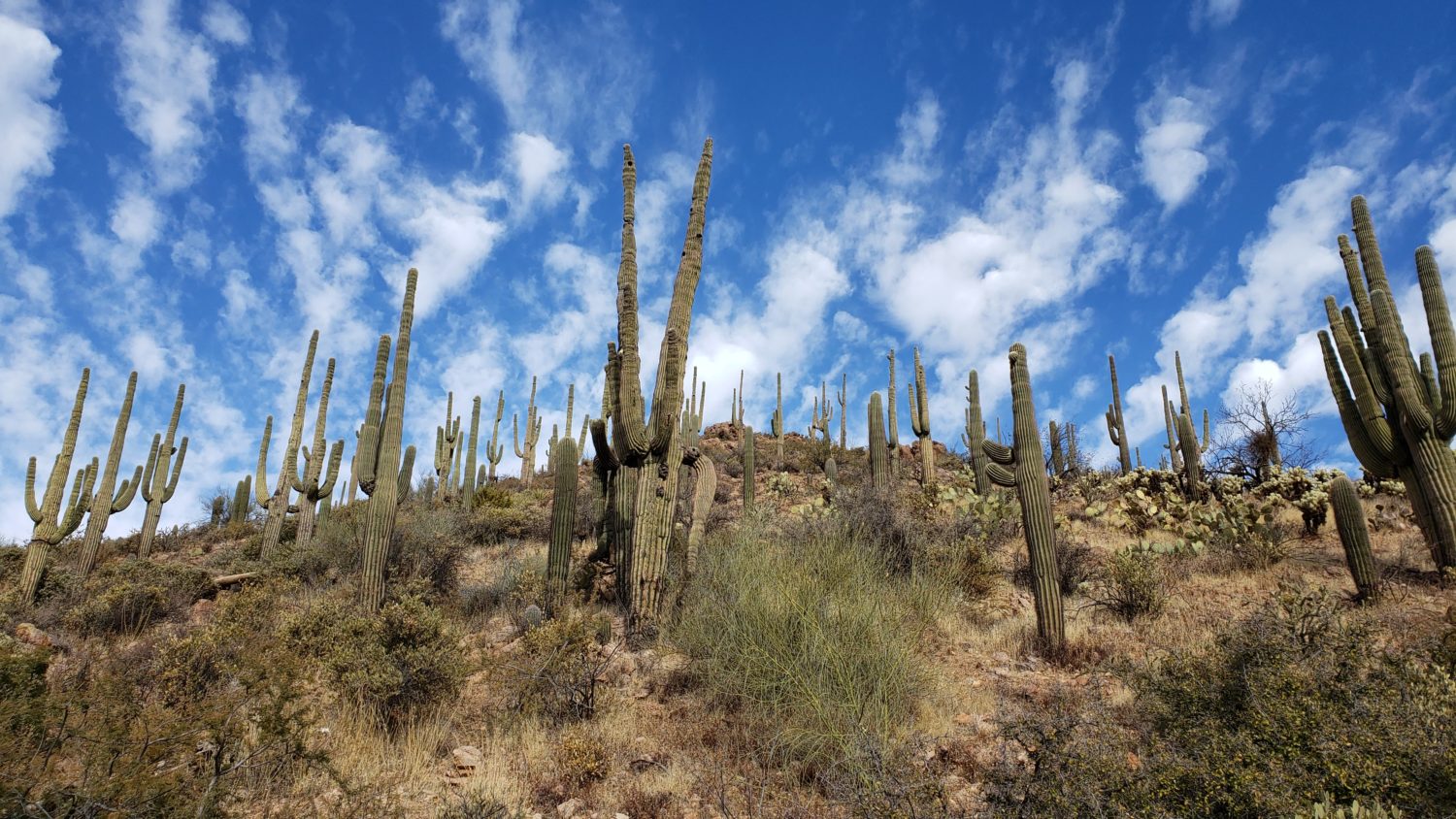
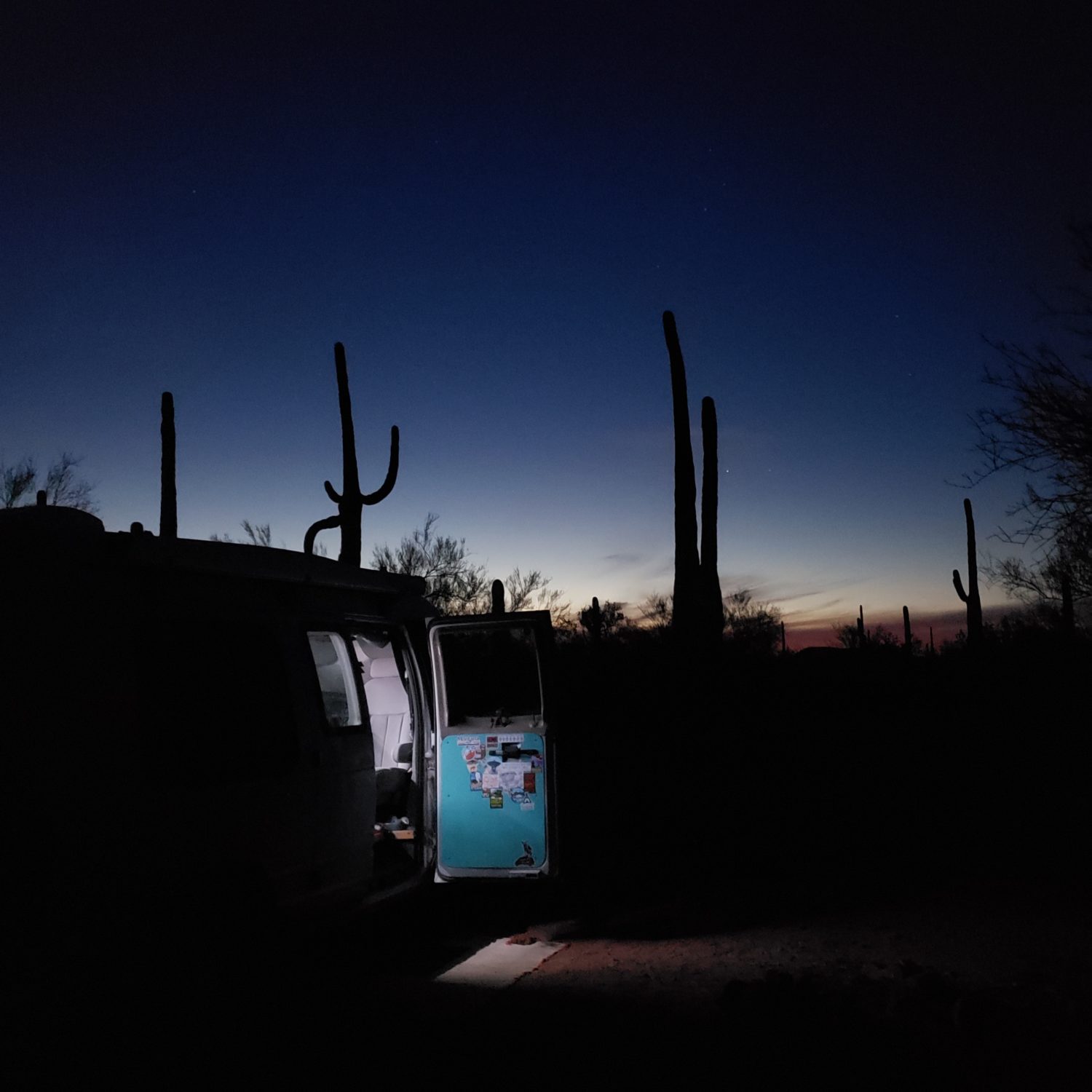
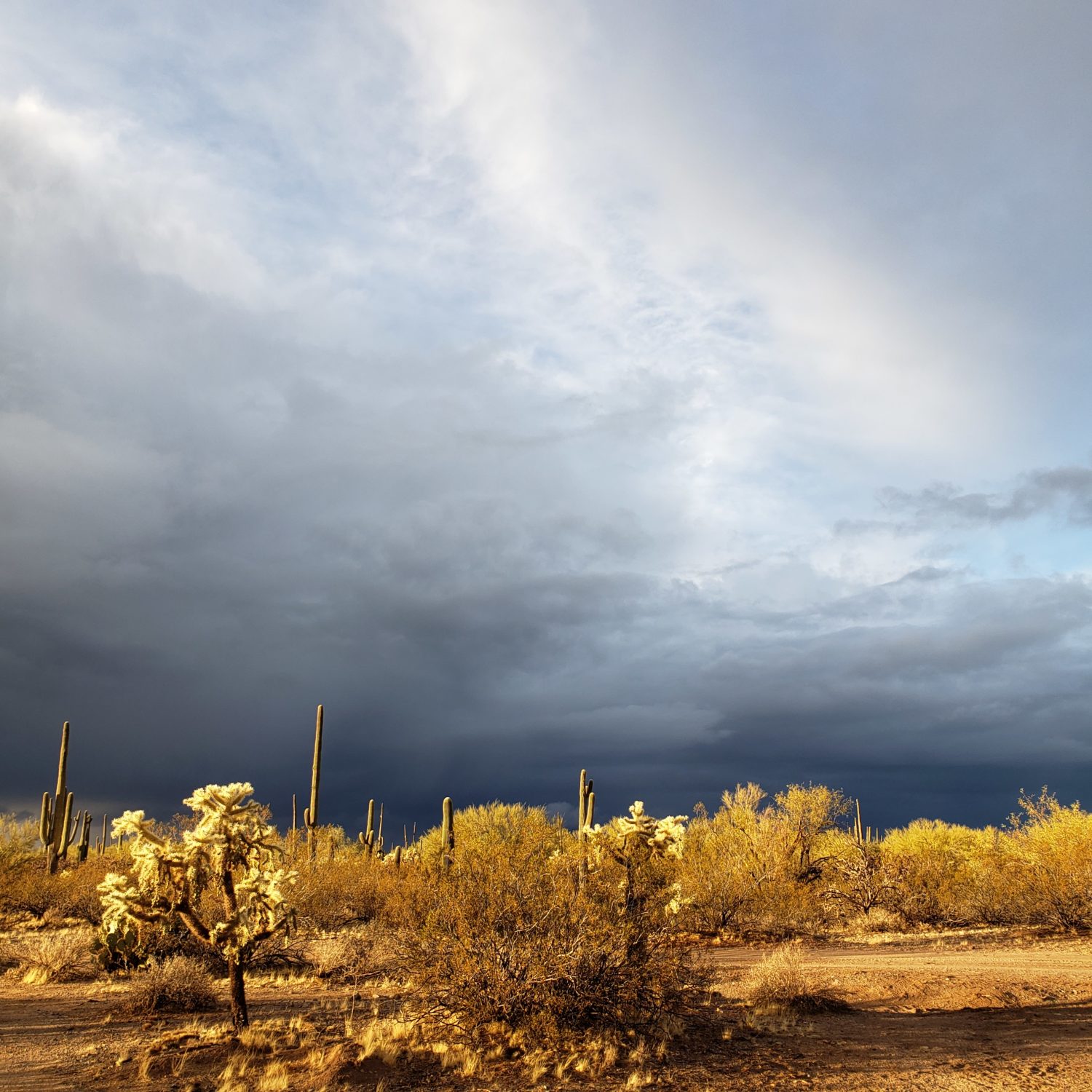
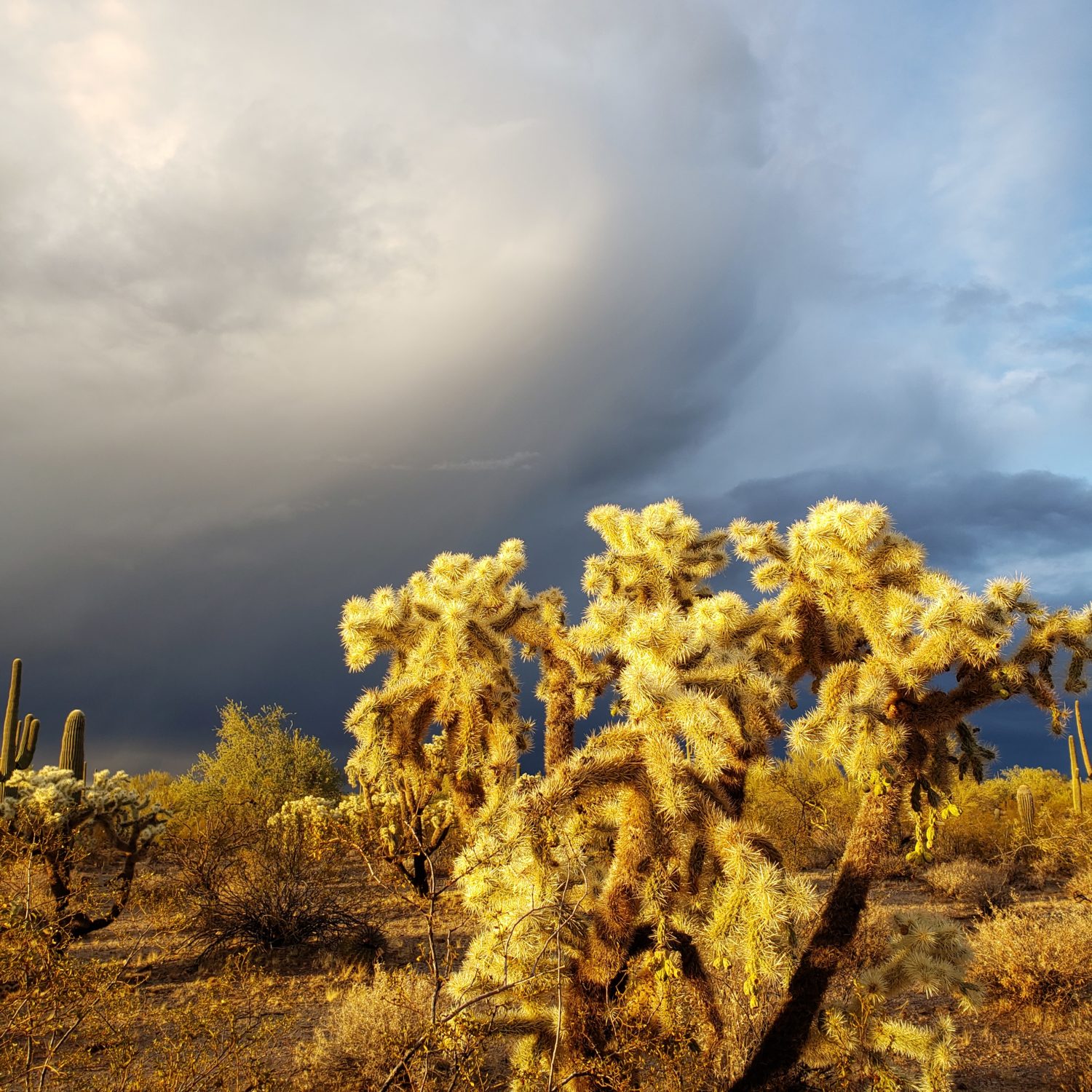
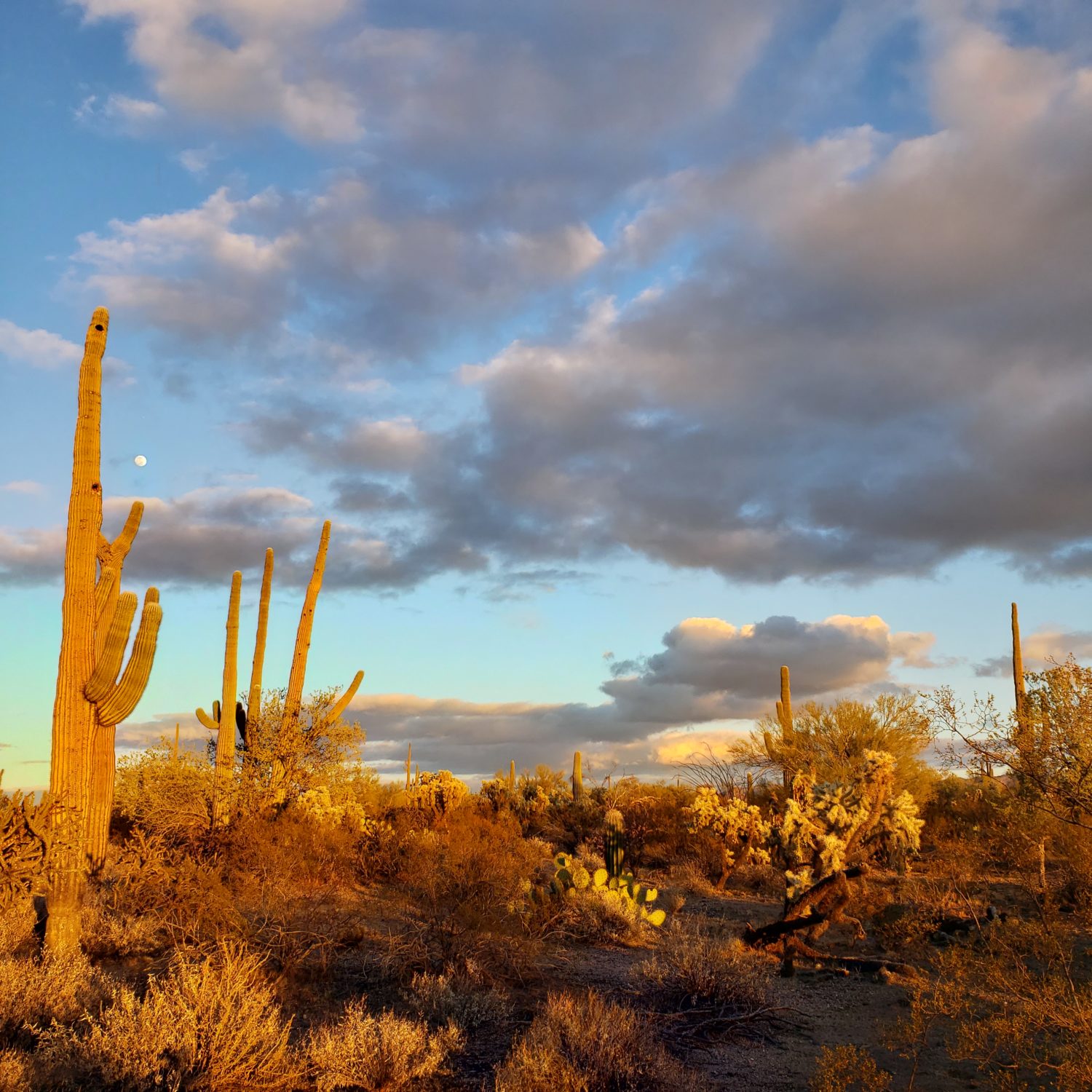
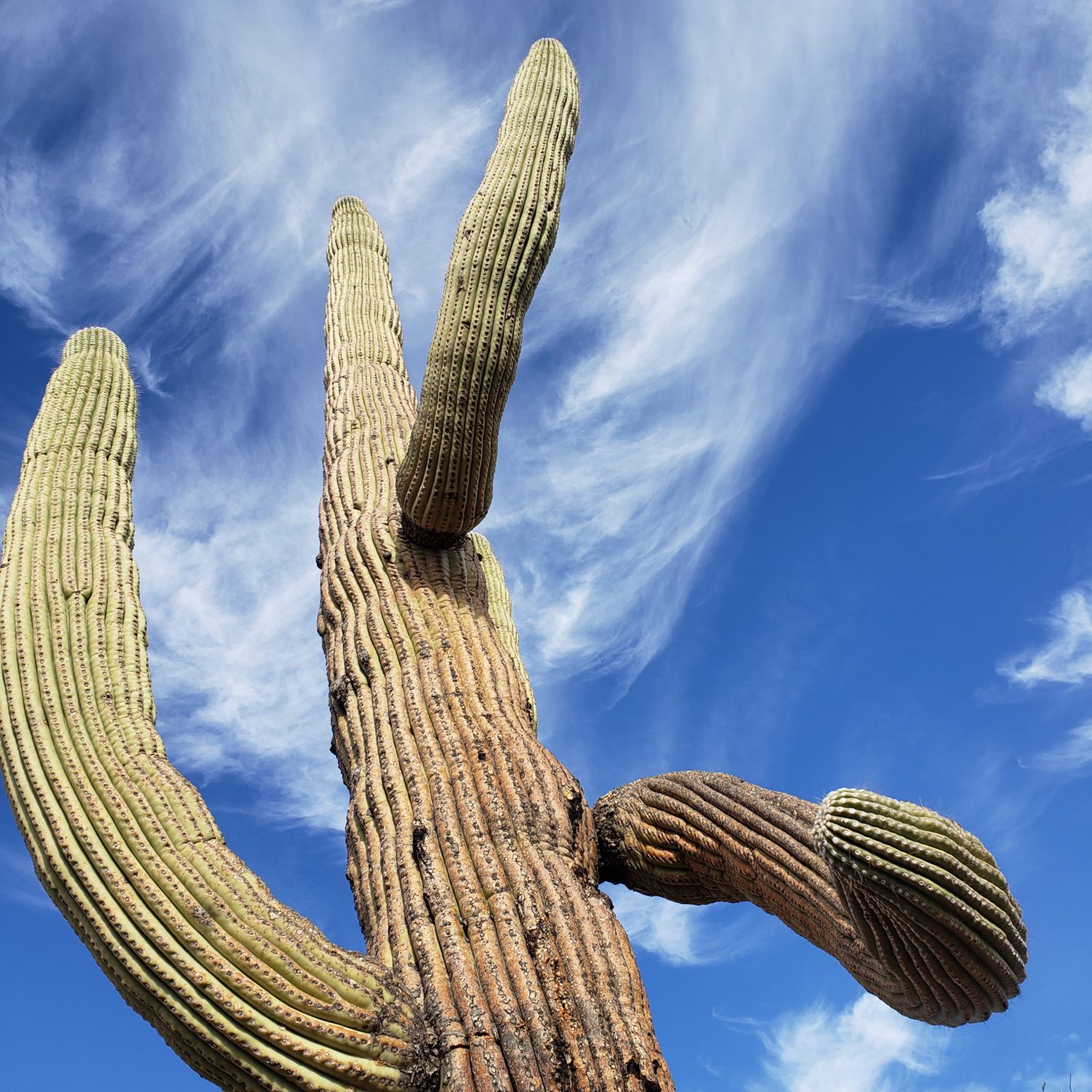
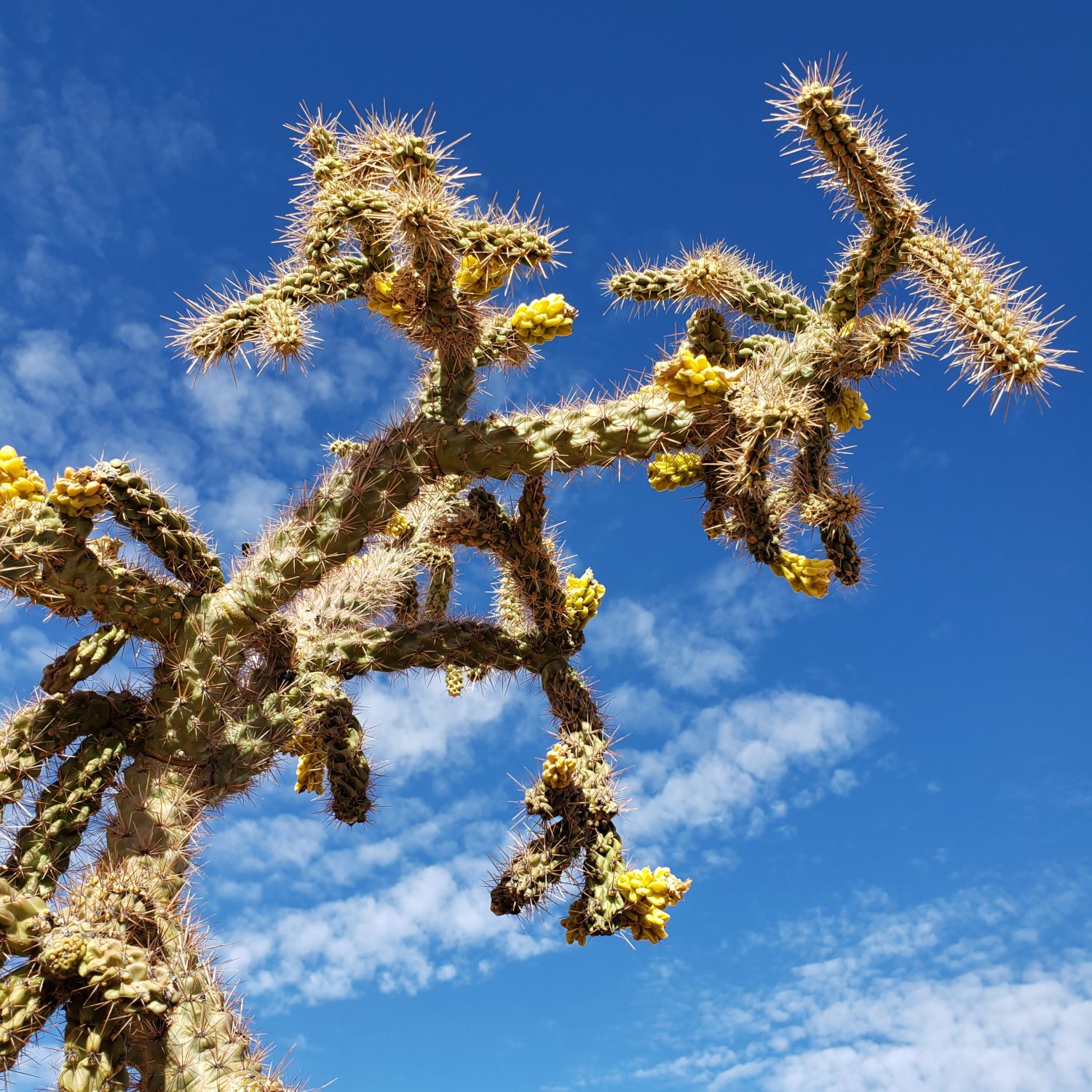
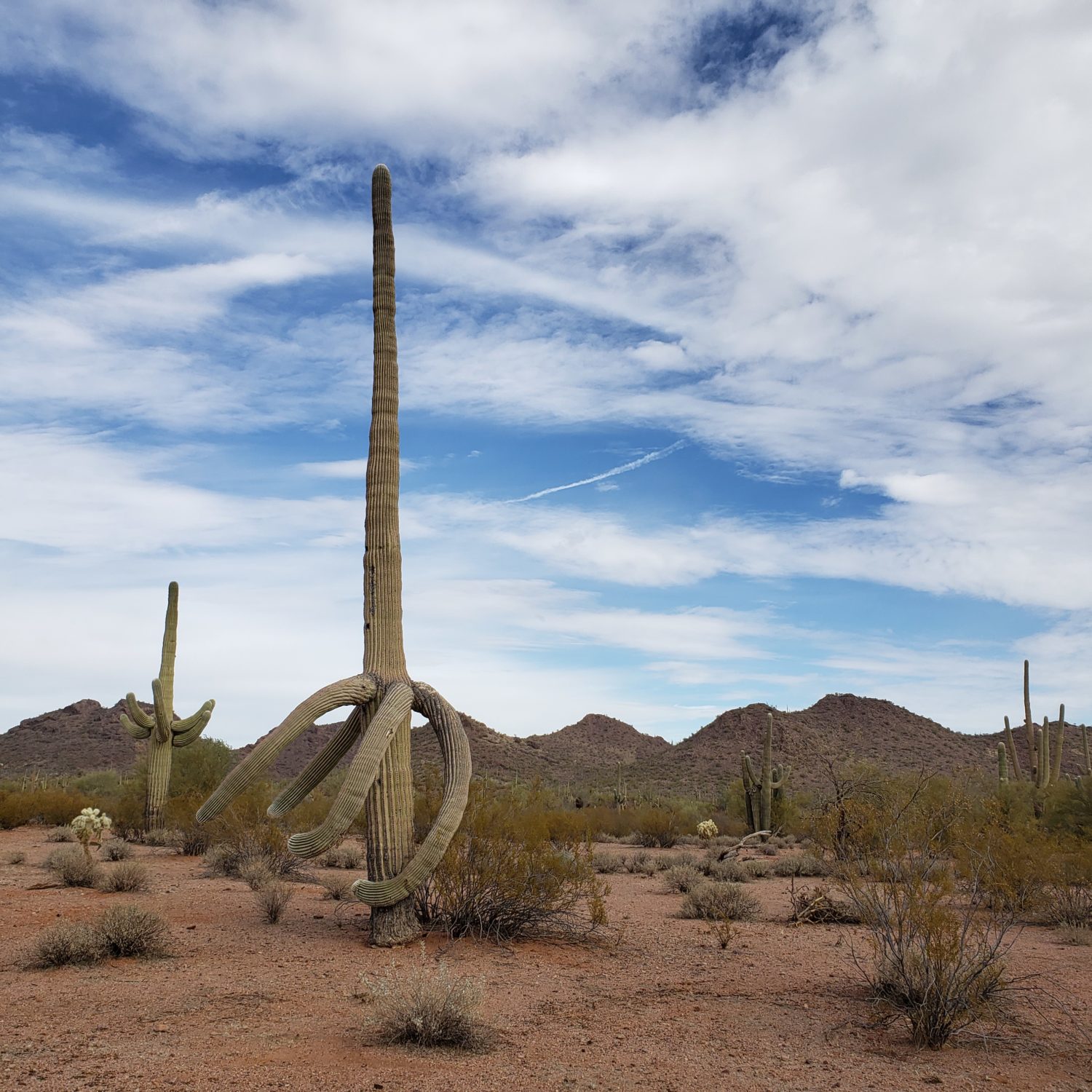
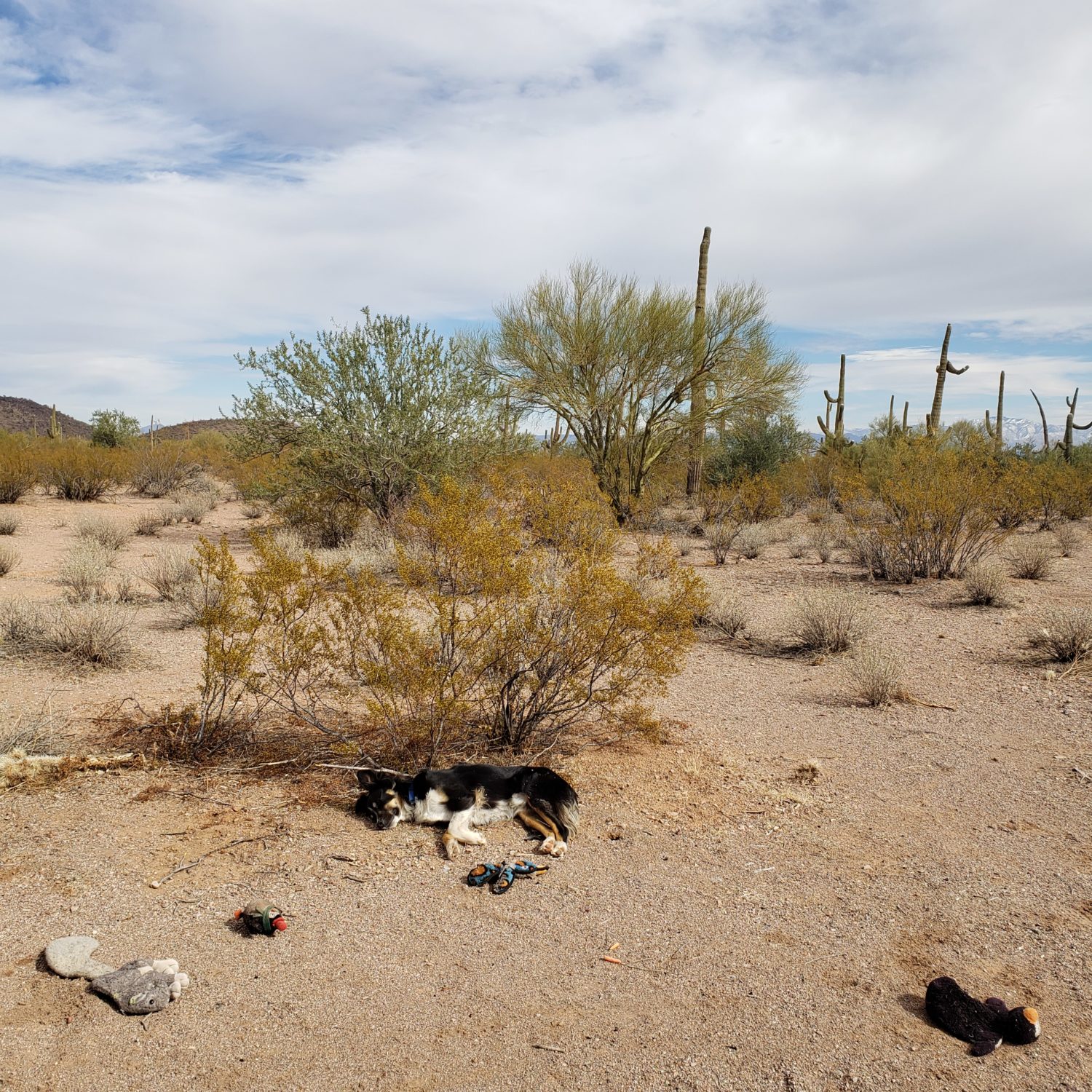
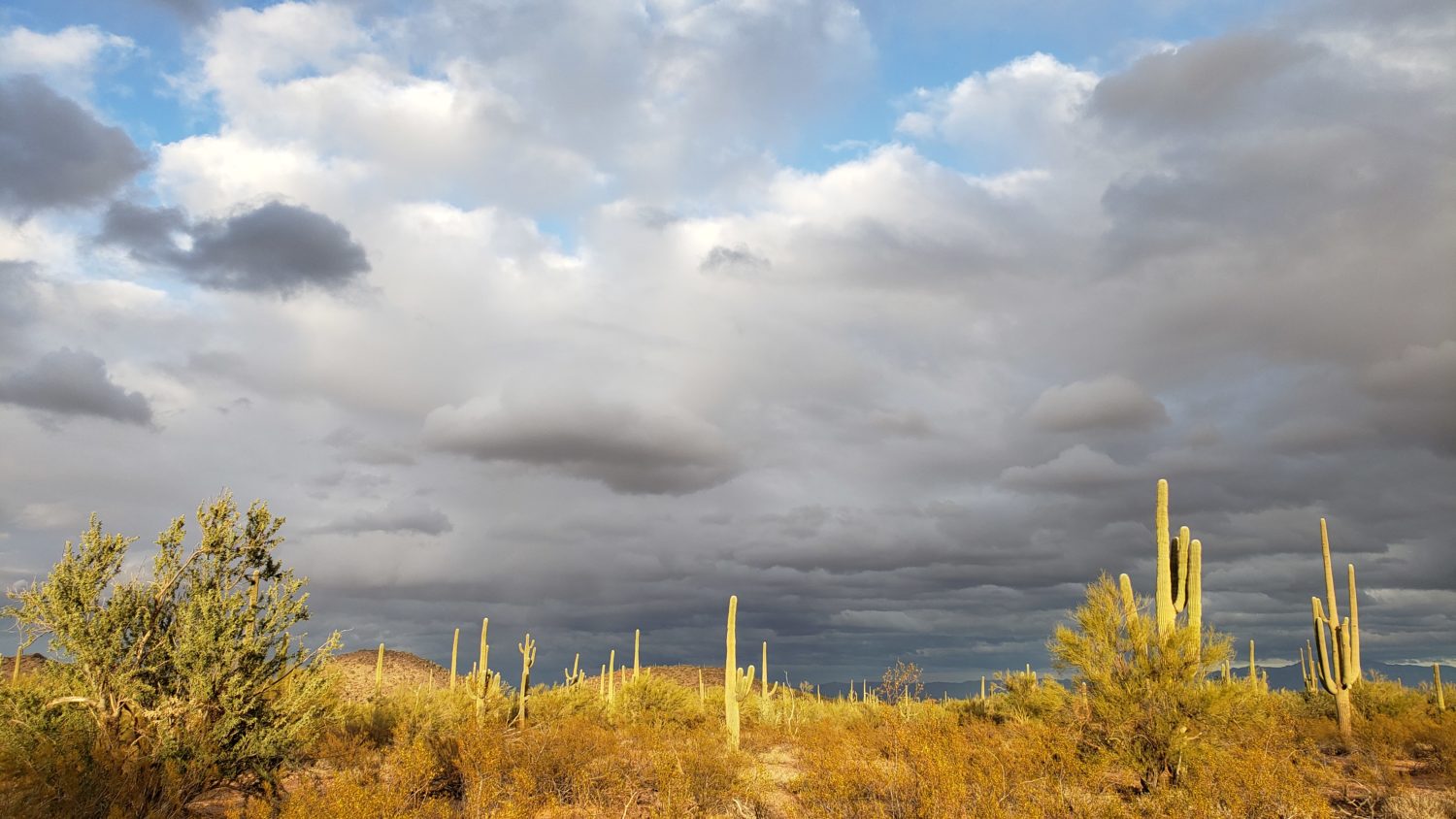
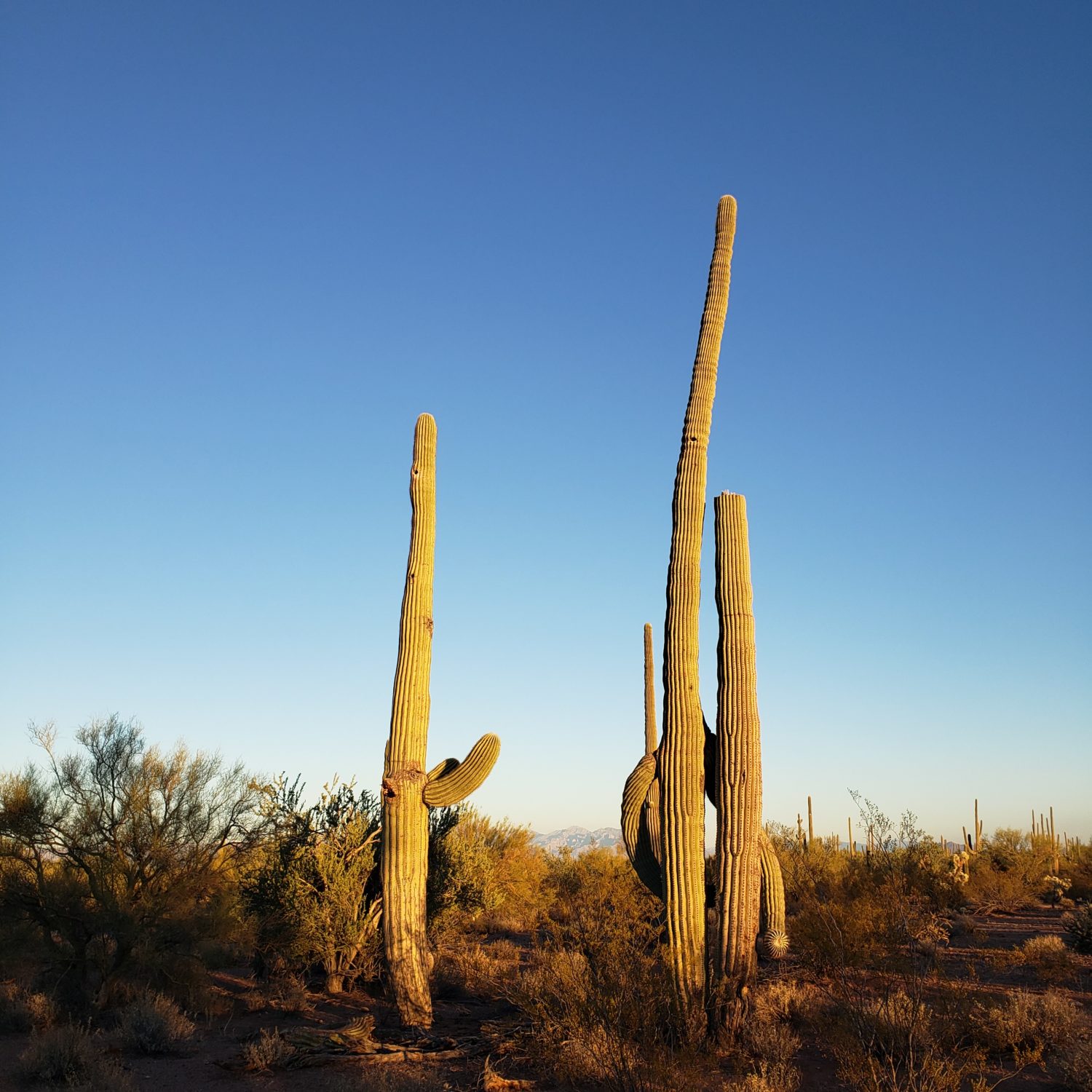
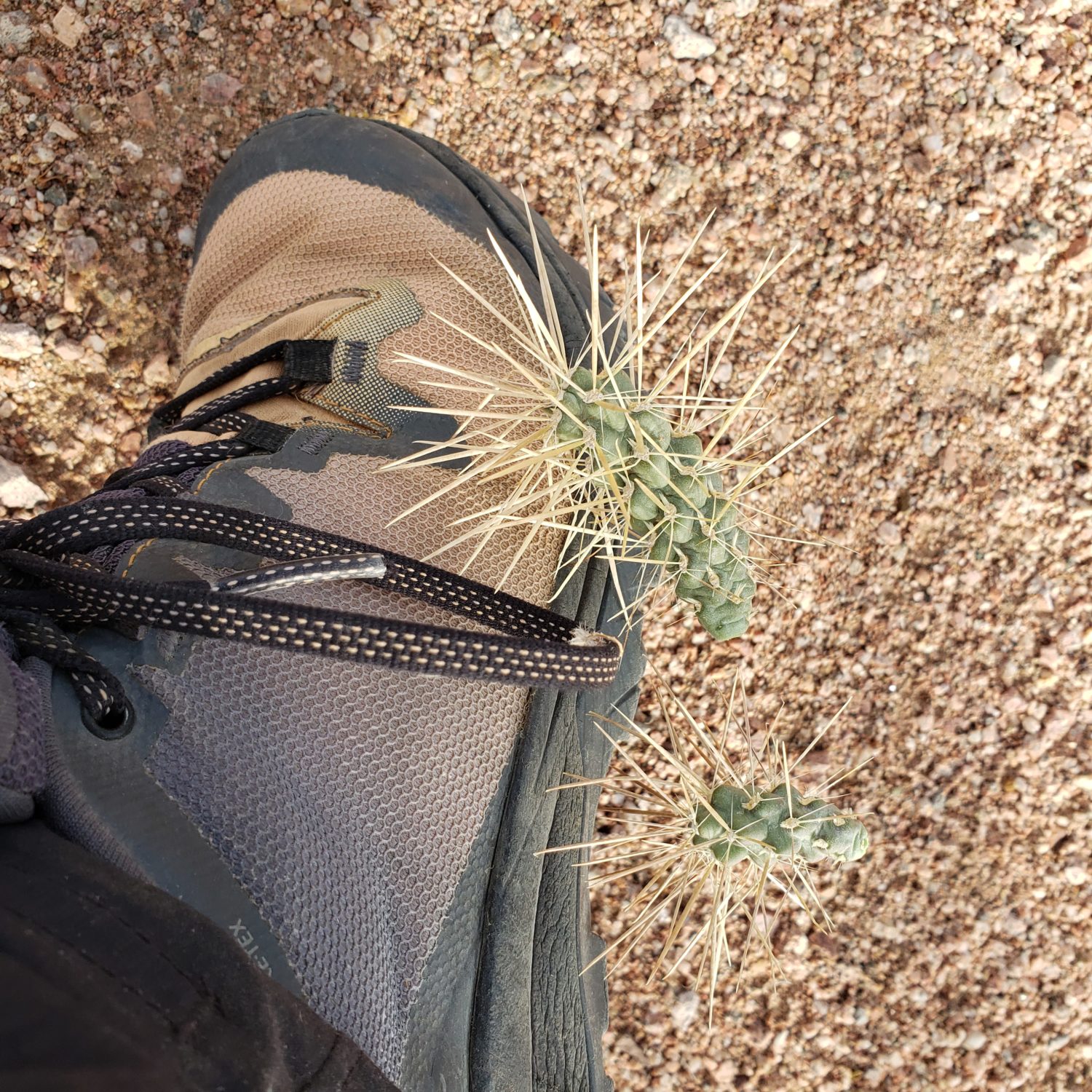
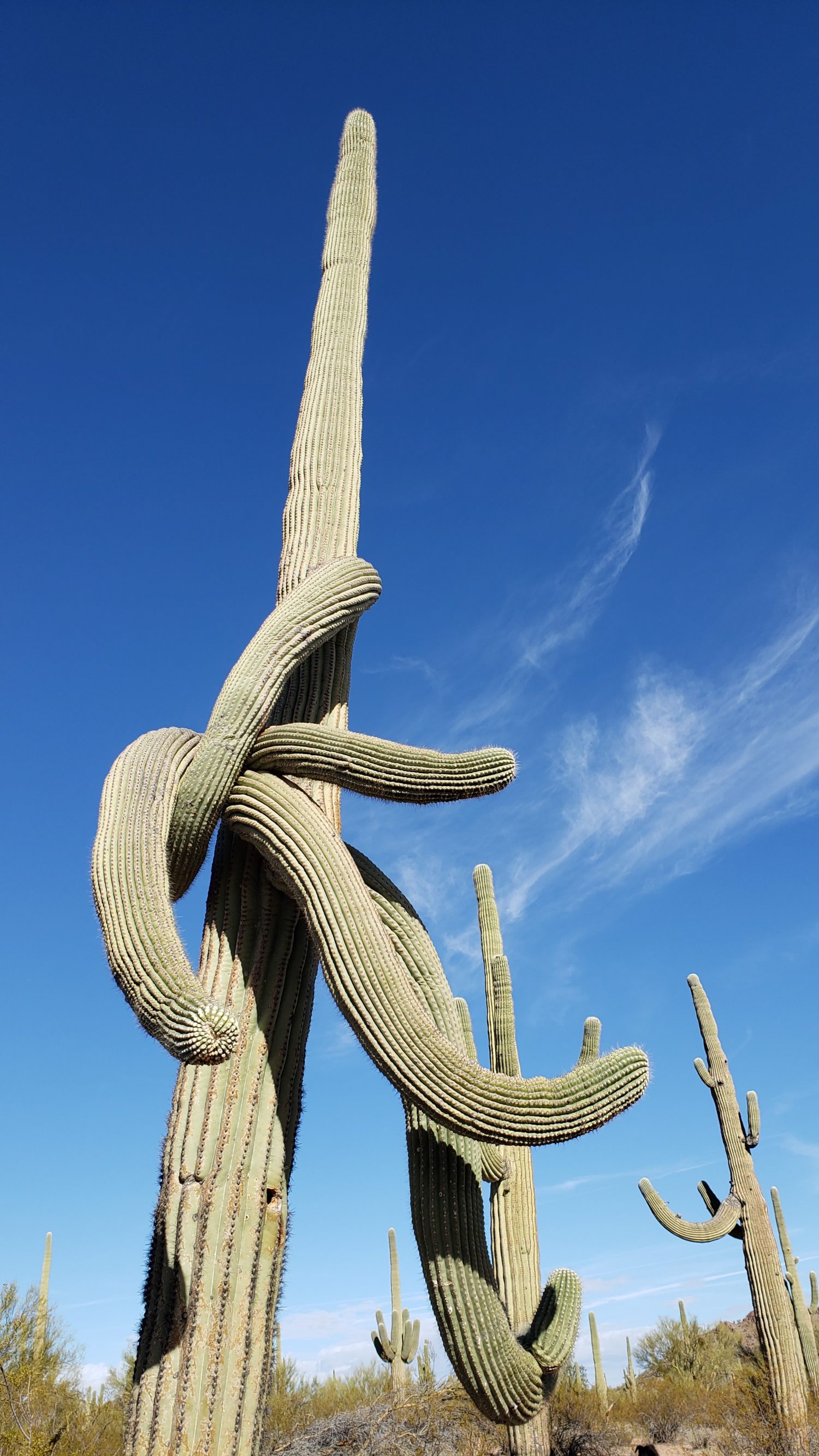
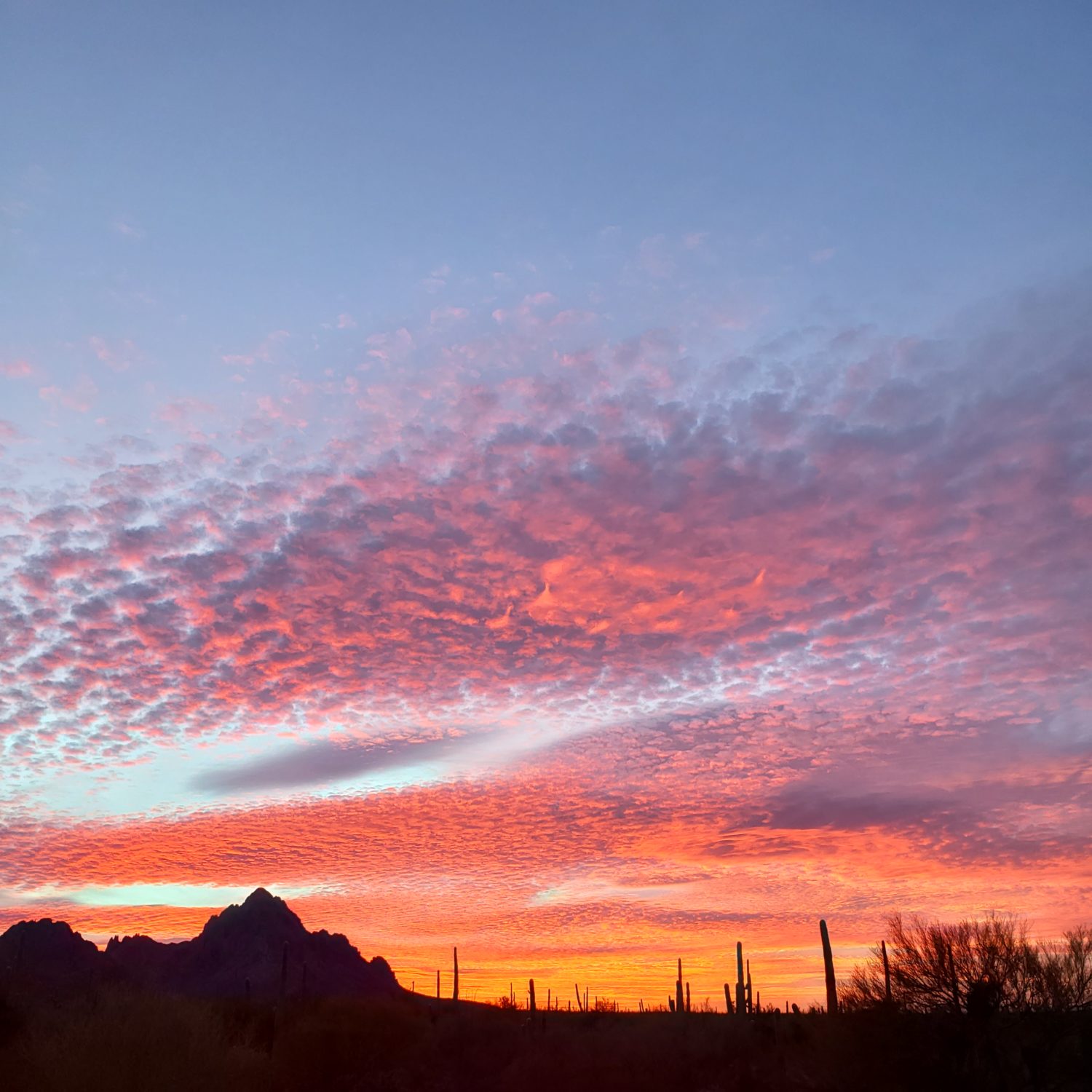
- Redwood Forests – California . . . The Redwoods were another destination I had always wanted to see. I was in Montana in 2020 when wildfires raged in Washington, Oregon, and northern California. I kept thinking about the Redwoods and hoping they would be spared. Eventually, I decided to make a beeline to the California coast because I knew I would never forgive myself for not making the trek should the giant trees fall victim to the flames. No photograph can prepare you for what it feels like to stand in a grove of Redwoods. There are no words to describe it. The trees are beyond anything I had ever experienced before or since. It’s otherworldly, intrinsic energy. Standing among the Redwoods, I was reminded of a passage John Steinbeck wrote in Travels with Charley: “The redwoods, once seen, leave a mark or create a vision that stays with you always. No one has ever successfully painted or photographed a redwood tree. The feeling they produce is not transferable. From them comes silence and awe. It’s not only their unbelievable stature, nor the color which seems to shift and vary under your eyes, no, they are not like any trees we know, they are ambassadors from another time.” He’s right.
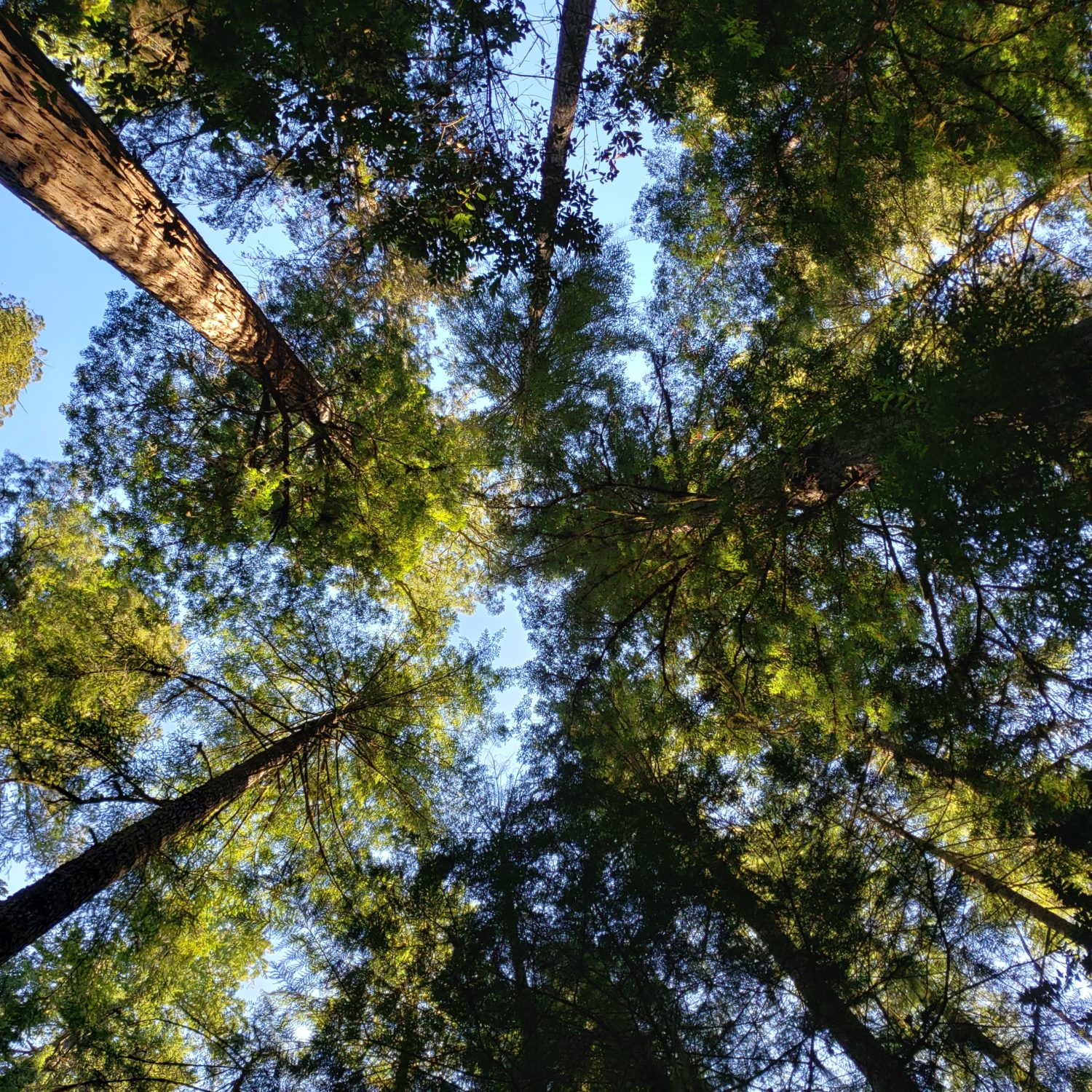
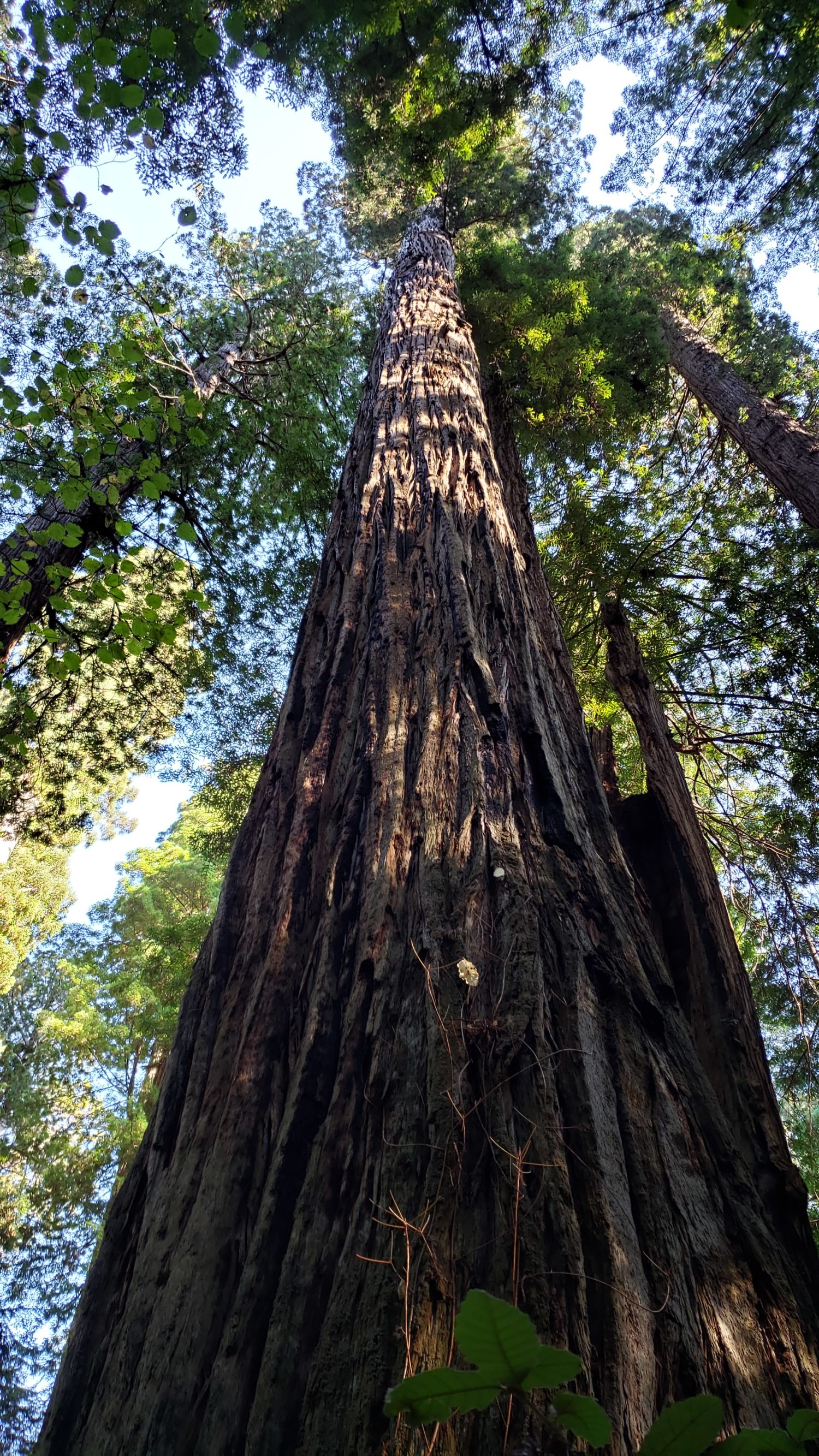
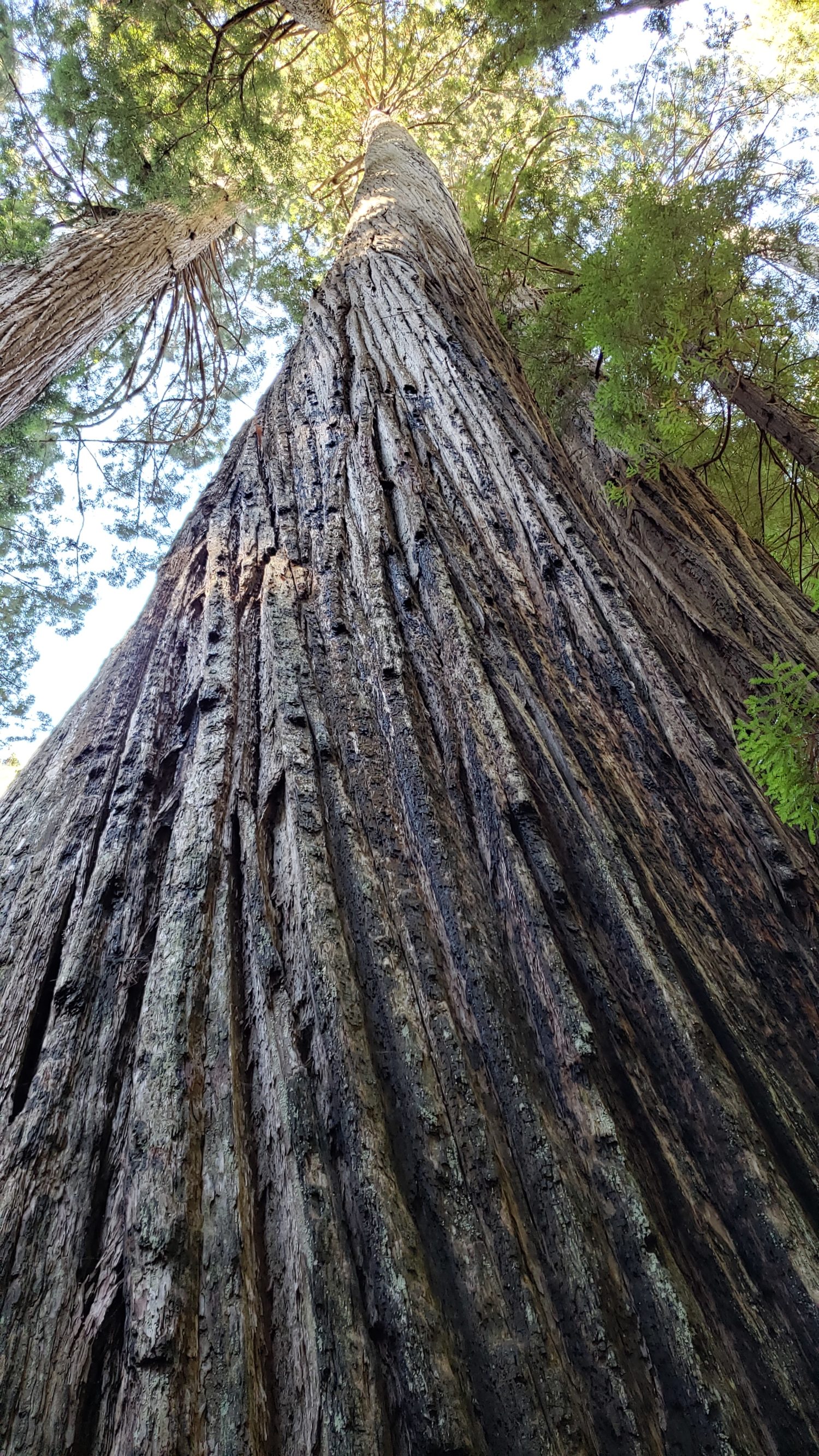

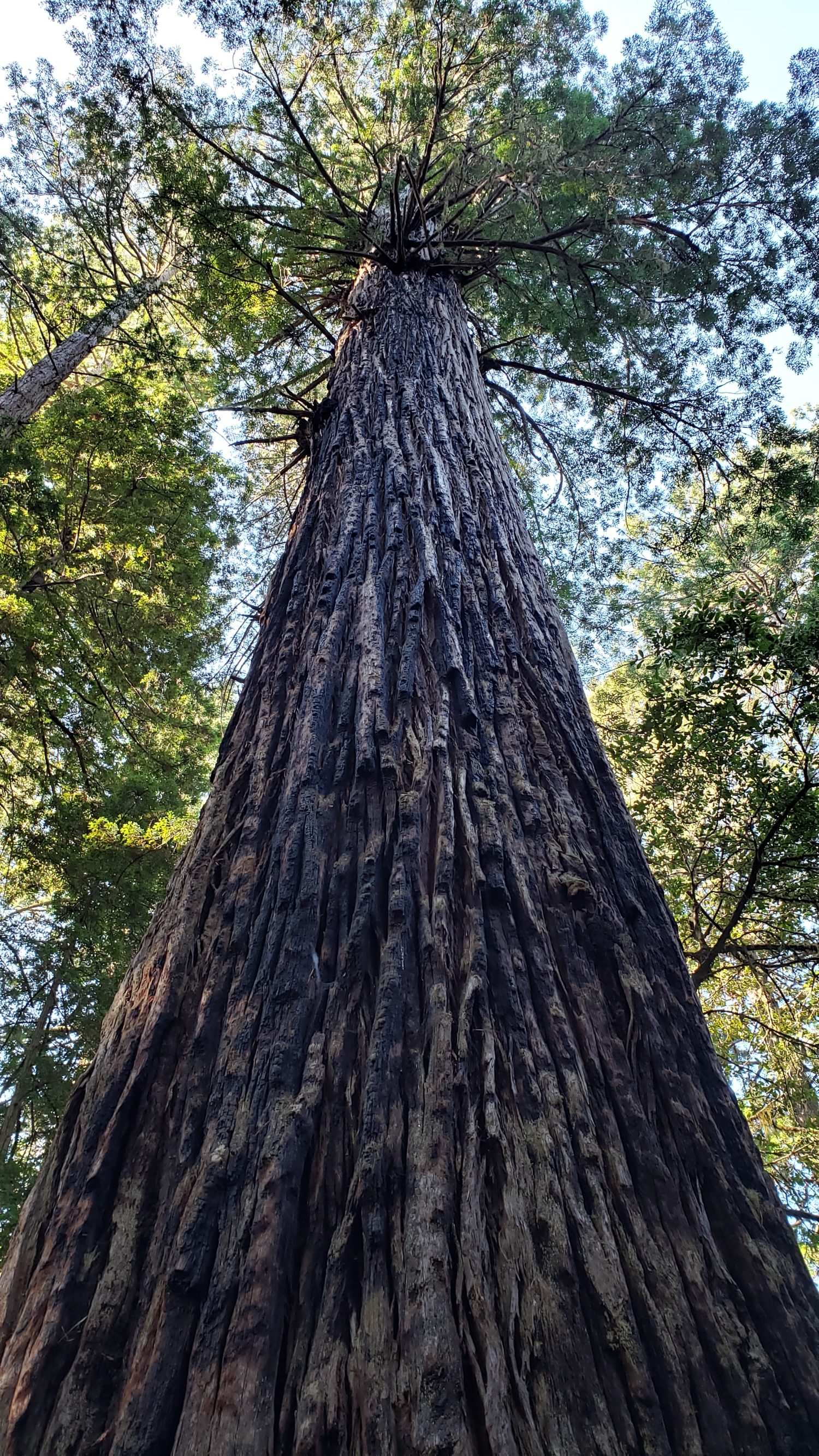
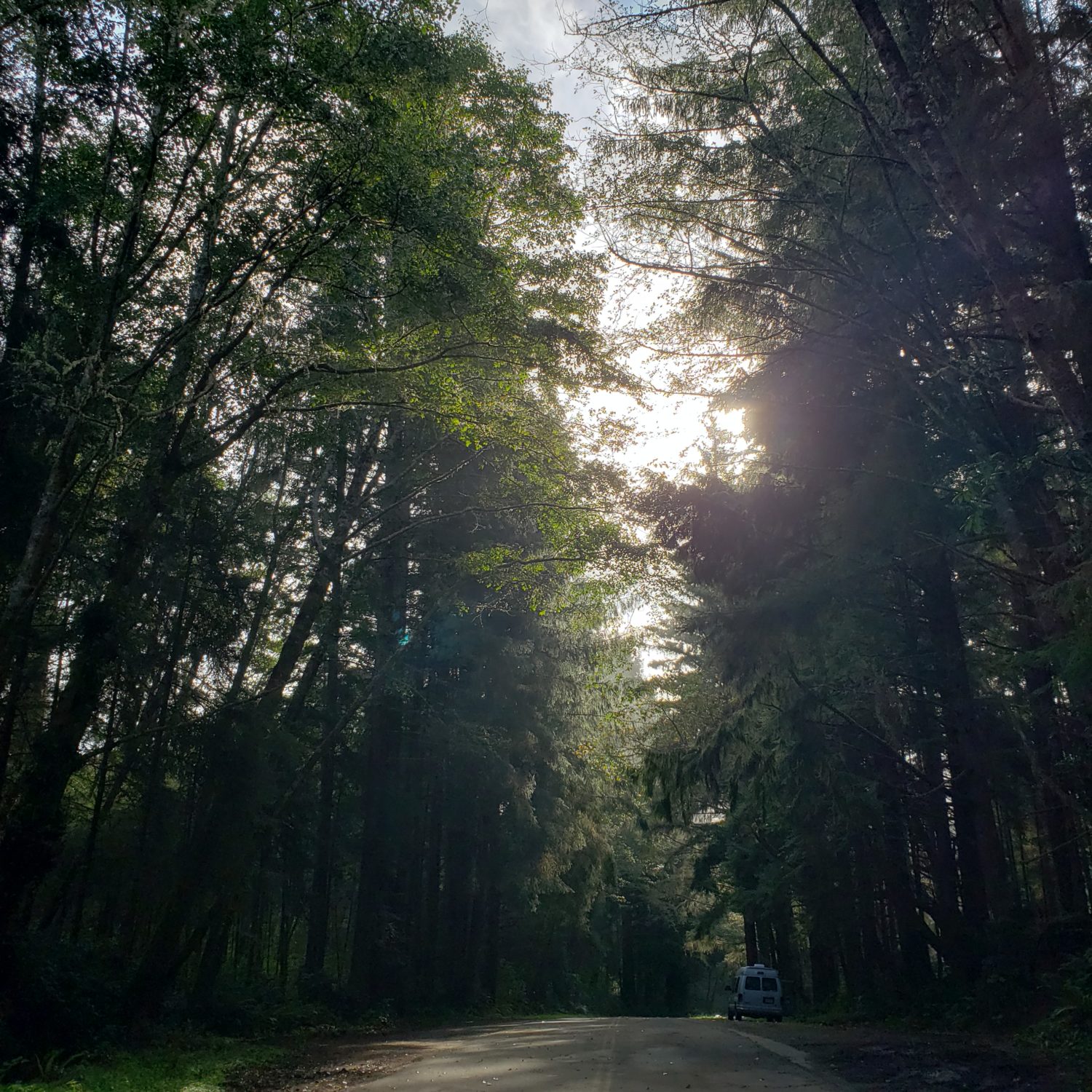
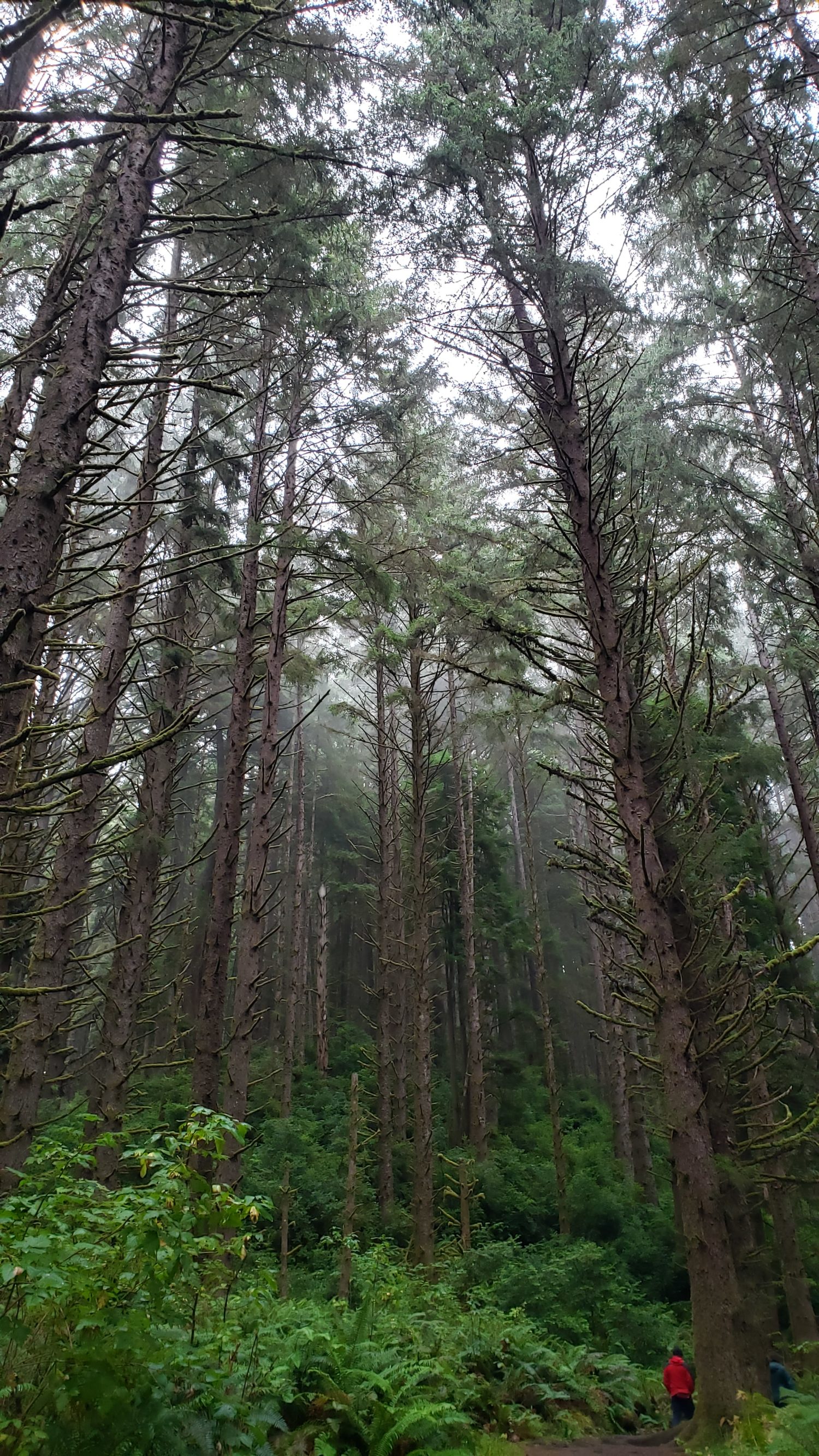
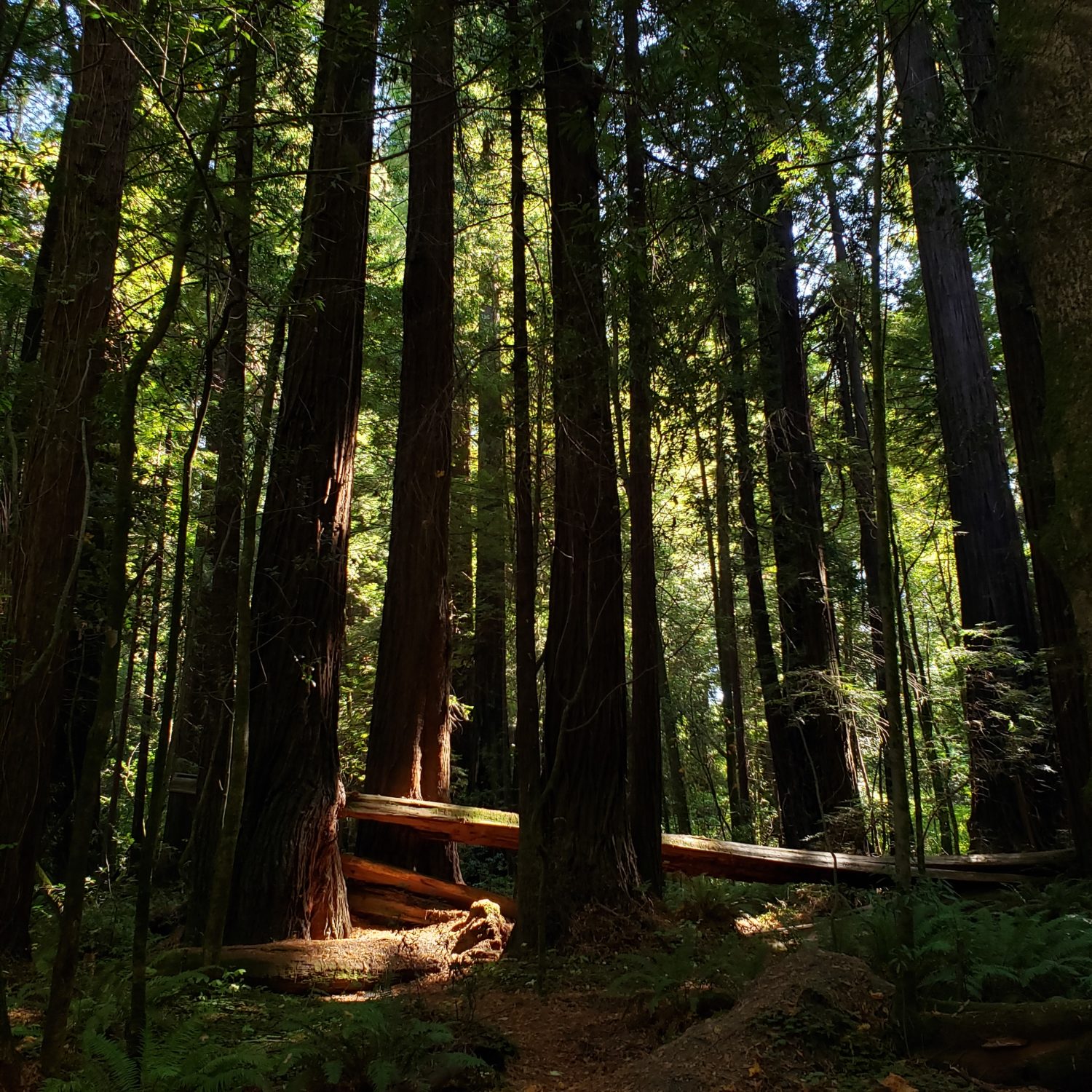
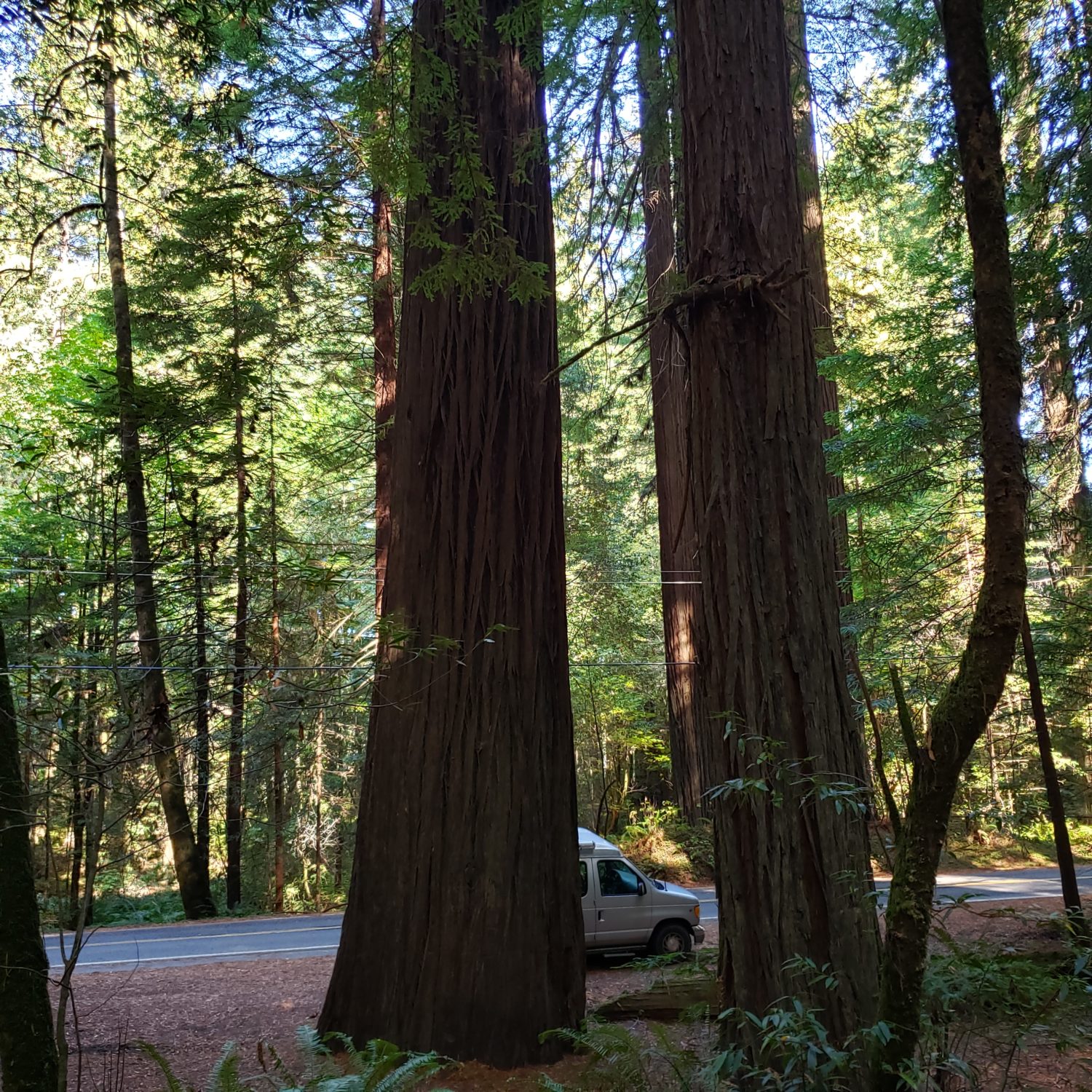
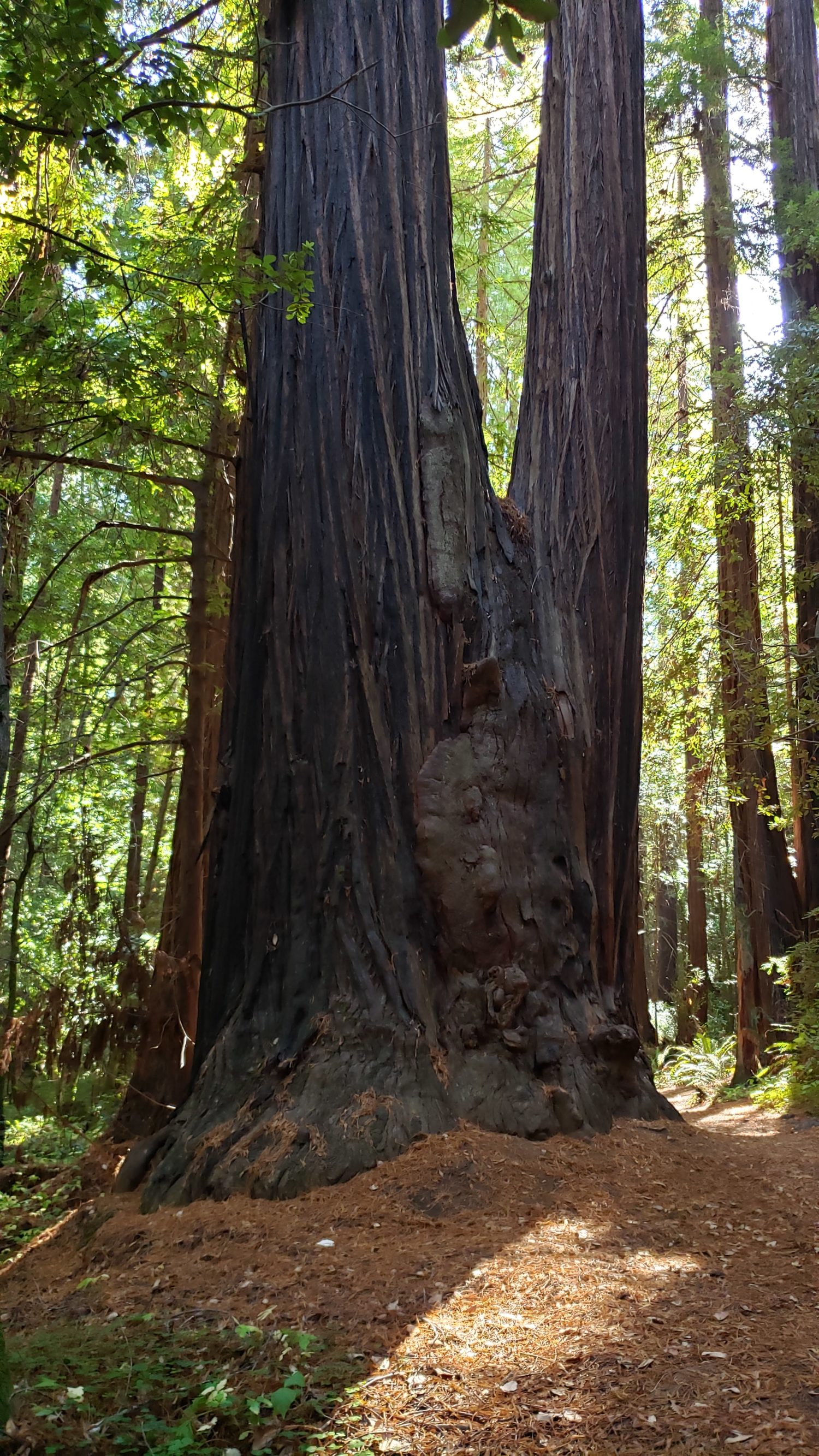
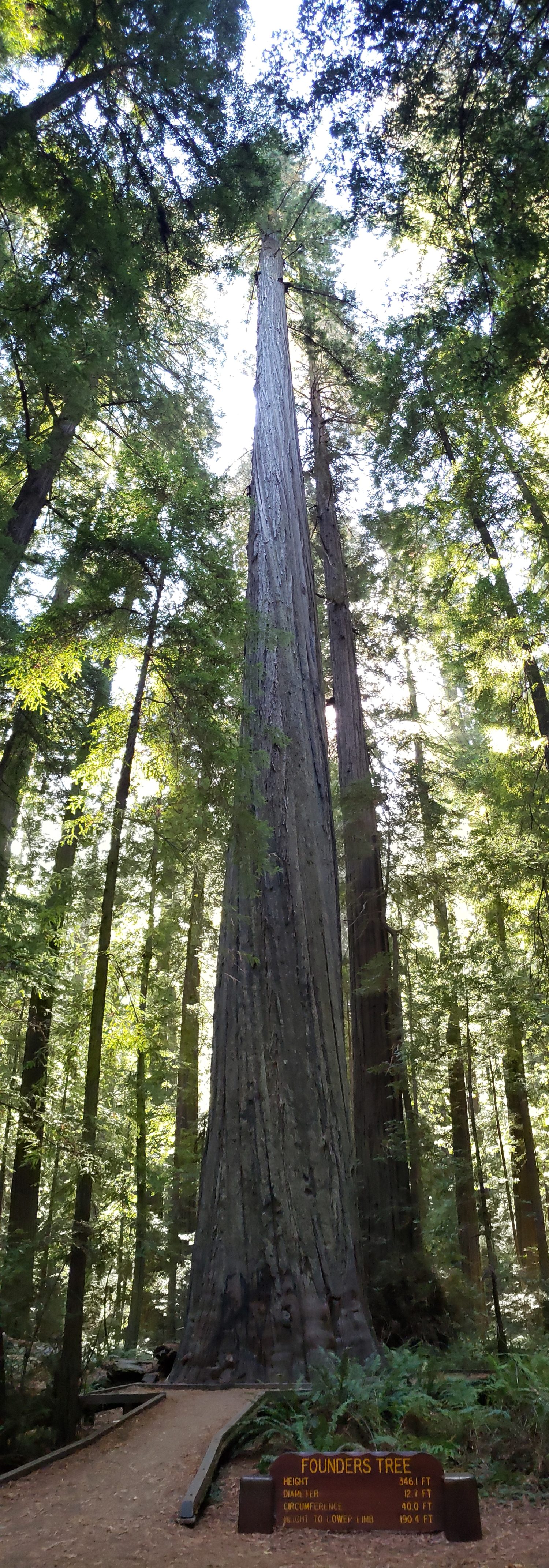
- Bridger-Teton National Forest, Wyoming . . . The Bridger-Teton National Forest is 3.4 million acres of wilderness in Western Wyoming that borders both Grand Teton and Yellowstone National Parks. This area offers so much exploration, it’s easy to find amazing hikes and pristine campsites without the crowds. While I barely dipped my toe into all there is to explore, I was lucky enough to find several idyllic campsites. I took my time in this area, often staying at each site for 5-10 days so I could become familiarized with the terrain. There is something for everyone in this area. So many rivers pass through, providing perfect opportunities for kayaking, fishing, or taking an icy cold bath. Mountains rise up in every direction and in the spring, the meadows turn into a kaleidoscope of wildflowers.
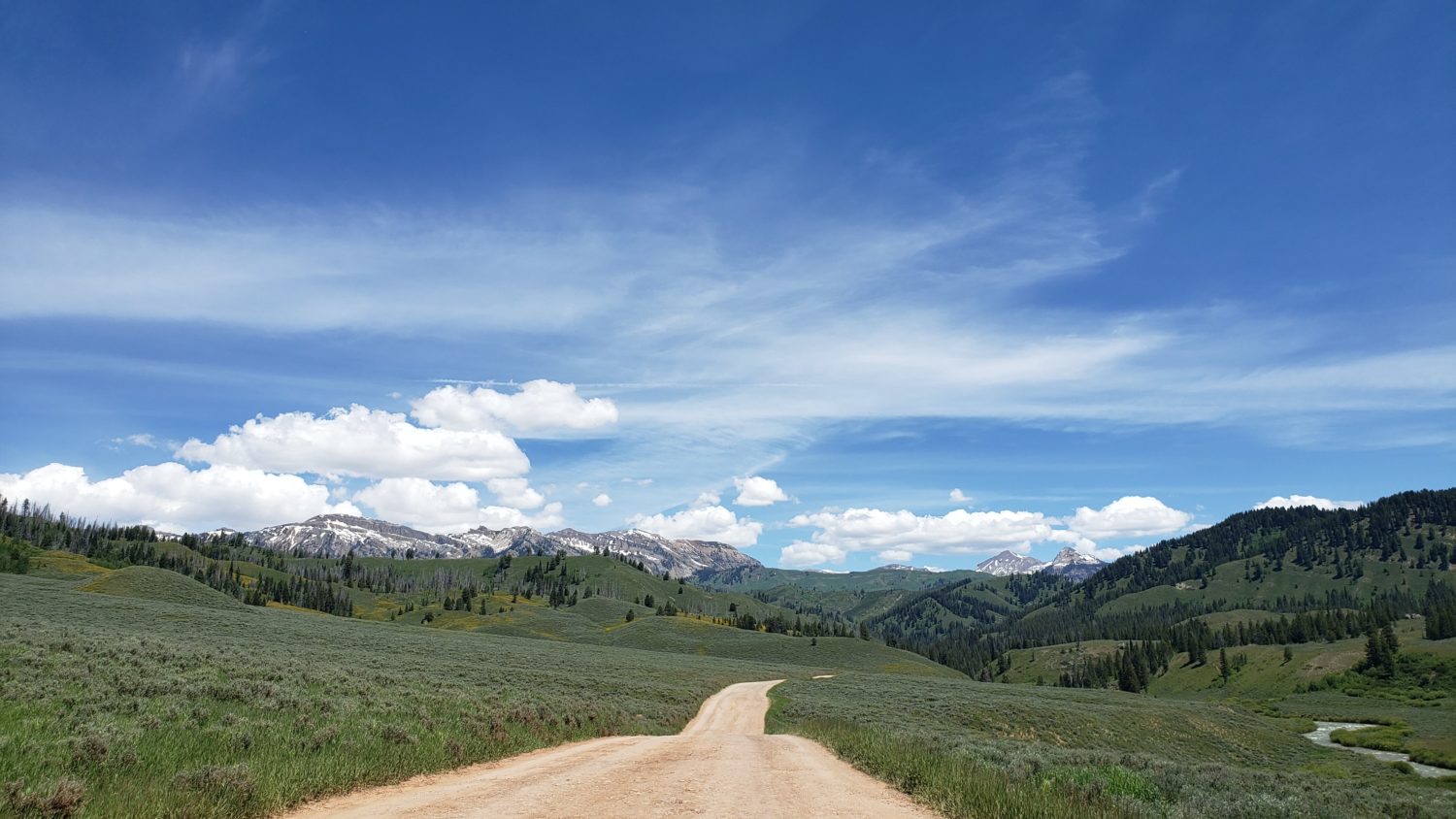
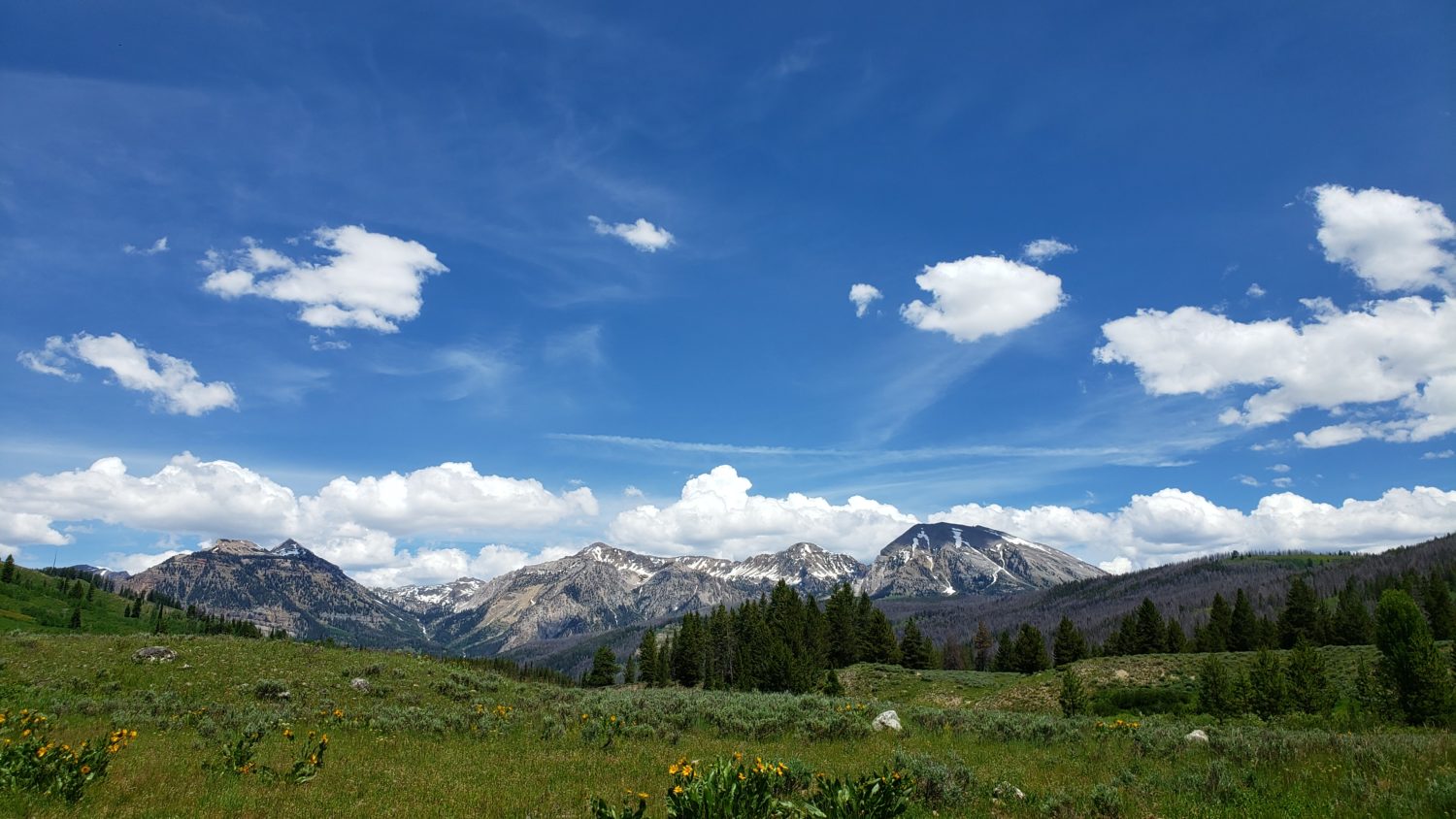
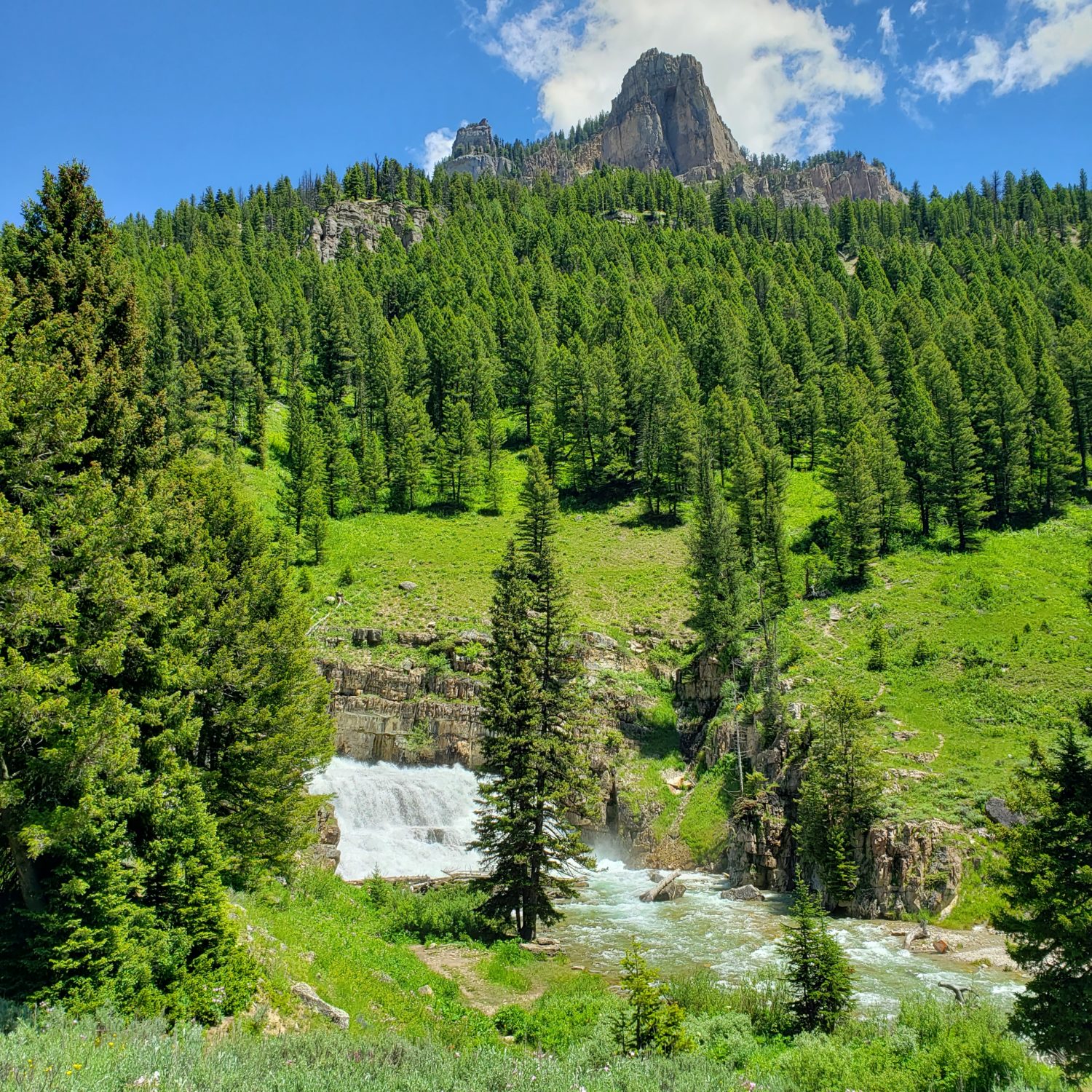
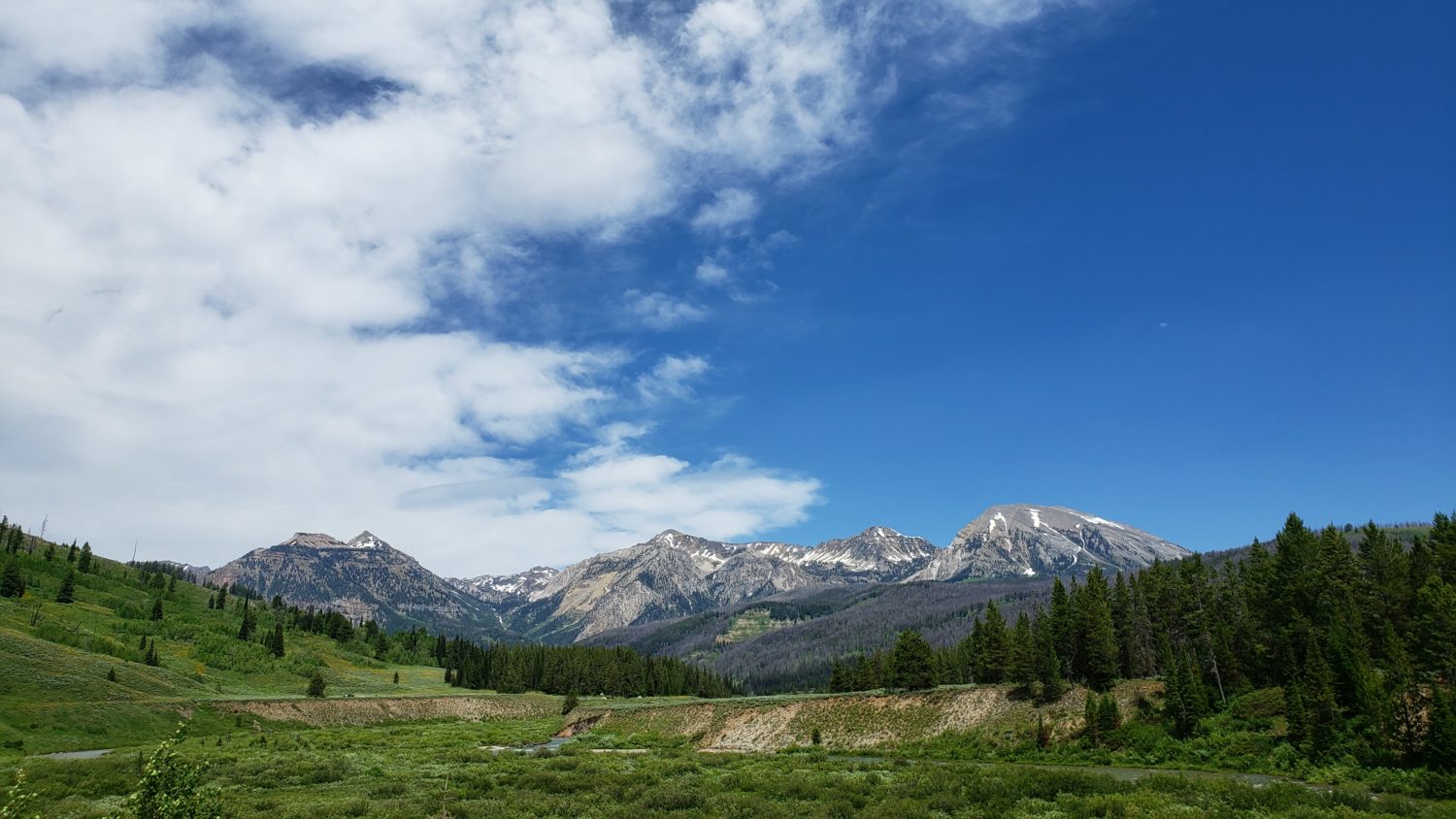
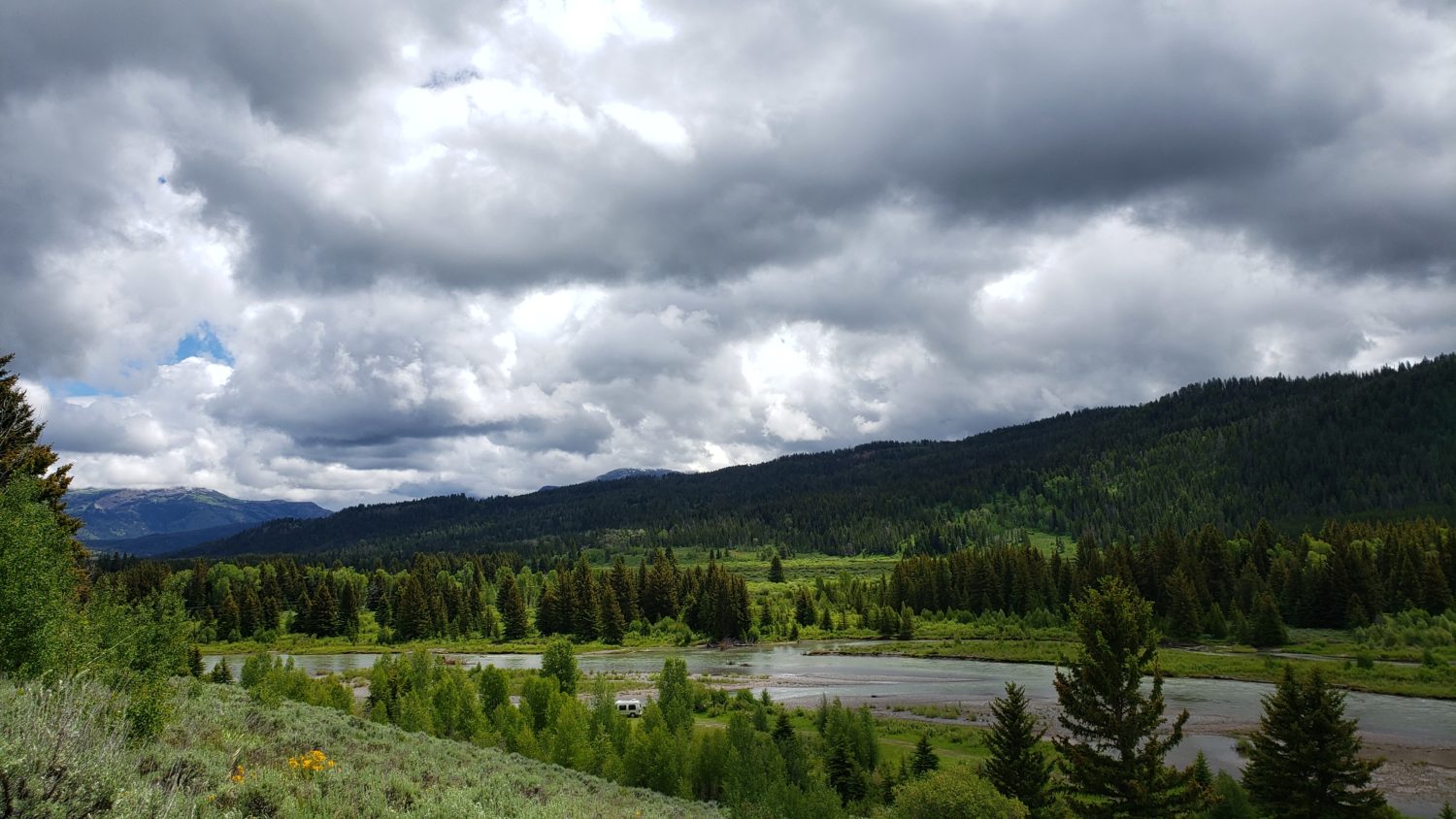
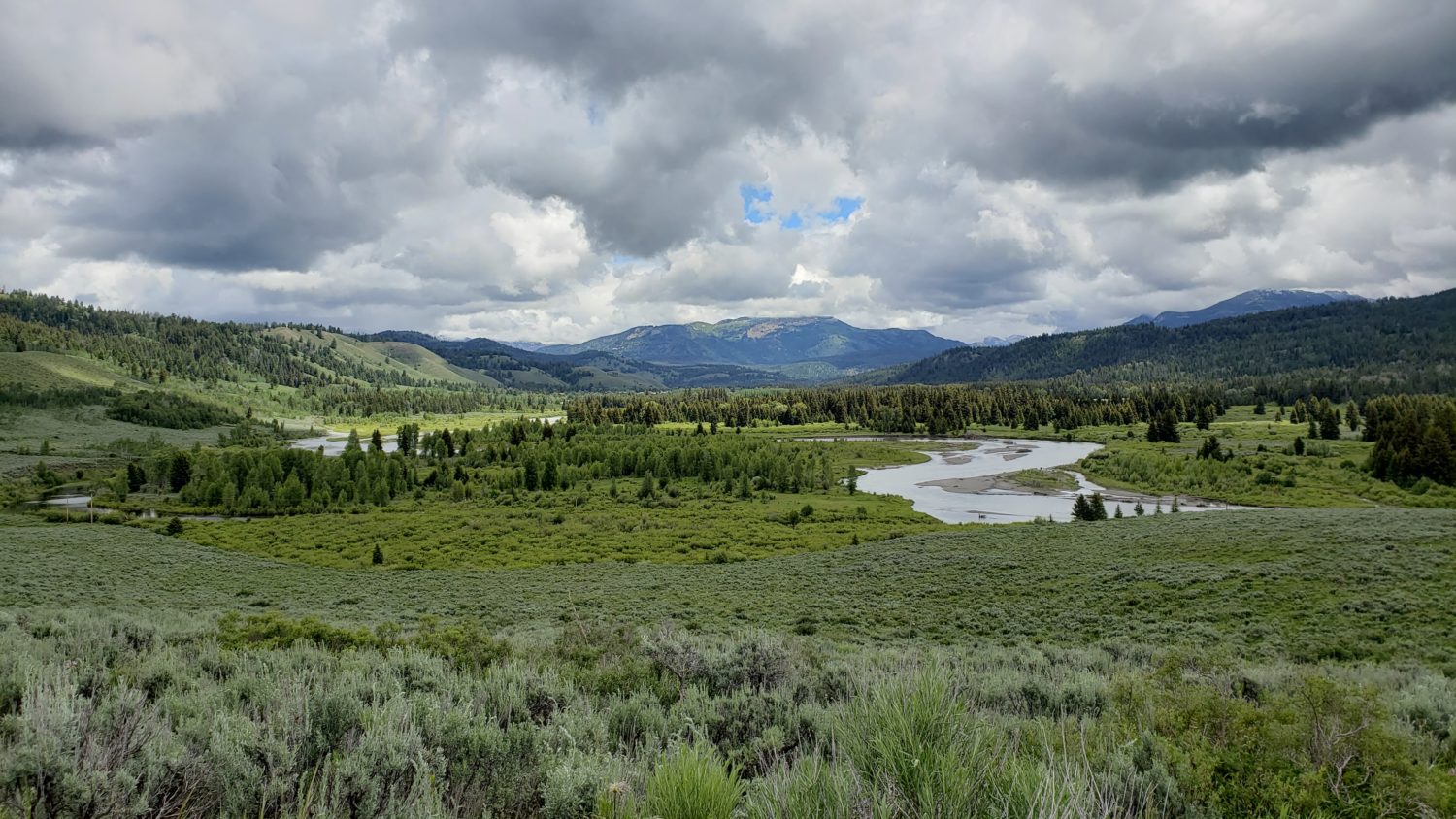
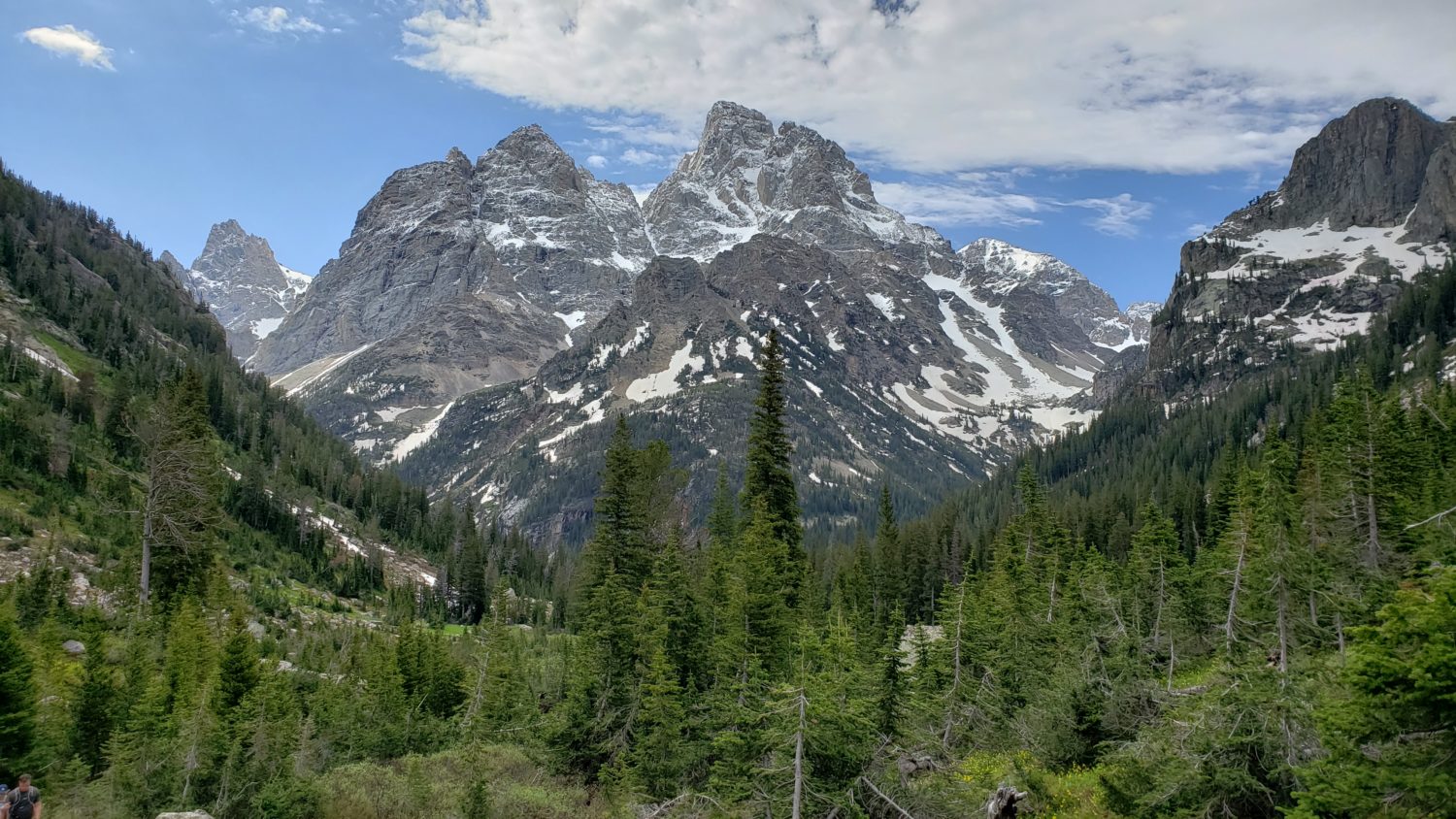
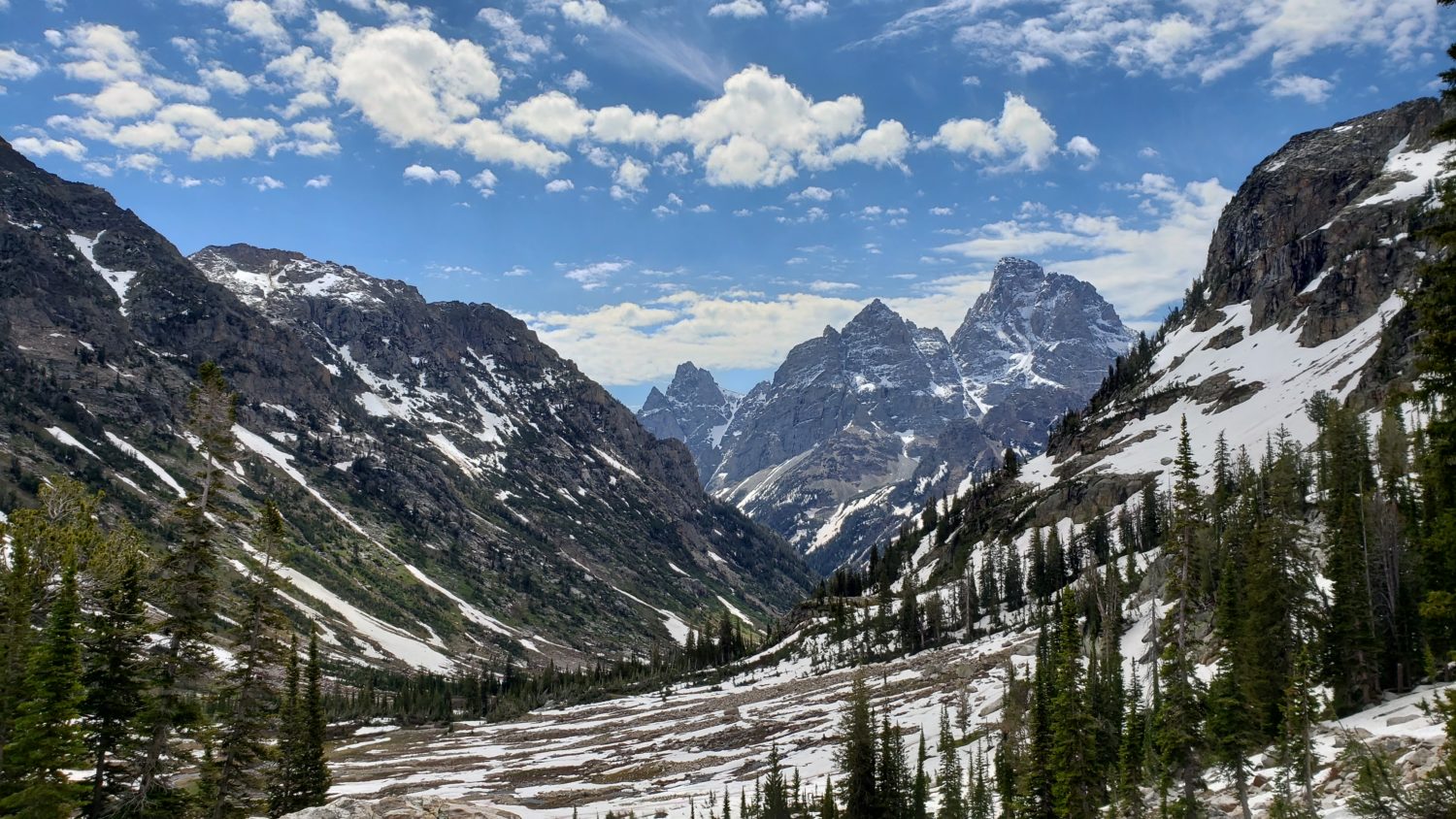
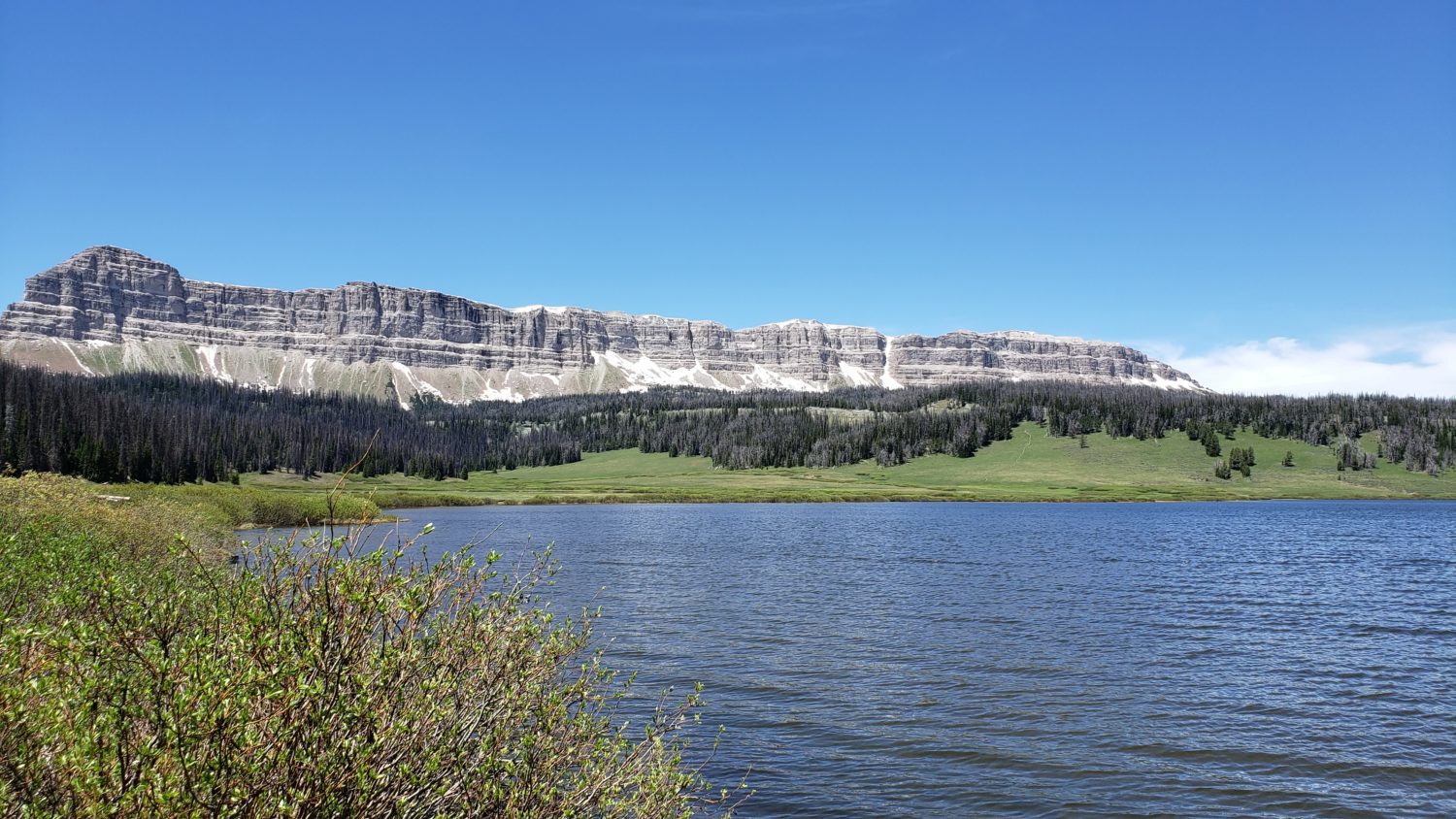
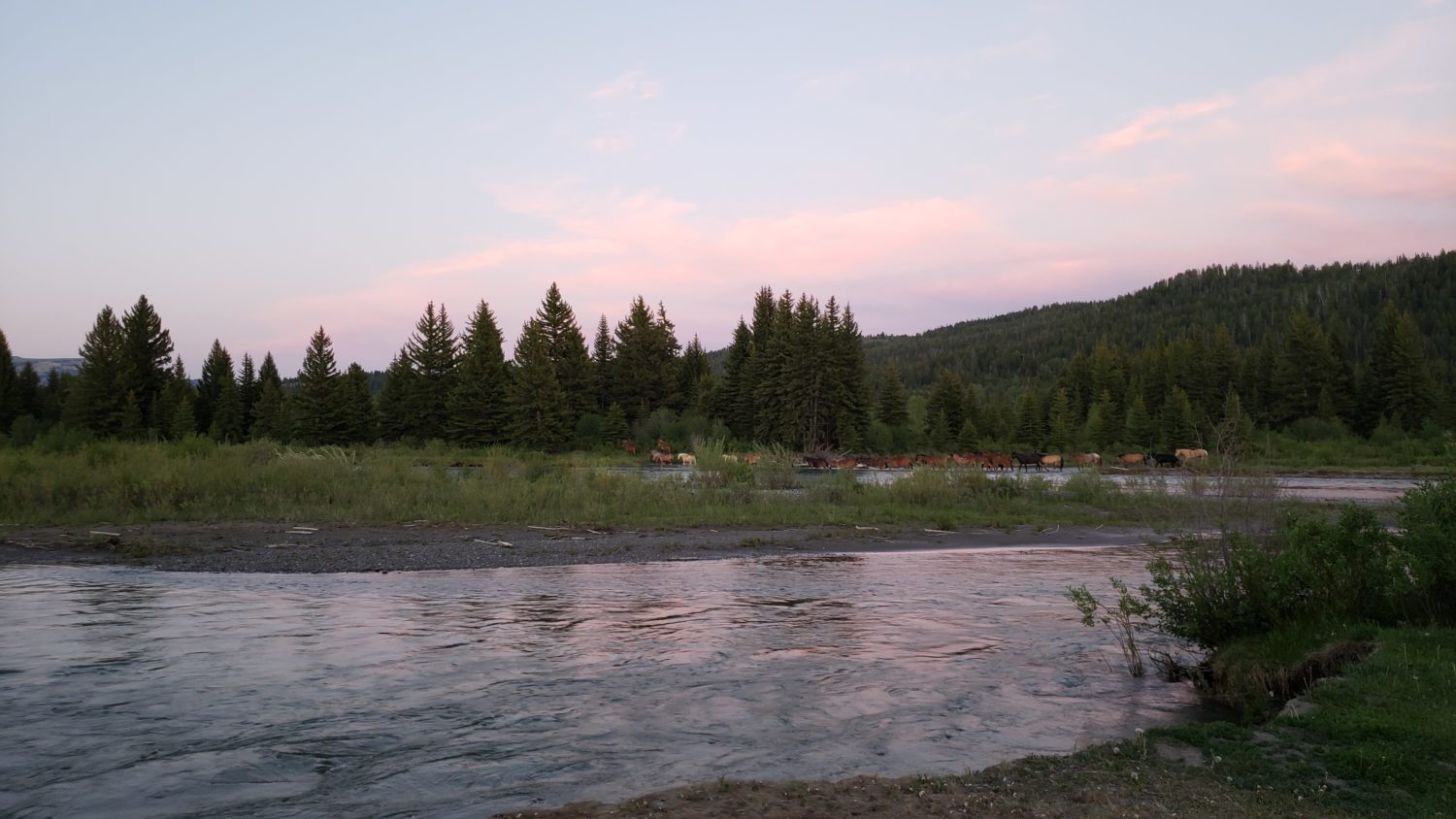
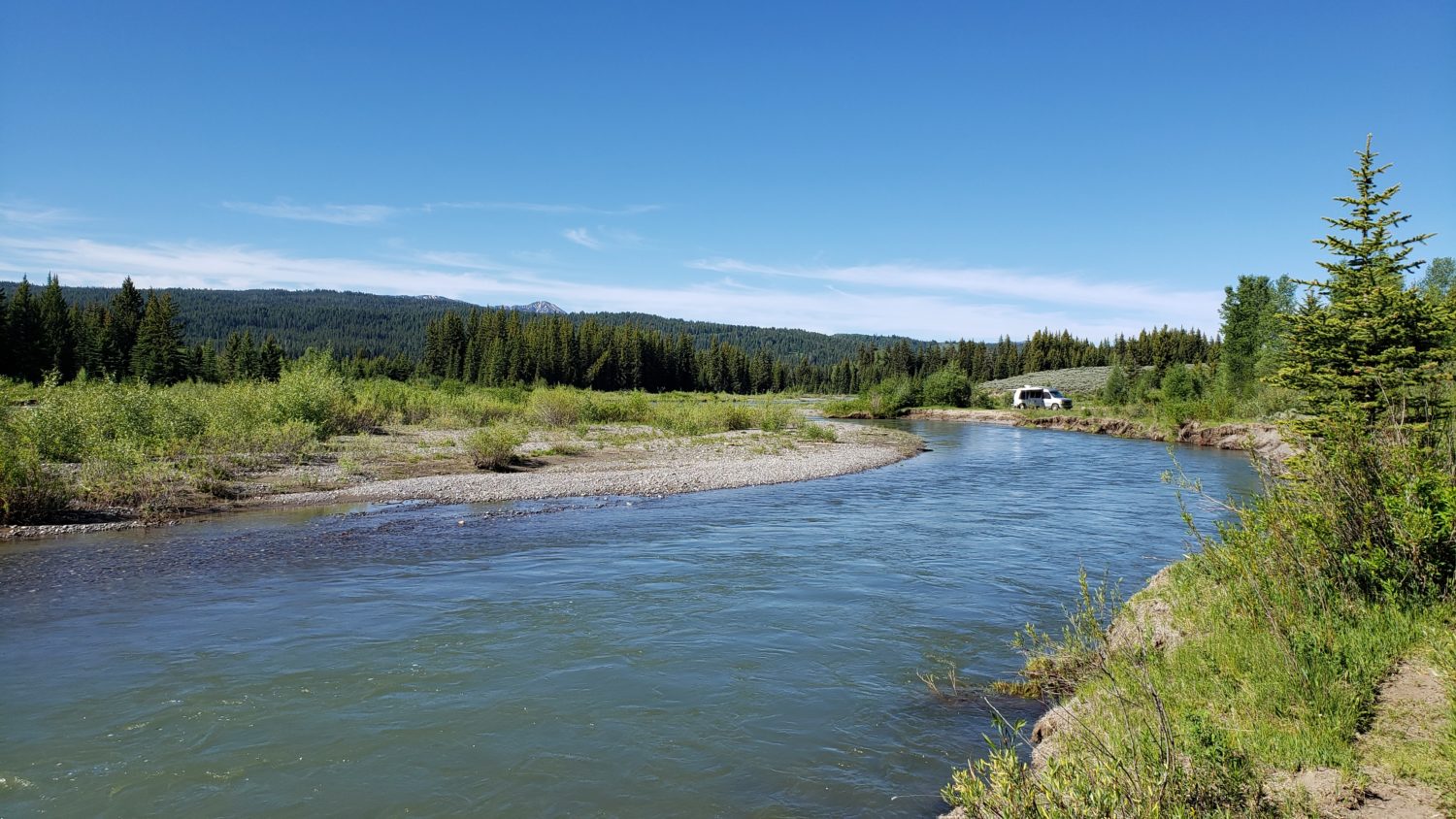
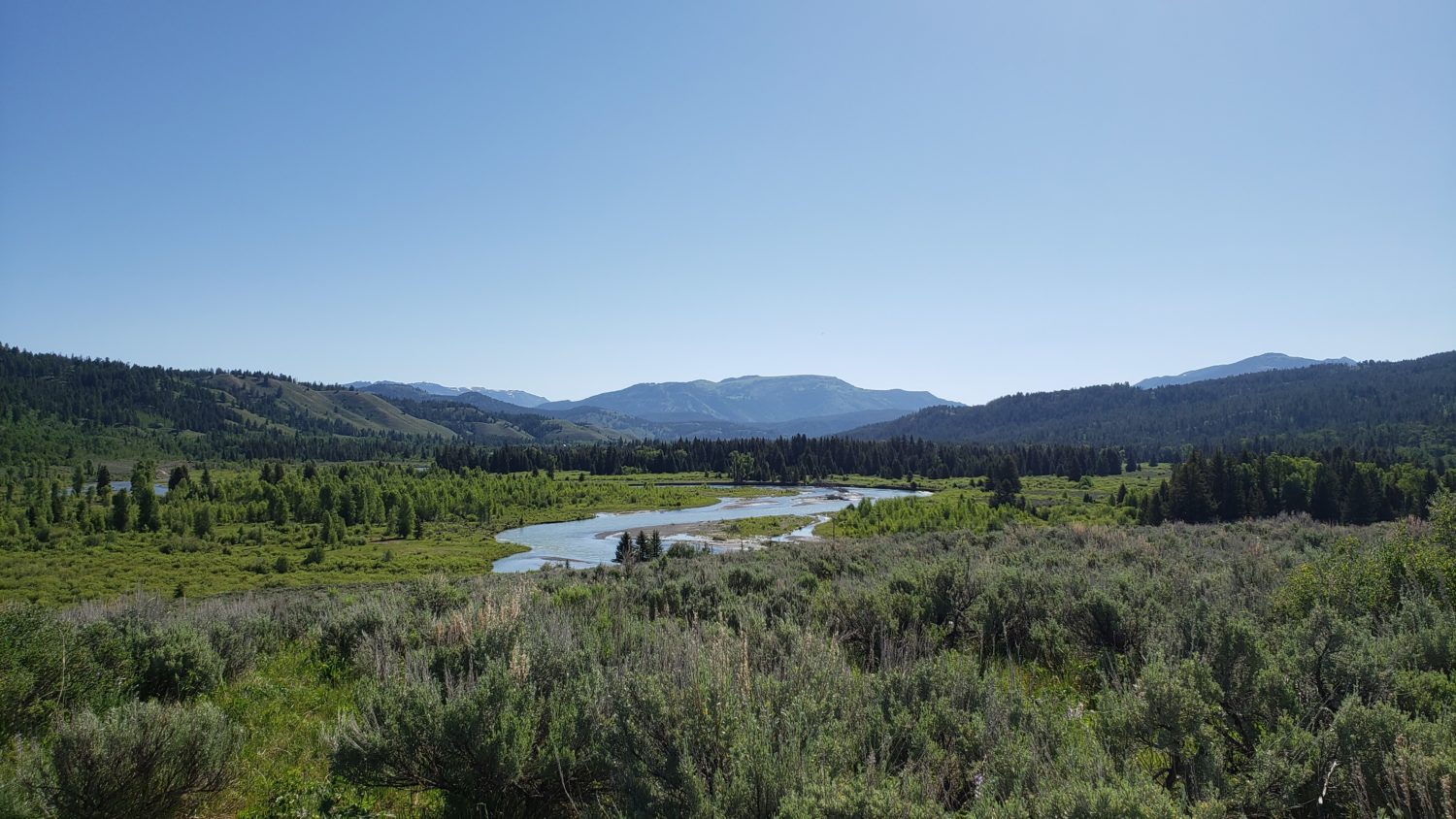
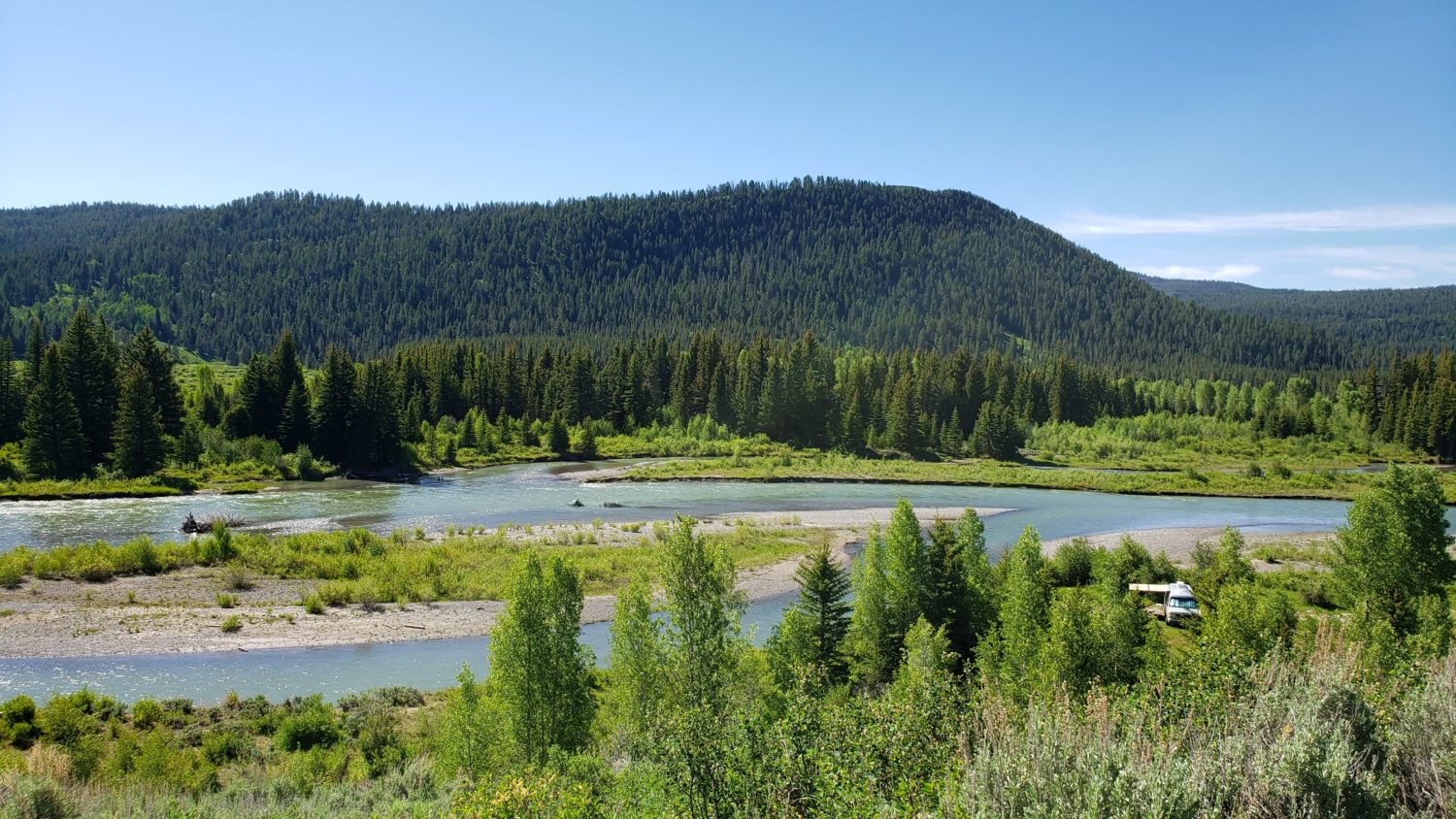
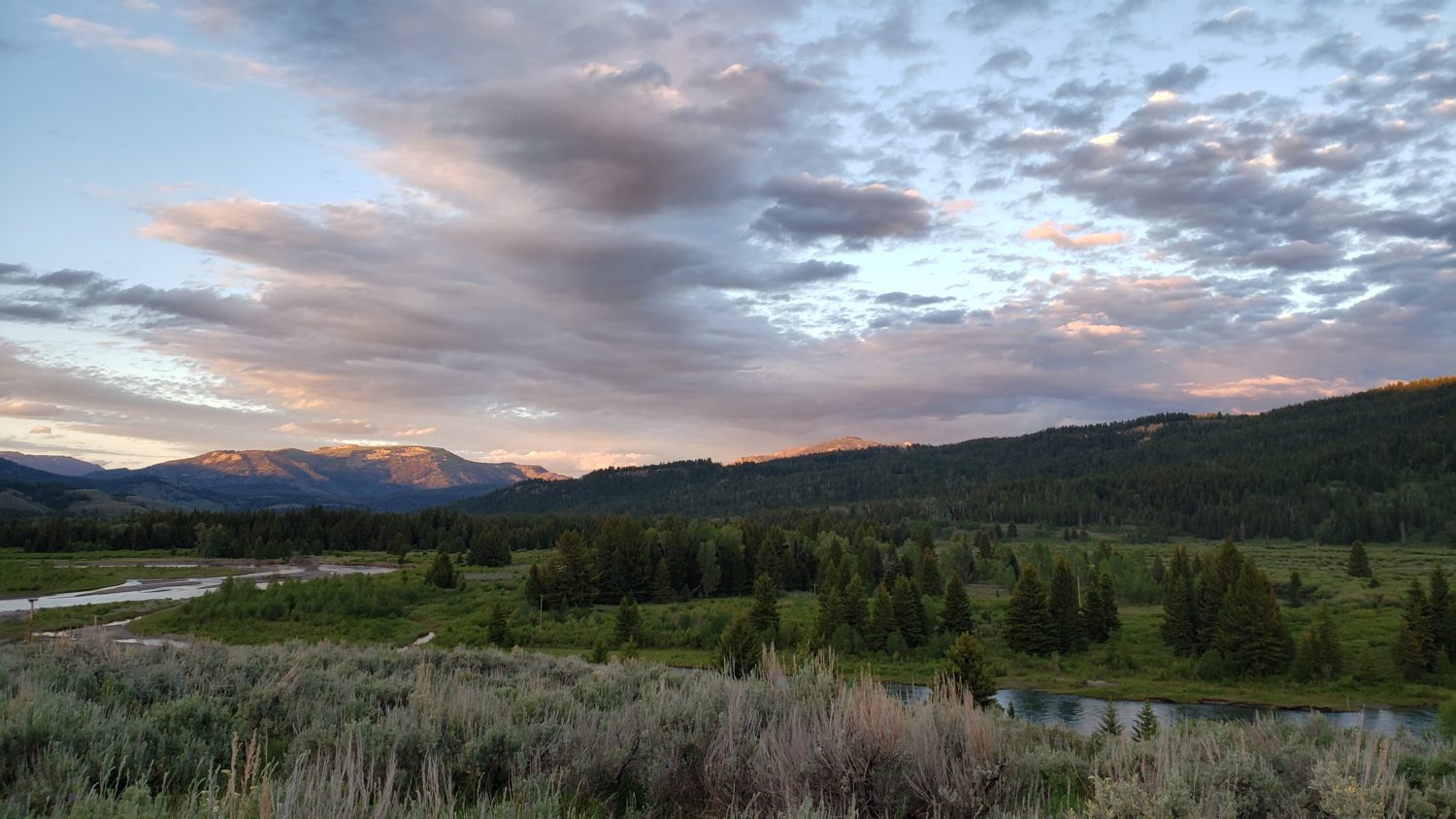
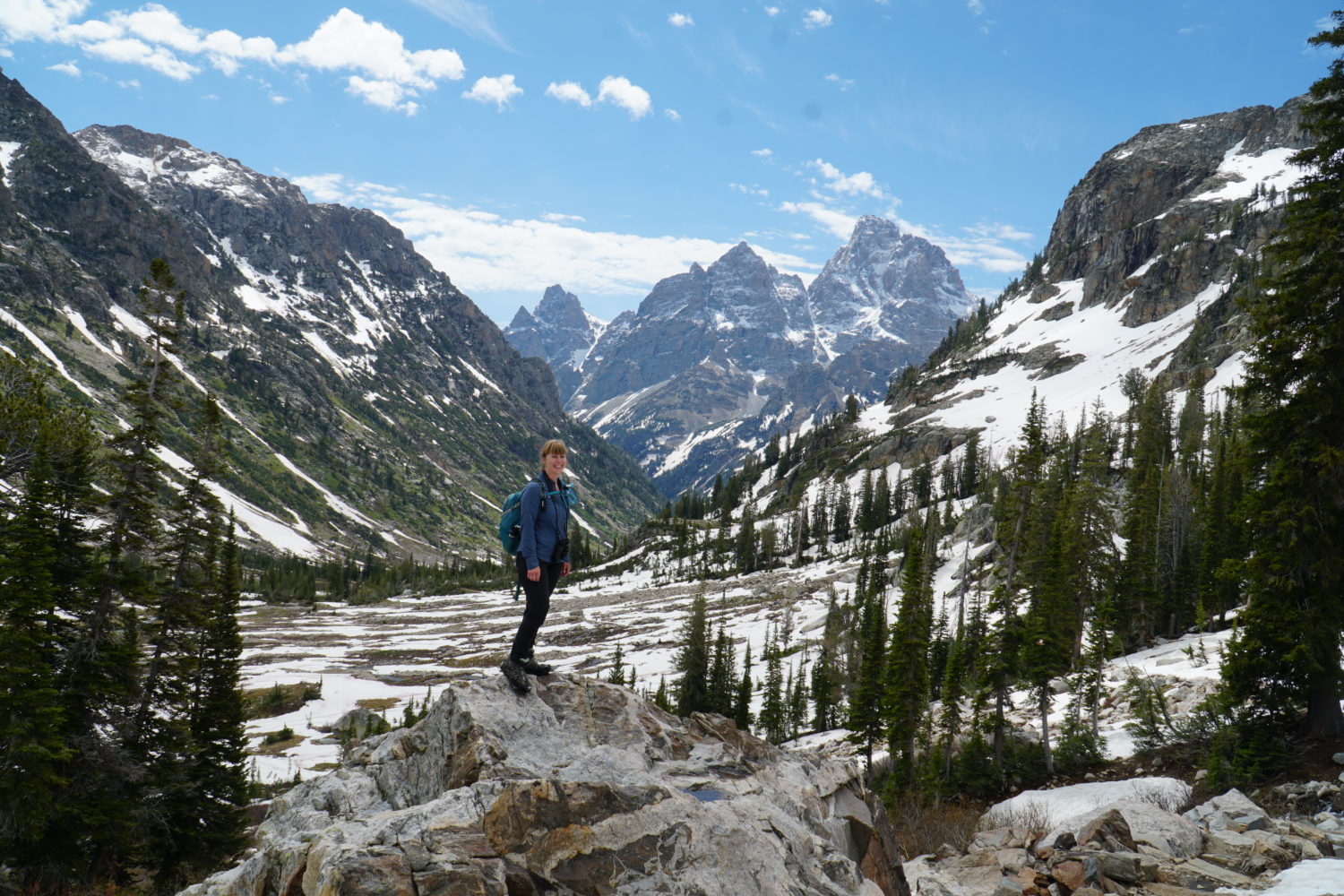
What are your top 3 travel tips?
- To borrow Nike’s slogan: Just do it. What I mean is, don’t overthink it. Don’t let your fears grow louder than your desires. Sure, some fear is good, it’s what keeps us safe and in check, but it can also be stifling. One of the most common questions people ask me is, “Aren’t you afraid?” My answer is yes, of course, I get afraid sometimes, but I keep going anyway. I always think of a wonderful quote from Georgia O’Keefe, “I’ve been absolutely terrified every moment of my life—and I’ve never let it keep me from doing a single thing I wanted to do.” The unknown, in any circumstance, can be terrifying. I receive emails from women who are interested in solo travel, whether it be full-time in a van, part-time in an RV, or even just short trips in their car. My advice is the same for each scenario: start small. Start by staying somewhere near your home. Camp at a state park and get used to sleeping in your rig, hearing the strange noises outside, moving around in a smaller space, and testing out your setup. Ask if your local Walmart allows overnight camping in their parking lot and test that out for a night. Let go of the thought that you’re somehow failing by not diving headfirst into a new adventure. There’s no shame in small steps.
- There’s no right or wrong way to travel. When I started living in a van, I wrestled with vanlife imposter syndrome. Heck, it still creeps up from time to time. I see vanlifers on social media and meet people doing so many amazing things that I don’t do, and I second guess myself. The reality is we’ve all got our own paths and passions, and as in life, those differences are where beauty lives. I’ve crossed paths with travelers from all walks of life, and have learned so much from each and every one of them. Don’t think you need a certain kind of van or a big fancy build inside. I’ve seen people sleeping in everything from tiny cars to tricked-out RVs that were nicer than apartments I’ve lived in. You do you. Forget about what everyone else is doing. Embrace your weird, follow your passions, and if your way of traveling looks different from what you see on social media or other places – GREAT!
- Always have more than one campsite mapped out before you start heading toward it. If you’re camping in established campgrounds and already have reservations, you can ignore this tip. I camp on Public Lands and in National Forests. It’s free, and most allow a maximum stay of 14 days. I use various apps to locate campsites and boundaries of Public Lands. When I first started, I set my map to navigate toward one campsite, then drove in blissful ignorance. Upon arriving, I’d find the site uninhabitable, occupied by another camper, trashed, impossible for my van to drive into, or a wide array of other issues that prevented us from staying there. Then I’d panic and continue down the road, anxiety growing as I searched for a campsite. It’s worse when daylight is fading, or if I’m hungry, or just tired in general. After a few months of self-inflicted stress, I started plotting out multiple potential campsites. I drop pins on Google maps, type descriptions, and GPS coordinates in the notes field of the saved location, and make sure I have several options within a five-mile radius. This method allows me to head toward an area assured I’ll have a place to camp, and it allows me to have options. Nowadays I’m much more relaxed about it. I still use maps, apps, and drop pins, but I’ve learned to let go and trust my intuition. I still always make sure I’ve got plenty of daylight so I won’t feel rushed, which allows me to be more choosey about where we stop and also helps me feel safer when I can see what and who is around me.
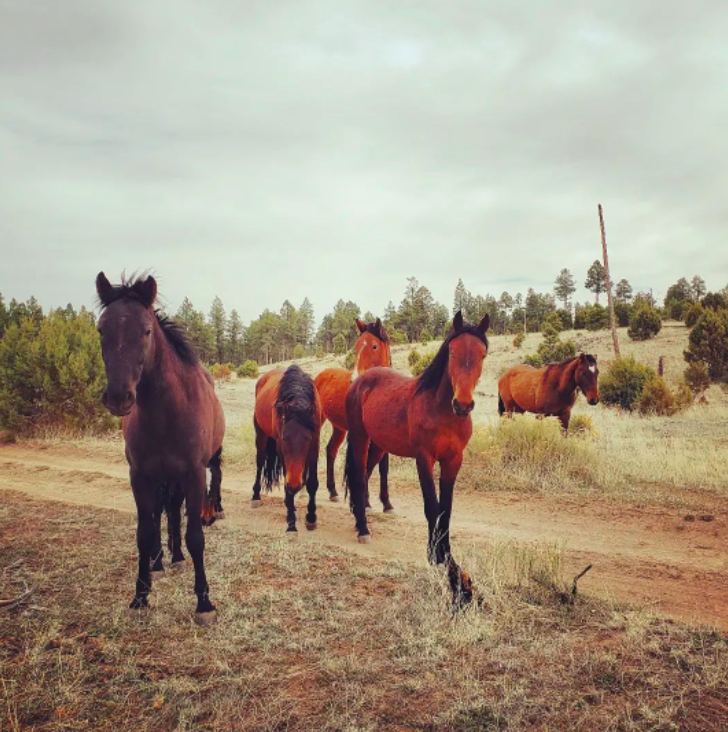
What was your rough set-up cost? And what did you budget monthly? Can you give me exact numbers? What you might be spending weekly/monthly?
I didn’t keep any record of what my exact budget was when initially building the van. I paid $3000 for the van itself and tried to keep build costs low. If you’re reading this and thinking there’s no way you can you could ever afford to move into a van, I’m here to tell you it’s entirely possible. Don’t believe everything you see on social media or think you need fancy things to make it work. You don’t. I’ve met van dwellers with bare necessity setups, and they’re just as happy as people whose vans are more decked out than apartments I’ve lived in.
My lumber was sourced from Craigslist and neighborhood apps. It’s amazing what you can find for free. I incorporated things I already had and prowled thrift stores searching for other bits and pieces. My sink is made from a $3 salad bowl and I found my flooring in the remnants section of Lowes, which means the price was greatly reduced. I didn’t originally build the van to live in it full-time, so it didn’t have a lot of bells and whistles, but it did the job.
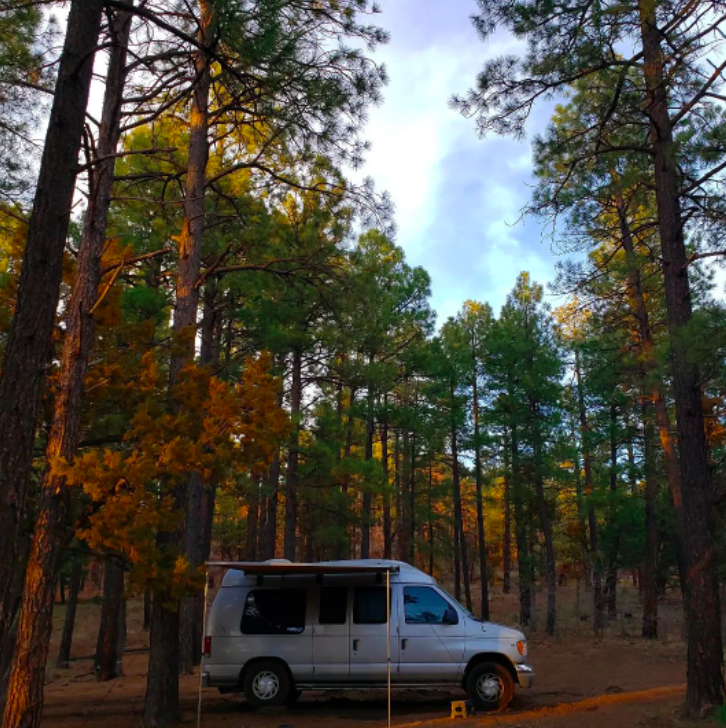
There was a small spike of one-time costs associated with readying the van for full-time living. I added a solar panel, awning, rooftop fan, auxiliary battery, and refrigerator. I didn’t even go for the fanciest versions of any of those items and everything has worked great. I had another spike in costs with the current remodel, upgrading from one gel battery to two lithium iron phosphate batteries, and splurging on a new refrigerator.
As for my monthly budget, when I started, I’d read so many blogs and downloaded so many pre-made spreadsheets by other vanlifers to get an idea of what my monthly expenses would be. I started out thinking my budget would be around $2000/month, so that’s what I used as a gauge to set aside a lump sum to draw from. While my numbers fluctuate each month, I’ve only hit the $2000 mark on the few rare occasions the van needed some repairs. On average, my monthly budget runs between $1200-$1300.
The constant debits each month are health insurance, van insurance, mobile phone, and a subscription for my Garmin GPS device. Those combined are about $400 each month. All other expenses are gasoline, groceries, and dog food.
My biggest expenses are gas and groceries, in that order. I’ve always enjoyed cooking and keep my fridge stocked with fresh vegetables, eggs, and a plenty of staple foods. When possible, I shop at farmer’s markets, local co-ops, or organic grocery stores to load up on my favorite items, then hit a big chain store for cheaper prices on basic necessities. I have Celiac, which means I have to avoid both gluten and dairy products, so my groceries probably run a little higher than the average person. It also means I tend to indulge when I’m in a town with a dedicated gluten-free bakery or eatery, causing my budget to leap. I don’t eat out otherwise, which helps keep costs low.
I like to travel slowly and spend a long stretch in one place. I may spend 5-14 days in one place, which means I’ve got no expenses at all. No two months are ever the same regarding spending.
I don’t know how my monthly budget compares to other vanlifers out there, I’m sure people are living on much lower expenses and others spend much more. I’ve found a balance that works for me, and that’s what matters most.
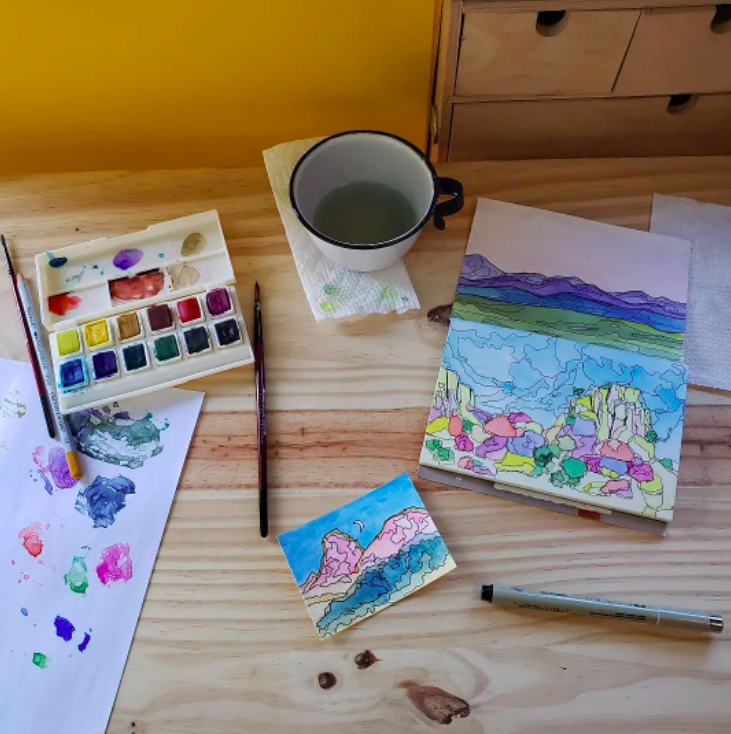
How do you keep yourself and Paco cool in the summertime? Do you find that the weather is problematic?
I usually try my best to keep us in comfortable climates, but we do occasionally get caught in weather that’s a bit too hot or a bit too cold.
In warm weather, I usually have the doors opened all day long to let a breeze in. Thankfully, most of the places we are in the summer – Montana, Wyoming, and Idaho – tend to have cooler nights. Sleeping in hot weather is the worst. I installed a MaxxAir fan in the roof and it can either blow cool air in or suck hot air out. I have a small, portable, battery-powered Ryobi fan that I point directly on Paco to keep him cool. I have an awning attached to the outside of the van and I’ll pull that out for shade. That alone keeps the van surprisingly cool. I made thermal inserts for all of the windows and put those in on the side getting blasted by the sun, and that keeps the heat at bay. If the temperatures get too hot, I seek out a campsite near water, or we simply move to where the weather is a little more pleasant. Camping in hot weather is by far more uncomfortable than camping in cold weather.
I always keep an eye on the weather. I pull up the weather forecast for the area I’m headed to before I get there in case I don’t have a signal when I arrive. If I know rain or snow is in the forecast, I make sure to park somewhere I won’t get stuck. We’ve definitely been through all sorts of crazy weather, so I’ve got an arsenal of ways to keep ourselves comfortable and safe.
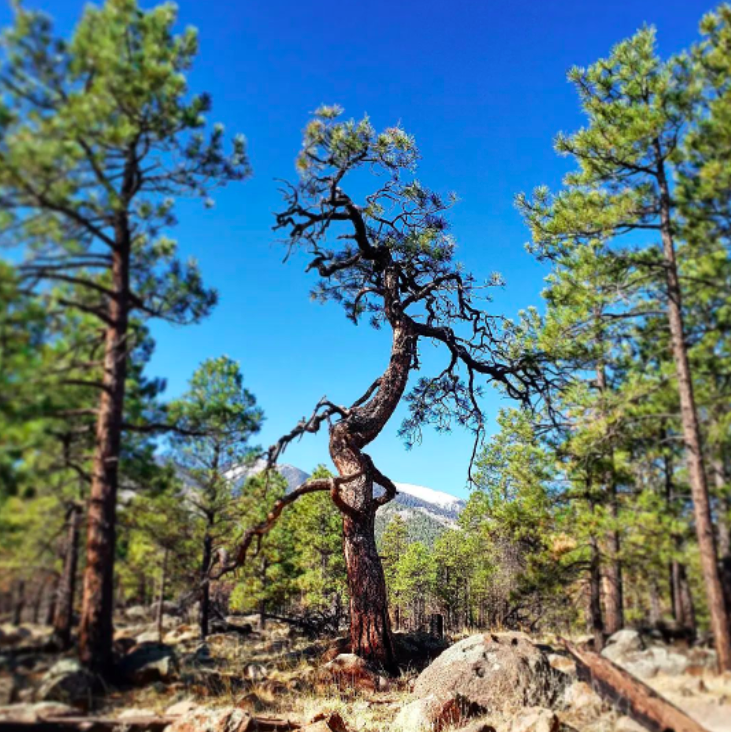
When talking about your kitchen items, what do you use to cook? A hot plate? Can you explain your food choices and how frequently you cook? What do groceries look like? Did I ask if you eat out all of the time?
All meals are cooked on a Camp Chef Everest two-burner propane stove. Since I enjoy cooking, it was important to have a stove large enough to fit two pots/pans to allow for more versatile meals. I did a lot of research on stoves and this one consistently received high ratings. Having spent a full two years of twice-daily use with it, I too join its choir of praise. I bought the stove before completing the build of my van and built a cabinet specifically to fit the stove. I can’t say enough good things about it.
Before my recent battery upgrades, I boiled water in a kettle on the stove every morning for coffee. Now, I use a small collapsible electric kettle to heat water for both coffee and oatmeal. It has come in useful on many occasions for a quick coffee during a long drive, makes for a quicker clean-up, and cuts down on propane use.
Recently, I splurged and purchased an Omnia oven. It’s a small oven that sits on top of the propane stove and allows me to bake and roast foods, just like a conventional oven. I’ve only used it a few times so far, but I’ve been pleased with the results. I was able to make delicious banana muffins and roast potatoes to a perfect crisp. I have a gigantic sweet tooth, but the gluten-free baked goods I find along the way are often overpriced and disappointing. Now I can save money baking my own treats and use healthier ingredients too. I really missed roasted vegetables, so I’m excited to have that option again with this little stove.
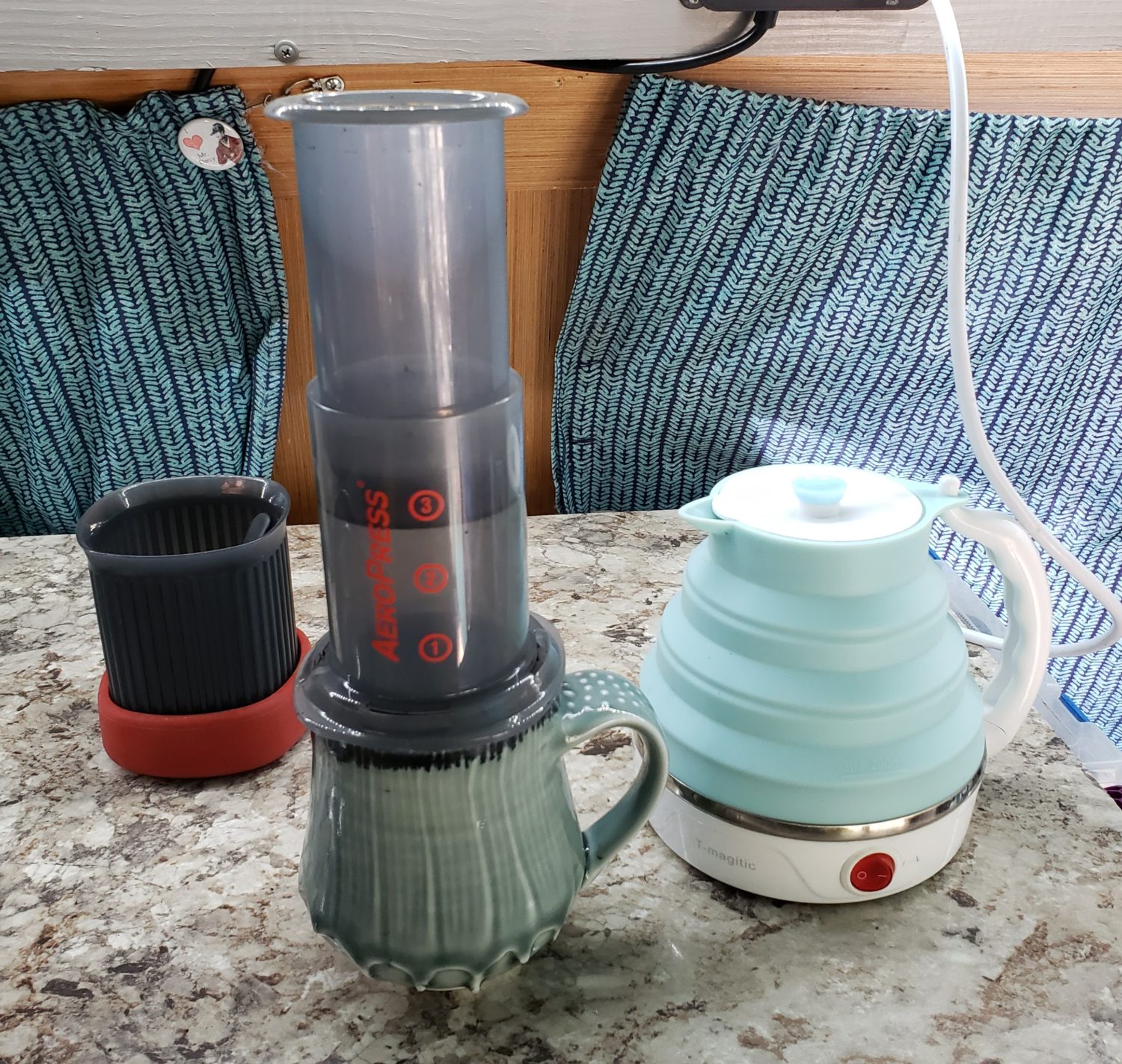
How do you feel about safety? Do you consistently have wifi/a service connection?
I do not consistently have a service connection. In fact, in Utah and Montana, I’d say I was more frequently without signal. I’m grateful to not need a constant connection. I’ve gotten so used to not having it, that even when I do have a signal, I switch my phone into airplane mode to keep from falling into “endless scrolling” oblivion. It is so wonderful to be removed from everything from time to time. Unless there’s a reason I need to have a connection, I don’t even bother to look at maps or apps to know whether I’ll have a signal at my destination.
As far as my overall safety, I can honestly say I feel 100% safer when I’m camped out in the middle of a forest with no cell signal than when I’m camped within close proximity to a town. I’ve got various means to protect myself, which I’m not going to list here, for understandable reasons. Paco is a good first alert system. He goes into full defensive mode if anyone gets within 500 yards of our van, and I admit, I don’t always command him to back down. He may look like a cute and sweet dog, but he’s quite protective of me and our home once we’ve staked out a campsite. He also has a specific, quieter woof that lets me know something is afoot, whether it be a person, elk, vehicle, or bear nearby.
I’ve gotten very tuned into listening to my gut and trusting my instincts. If I pull into a spot and something feels off, I leave. I don’t even question it. If a camping neighbor’s presence makes me uncomfortable, I can easily pack up and leave.
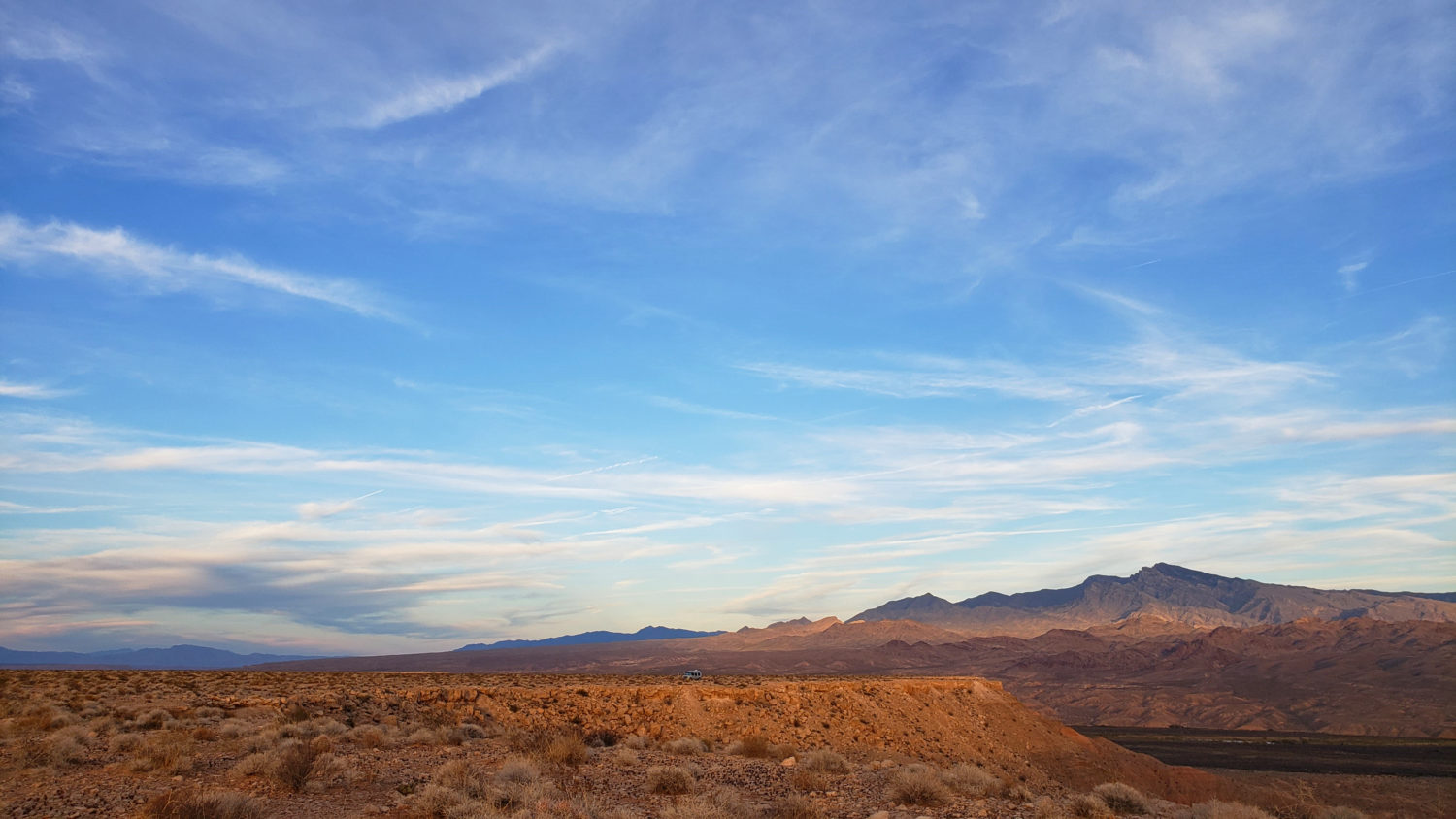
Do you feel comfortable sharing your route? Or at least your starting route back in 2020?
Route? What’s that? Ha! I have no route. No plan. No agenda or idea of where I’ll be one day to the next. I move with the weather. If I find a place I like, I’ll stay there as long as my water supply allows, which is 12-14 days. If it’s just an okay place, I’ll spend a couple of nights and check maps and apps to see where I want to go next.
When I first started, Montana was my #1 destination, so I suppose everything leading me there would’ve been my route. Despite having spent these past two years only in the West, there are still so many places I’ve yet to explore. The West provides a multitude of Public Land options, which means free camping, but I’d also like to explore the Midwest a bit this year.
I’ve included a screenshot from my Garmin GPS device that shows everywhere we have camped so far. Each red flag is a campsite. I drop a pin so I can find the van when we go out on hikes, and also to keep a record of our travels. As you can see, there is a vast space in the center I’ve yet to explore, but, who knows where I’ll go? I’ve learned the more I let go of trying to control or plan where we’re going, the more often I find myself stumbling upon an amazing campsite, meeting incredible people, or being led to towns I never knew existed. As with everything else in life, when I let go of how I think things should be, I’m led to experiences that existed beyond the confines of my imagination.
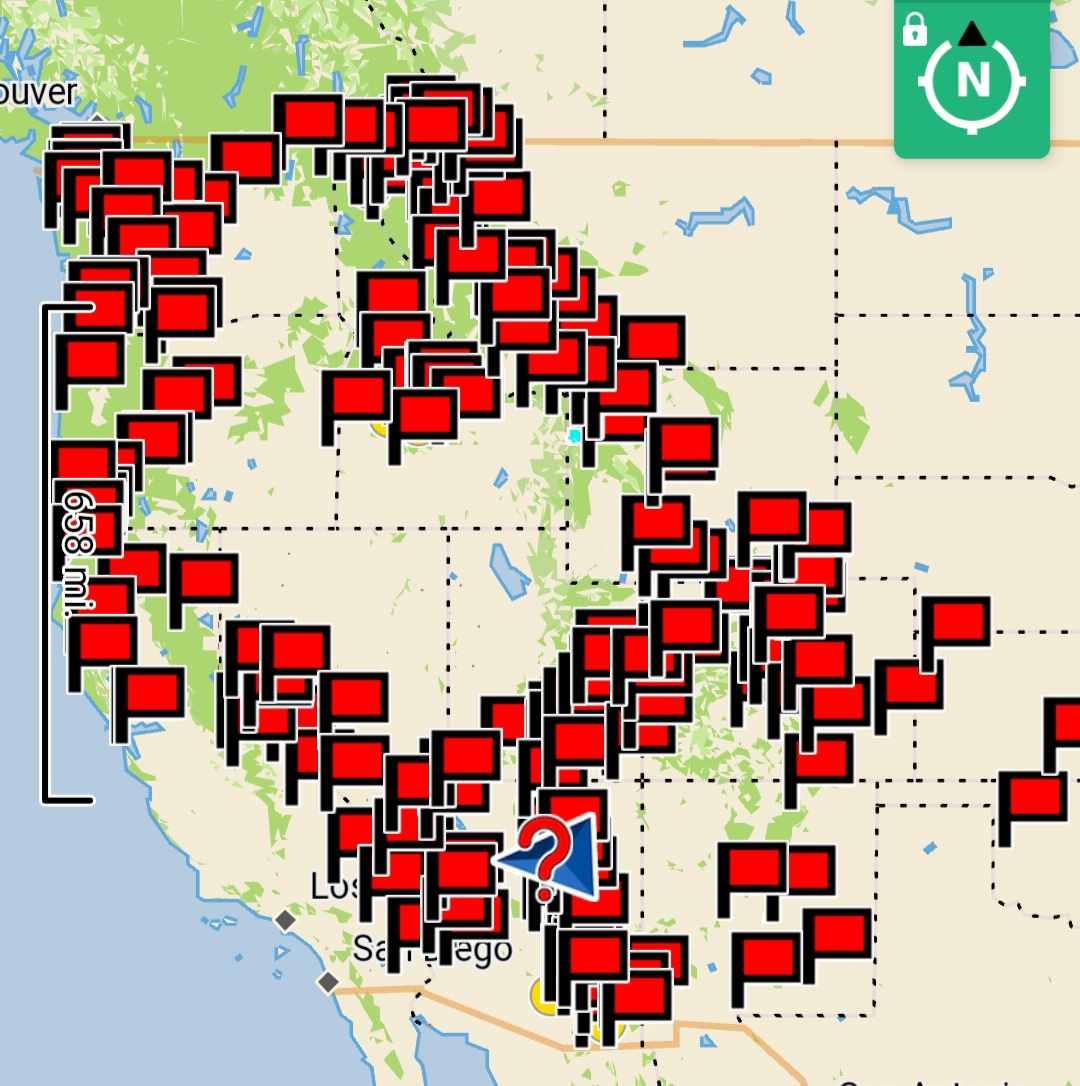
What is your process for showering and bathroom things? Are you always stopping at McDonald’s? Or do you have a country-wide membership at the Y? Do tell!
Everyone’s favorite question they’re not always sure if it’s appropriate to ask or not is, “Where do you poop?” It’s amazing how frequently and easily this topic arises among van dwellers. I’m so used to being asked about it that any sense of taboo has long worn off.
Let me preface my response with this: if you’re thinking about moving into a van and are horrified by what I say below, don’t fret. Don’t throw in the towel just yet. There are a million different ways to handle these situations and my advice is to do what feels most comfortable to you. I get it. If I’d read my response two years ago, my face would probably have the same expression as yours, yet, here I am, doing exactly this. There are fancy toilets you can incorporate into your van build. You can choose to always camp in a campground with facilities, or camp in town so you have easy access to public restrooms. You’ve got options. Lots of them.
I bought a cassette toilet when I first built my van. I chose this specific one because it fit into my build, not because there was anything special about it. A cassette toilet has a toilet seat installed over a small, removable waste tank. When the waste tank gets full, I empty it. Mine holds 2.5 gallons and I only use it for pee. All toilet paper goes into the trashcan, not the toilet. When you camp out on Public Lands you find toilet paper EVERYwhere. It’s horrible. Sometimes there’s even a great big pile of dried poop attached to it, which is even more pleasant. I like having the ability to pee inside because who wants to step out into an 18-degree morning to do your business when you can stay inside where it’s nice and warm. I’ve met women who use buckets, old-fashioned chamber pots, jars, the great outdoors, fancy composting toilets, and cheaper homemade composting toilets. I’ve even met women with vans far fancier than mine who don’t even have a toilet of any sort.
This leads me to number two. This is where your face will probably scrunch up thinking, “eww, gross!” Most of the time, I either poop outside or in small garbage bags. The latter is easy, and clean, and I don’t have to worry about my neighbors watching me cop a squat outside. I do do (see what I did there?) that also, dig a cat hole, do my business, and bury everything deep enough so the next campsite visitor doesn’t have to look at it. I actually prefer the bag method, though. As odd as it sounds, it’s a far less intimate encounter than I have with Paco’s poop when I have to pick it up in public. I’m rarely in a town or near a place with a toilet. The most common option at campgrounds, National Parks, and trailheads are pit toilets. Those are essentially permanent porta-potties and are rarely clean. I swear, every time I’ve stopped at a pit toilet thinking I’ll use it instead of my own, it’s a horrible mistake that triggers flashes of the bathroom scene from Trainspotting. With the bag method, #1. it’s always clean, there’s always plenty of toilet paper and baby wipes, and I’ve got a real sink with soap and water to wash my hands afterward. Again, do whatever makes you feel comfortable.
As for showering, well, that happens far less than I should probably admit. When I’m out in the wilderness for an extended time, I honestly don’t even worry about it. I use baby wipes to remove the top layer of grime if it gets too bad. During warmer months I’ll seek out a lake, river, stream, etc., and use that to wash off. I always clean up before I go into town for groceries. My mindset is just because I live in a van doesn’t mean I want people to think I’m homeless based on my appearance. I have a Simple Shower, a tiny shower head that screws onto a 2-liter bottle. I use that to wash my hair, which gets washed far more frequently than my entire body. Depending on the weather and the situation where I’m camped, I’ll enclose the back of my van to act as a shower stall. I guess this is all to say, I find ways to stay clean that might look different from one week to the next. If it has been a really long stretch between showers, I’ll stop at a truck stop. That runs about $15/shower, so it isn’t a frequent option. Last year while driving along the Washington, Oregon, and California coasts, I found a lot of marinas with public showers. They weren’t fancy, but I became a pro at the 7-minute shower, which was the odd set time limit on most of them.
I like to think I don’t smell or look dirty. Ha! Honestly though, when I’m out in the wild, I don’t even think about it. My hair is usually in a ponytail or under a hat, depending on the temperature. I tend to wear the same clothes every day because 99% of the time, I encounter zero people while camping. I figure if I do cross paths with someone out in such environments, they’ll just see me in my natural, raw, unfettered state. It is incredibly freeing to not care about what I look like, though. I mean, don’t get me wrong, I brush my hair, and my teeth, and keep my face washed daily. I’m not running around like Pig Pen from the Peanuts, but it’s impossible to stay immaculately clean while living in a van, and I’m okay with that. I grew up running around outside barefoot and covered in dirt, so it doesn’t bother me at all to skip a day (or month) without a “real” shower.
Again, as I keep repeating for those of you who are mortified right now, these are my choices. You have many other options. You can build an entire bathroom, complete with a shower and hot water in your van if you choose. It’s common for van dwellers to have gym memberships specifically for showering. That doesn’t work for me because I tend to avoid big cities where such gyms would be located. Do what works for you.
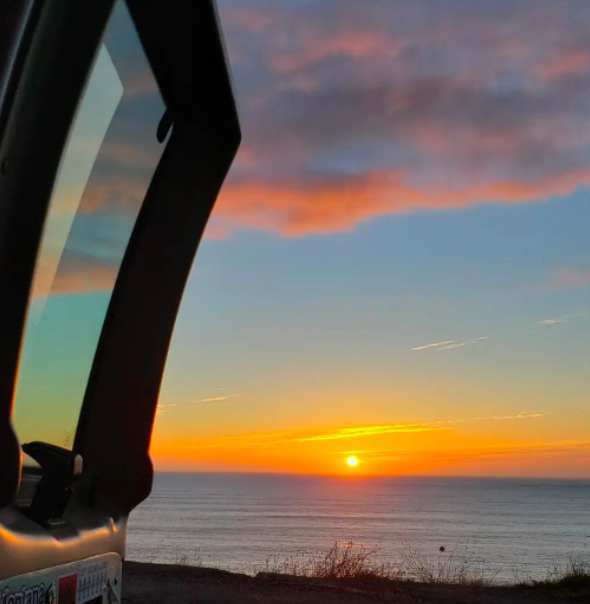
How do you think you have changed emotionally/socially during this experience? I would imagine that some days it feels isolating and some days it feels exciting and some days you meet tons of new people . . .
This experience has changed me in ways I never knew possible. I’m not sure where to start or how to communicate what all has transpired. Talking with another van dweller a few months ago, she referred to it as, “The Great Undoing.” That’s what it feels like, in the best way possible.
The beginning was the hardest part. I’d uprooted myself from a life in Austin I’d spent 17 years carefully curating. I’ve always been perfectly content in my own company. During COVID quarantine, had I been in a house, I would’ve been one of the people quite content with staying in and avoiding crowds. Solitude has never been an issue for me. However, removing myself from the day-to-day grind, routines, and expectations I had been so immersed in, I eventually found my way back to me – as cliche and corny as that may sound.
During the first few months, while I’d have brief encounters with people, COVID kept everyone at an arm’s length. I’d walk away from a conversation knowing intimate details about a person, but not know their name. Around three months in, I realized no one had spoken my name, including myself, which sounds odd, but by that point, it felt as if all labels had been stripped from me. I wasn’t painting, so I didn’t consider myself an Artist. I didn’t have a job, so I couldn’t define myself by a position or title. I remember a friend sending a text that said, “You could be anyone you want to be!” to which I thought, why not be myself, for once?
That’s probably the starting point of “The Great Undoing.” Like pulling at a thread on a sweater, I began to tug at deep-rooted fears, insecurities, painful memories, and emotions. Believing I knew the source of origin, more often than not, the more I poked and prodded, the deeper it went. There were a lot of ugly cries to be cried, but all immensely cathartic. During long drives, I’d investigate personal storylines instead of being distracted by the radio. Think about all the things I believed to be true about who I was. It’s amazing when you begin to drill down and investigate what feels like core beliefs about yourself, both positive and negative, when you realize the seed was planted by a passing comment in the second grade or a painful experience your childhood self didn’t know how to process. Stories so intrinsically tied into who I believed myself to be, and how I believed I was “supposed” to behave.
One by one I stripped off masks I had created throughout life to fit in. Identities I thought I needed to possess to exist within a certain group, move into a specific job, or be “successful” in life. I’m not talking about multiple personalities in a schizophrenic sense, but the masks we all wear when we’re out in public. In my case, I’d created so many false layers, I’d lost sight of myself. I think that happens to a lot of people, but we rarely have the opportunity to step aside, take a deep breath, and remember who we are. That, and it’s extraordinarily terrifying to look at yourself under a microscope.
Through all this stripping down, digging deep, nudging old buried memories from the dark corners of my psyche, and finally setting them free, I can honestly say I feel much more confident in myself. Free to be who I am, unabashedly me, in all my weird glory. Sure, I’ve still got insecurities, who doesn’t, but now I’m aware enough to recognize knee-jerk childhood responses to situations. I can slow down, step back, have the emotional intelligence to look at it from a broader perspective, and hopefully handle it with more grace.
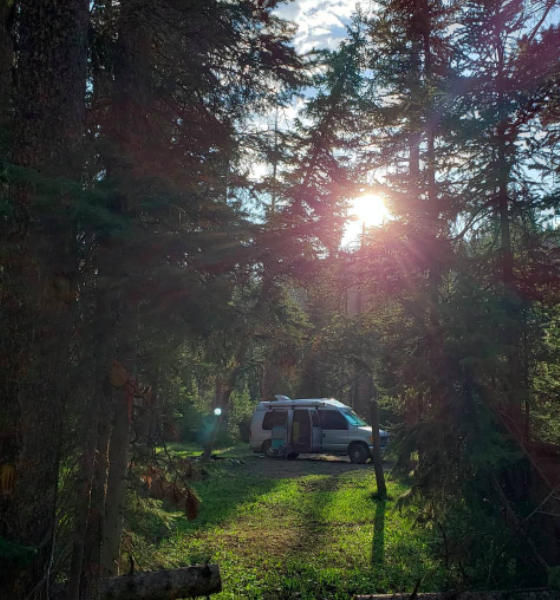
People often ask if I get lonely traveling alone. Of course I have lonely moments, but not in a sad and depressing sort of way. Loneliness is a natural emotion we all feel. I felt lonely when I lived in a nice house in Austin, surrounded by great friends, neighbors, and work colleagues. I don’t stay in the emotion and wallow in a pit of despair. I feel it, acknowledge it, and then let it go. A long walk provides the perfect remedy to remind me I’m not alone, and I’m grateful to have a strong network of friends and family to whom I can reach out if I need support.
As for meeting people, that’s not a constant occurrence. I have a lot of brief interactions. Short, ten-minute conversations at a dog park, campsite, grocery store, etc. In that short span of time, I learn a lot about the other person, seldom know their name, and always know their dog’s name. It’s rare to meet someone and have a real, in-depth conversation that leads to a lasting connection. I’ve been lucky to meet other van dwellers with whom I stay connected via various social media outlets. I recently met a fellow female van dweller who called them, “rubberband friends.” People you meet on the road, spend a few days with, connect, then part ways. Eventually, your paths are pulled together again, so it’s never truly goodbye, which is a nice thought.
While I enjoy meeting people and spending time with other campers, I’m an extroverted introvert. I need time alone to recharge. After a few nights of sharing camp with others, I need to retreat to the wilderness and be silent for a spell. Same for when I go into a town. Having been removed from the hustle and bustle of city life, dipping back into it can be a bit overwhelming to the senses.
The biggest lesson I’ve learned has been to let go, and that’s an almost daily lesson. Knowing that loosening my grasp of control allows space for unimaginable opportunities to flow in. Opportunities far greater than I could have ever anticipated. Let go of expectations and trust that everything and everyone who is meant for my life will enter it at the right time and right way. It’s such a relief to let go of the attempt to control or spend my energy wondering if I should’ve done something differently. Instead, I trust everything will unfold exactly as it’s meant to.
I could probably write a book about all the ways my life has changed over the past two years, and who knows, maybe I will.
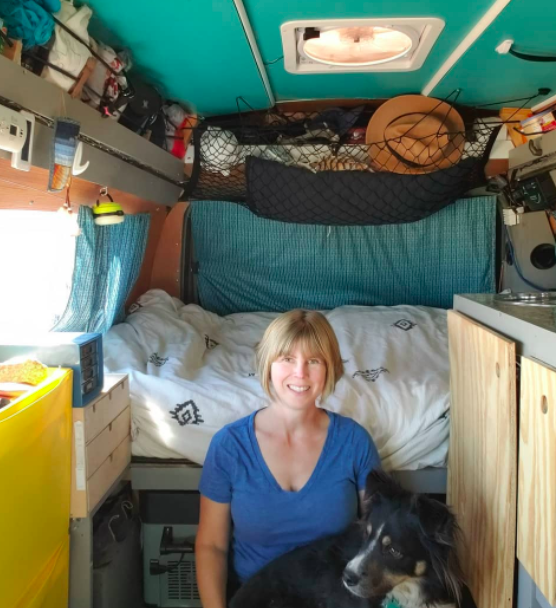
This is the first long-form post on my new website: www.cakecrush.com. My old blog cataloging my travels in Asia for the past 10 years can be found here. Thank you for visiting! More posts coming soon!
